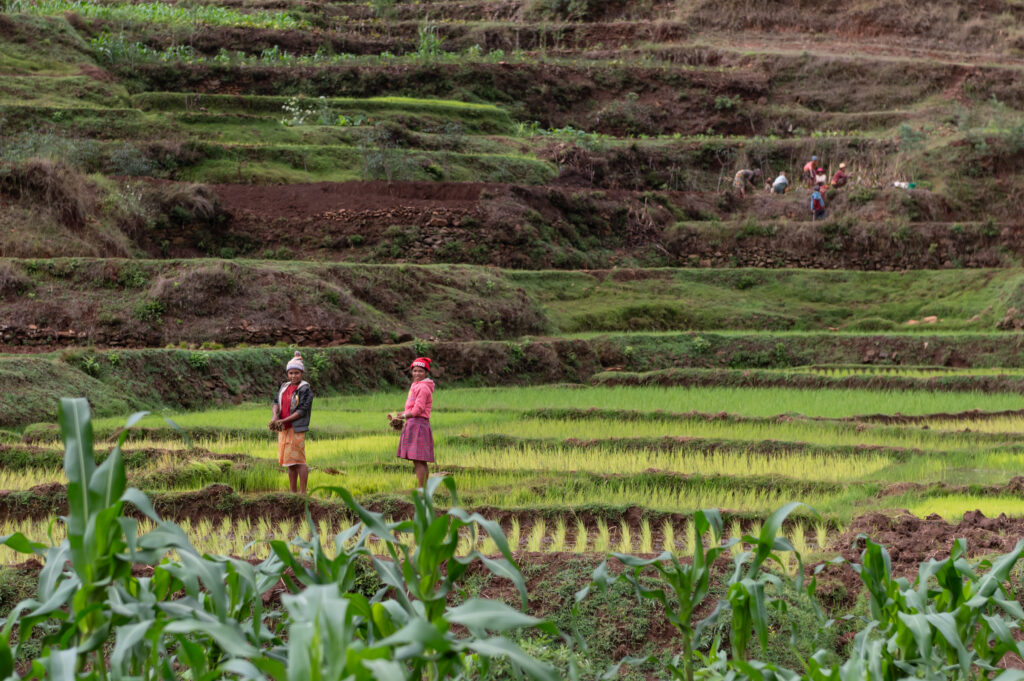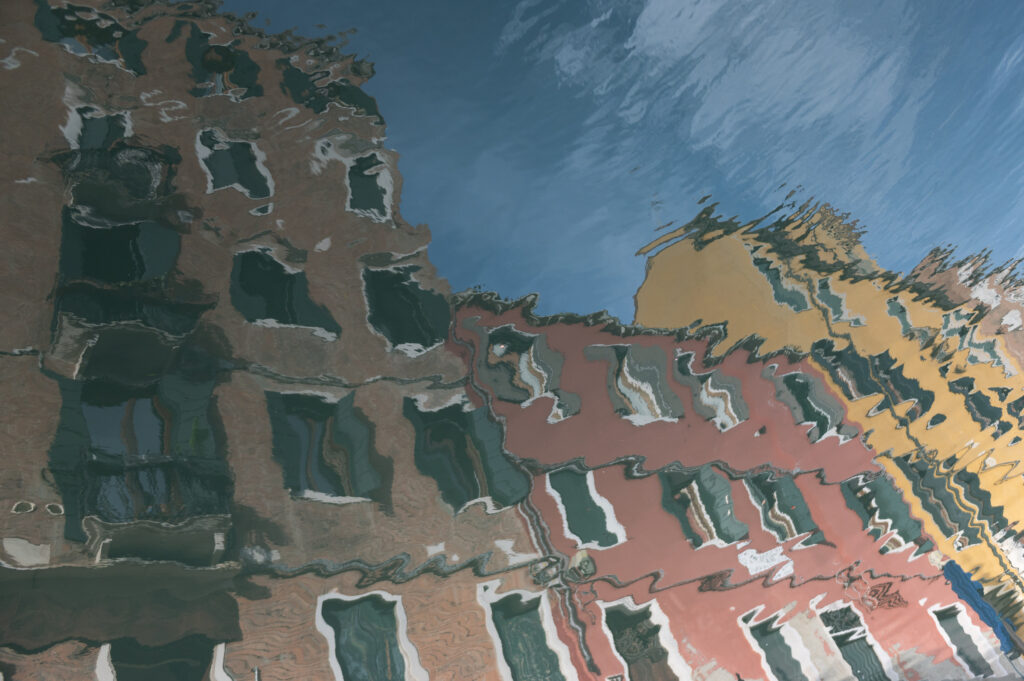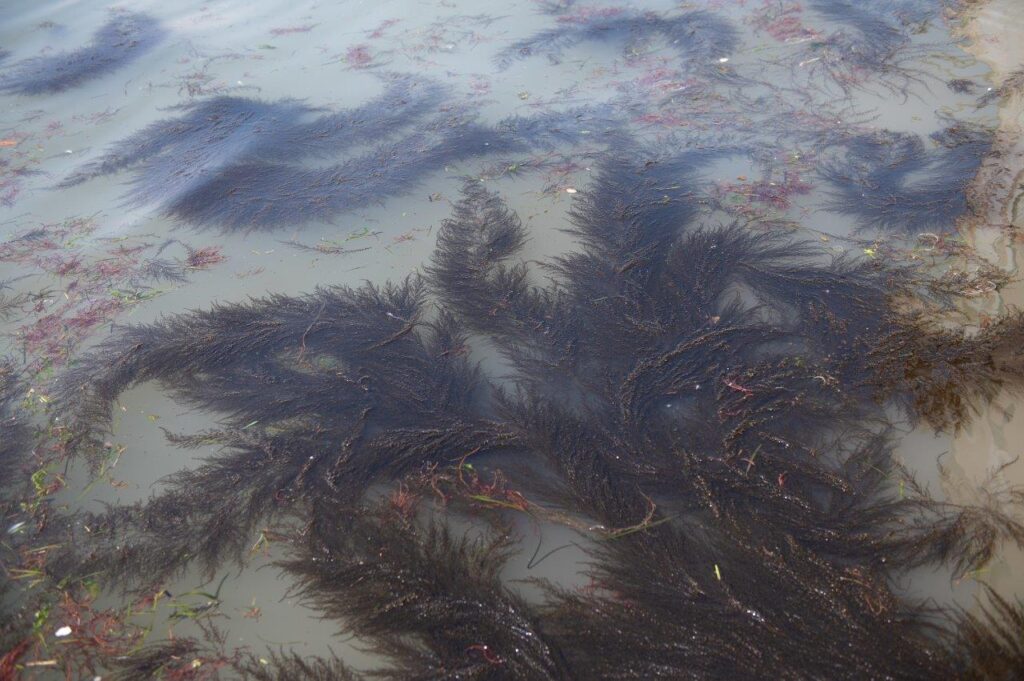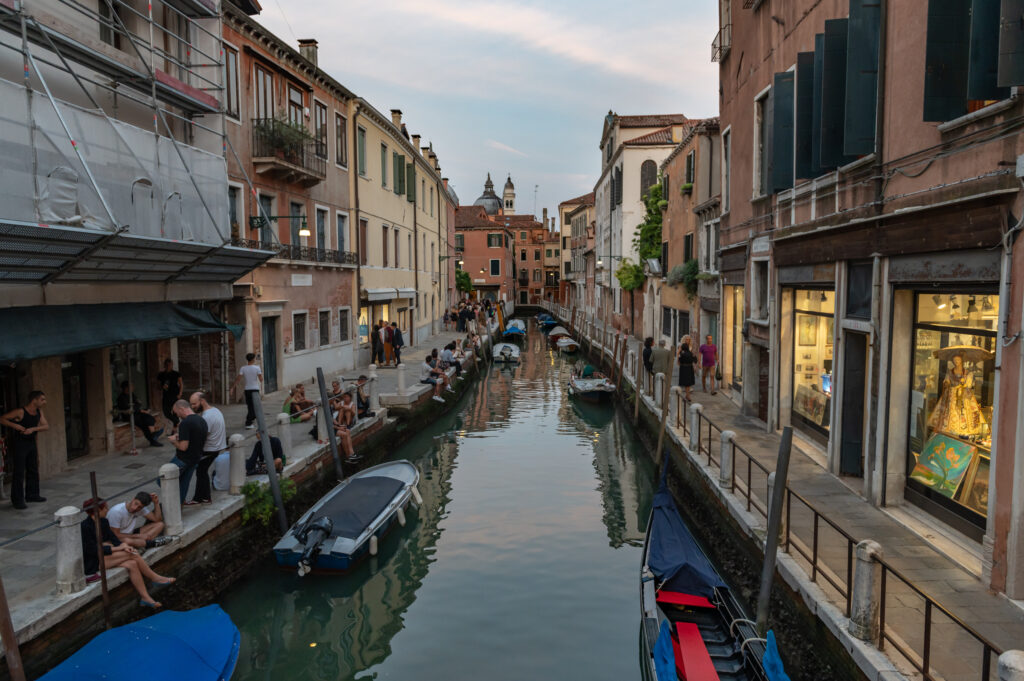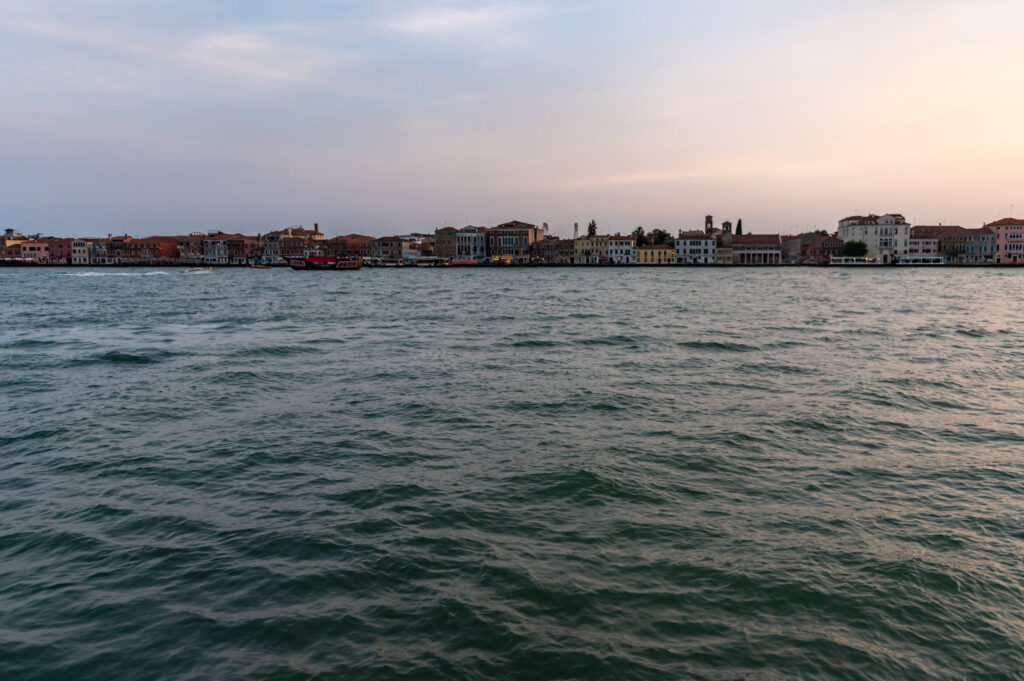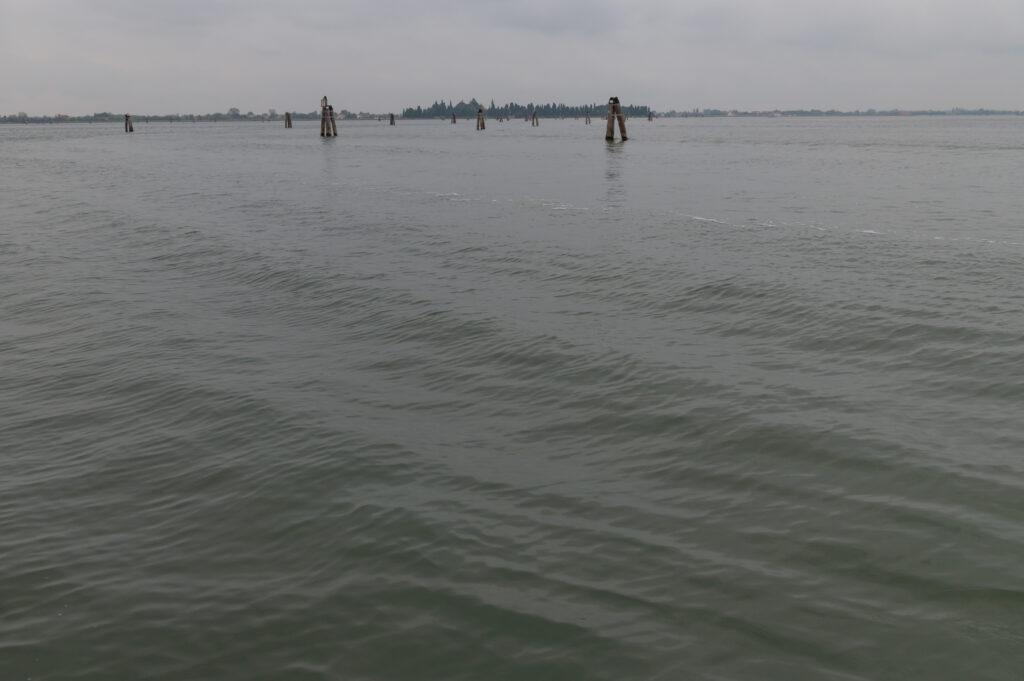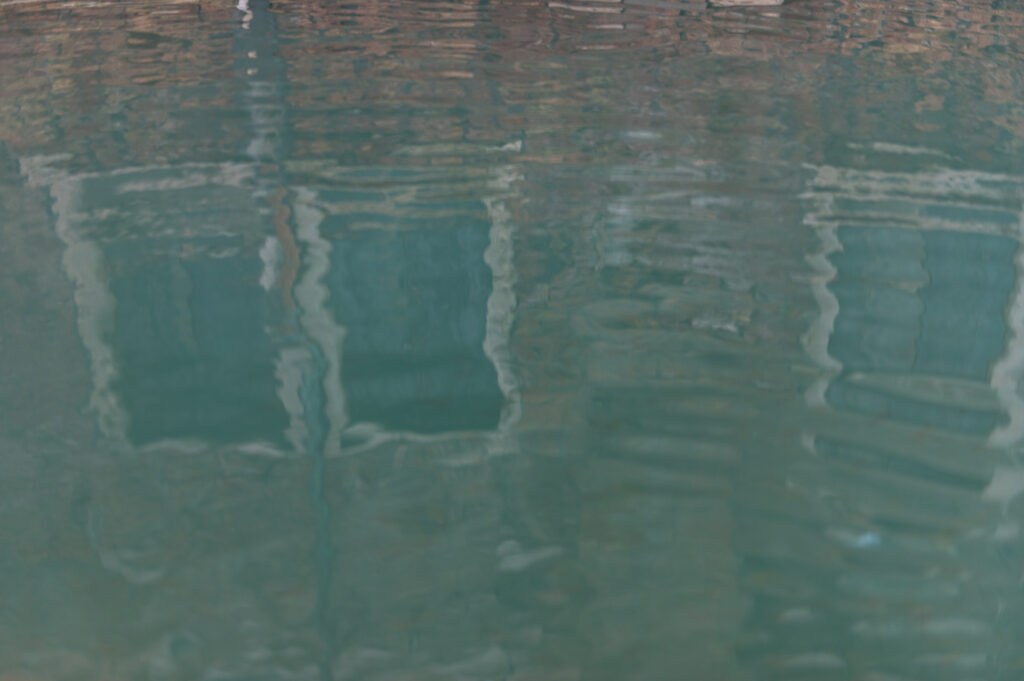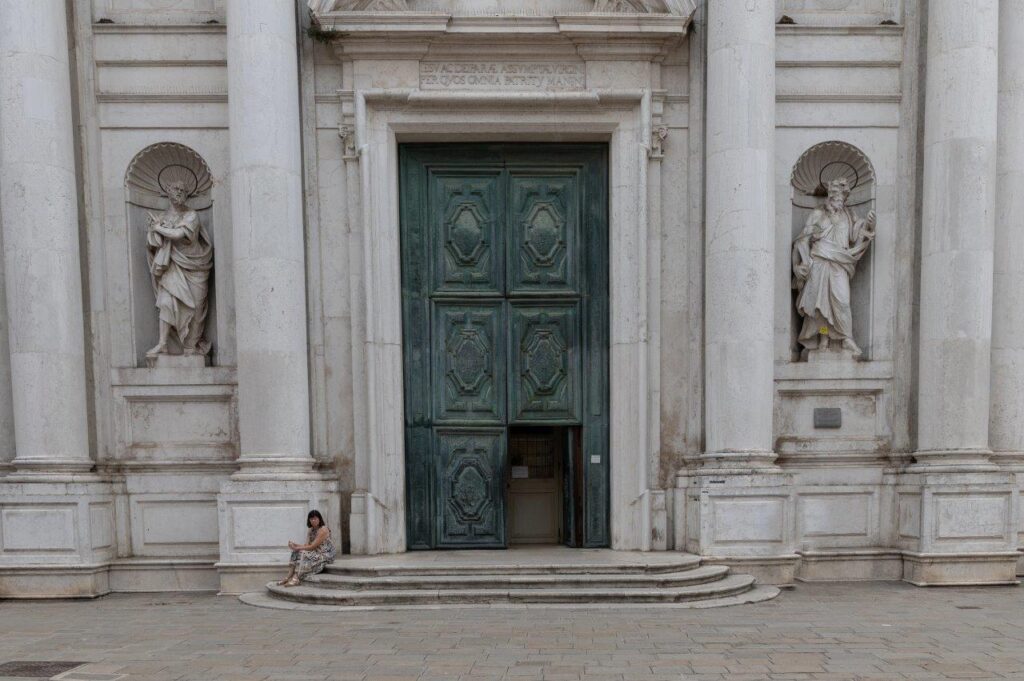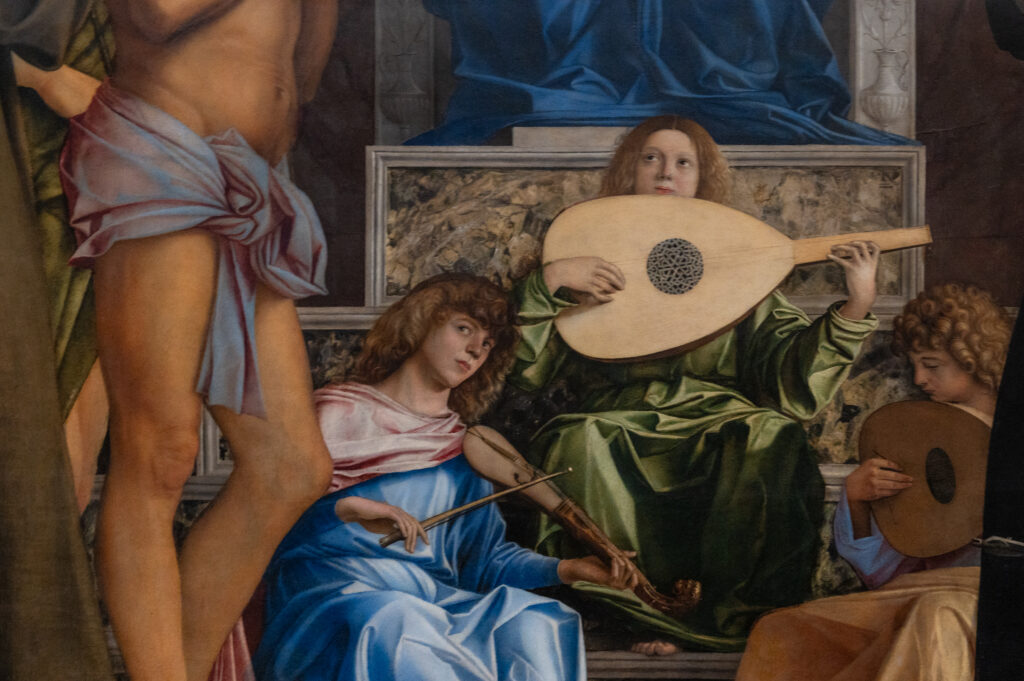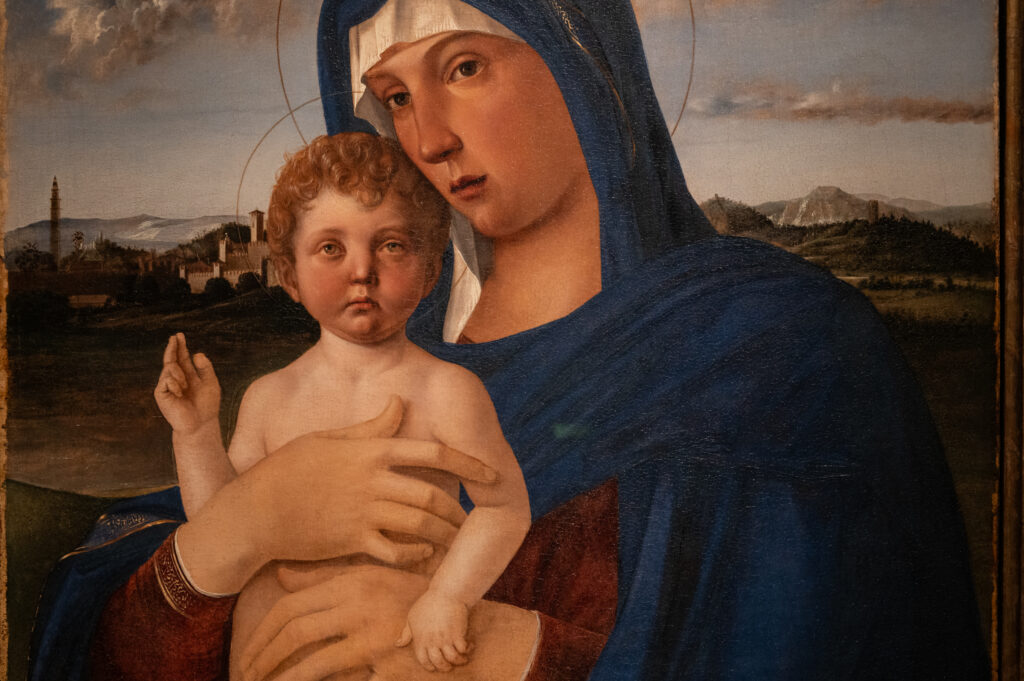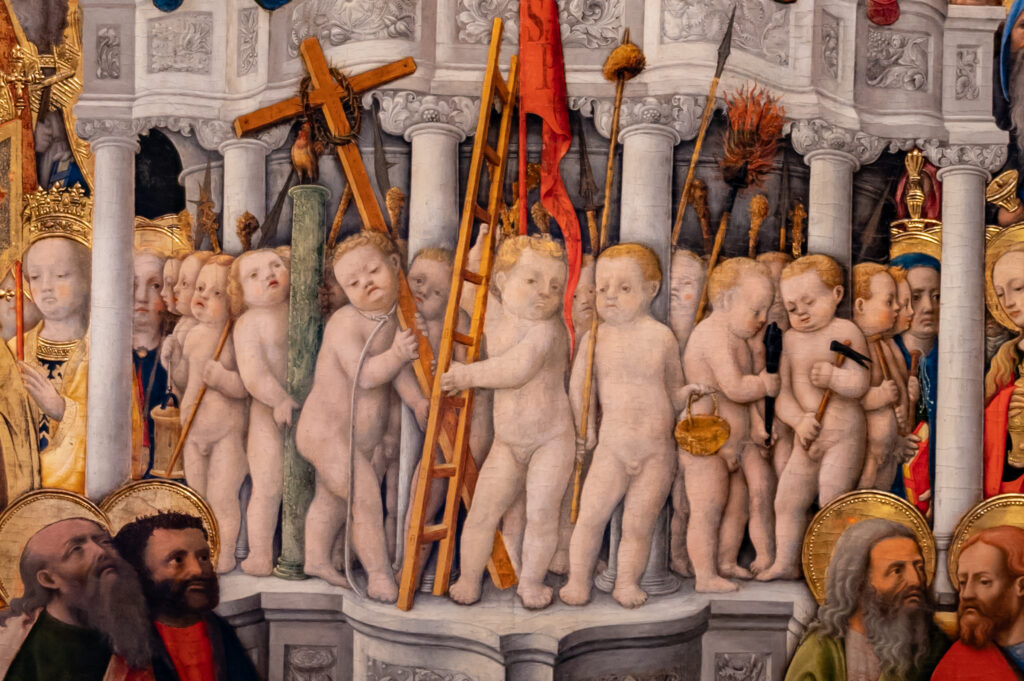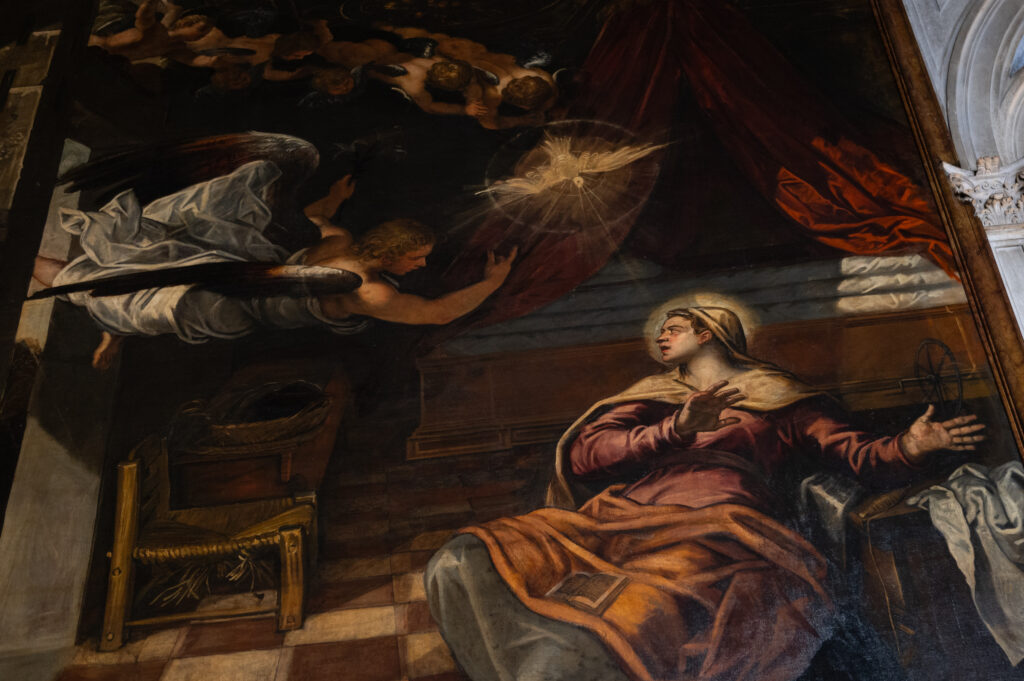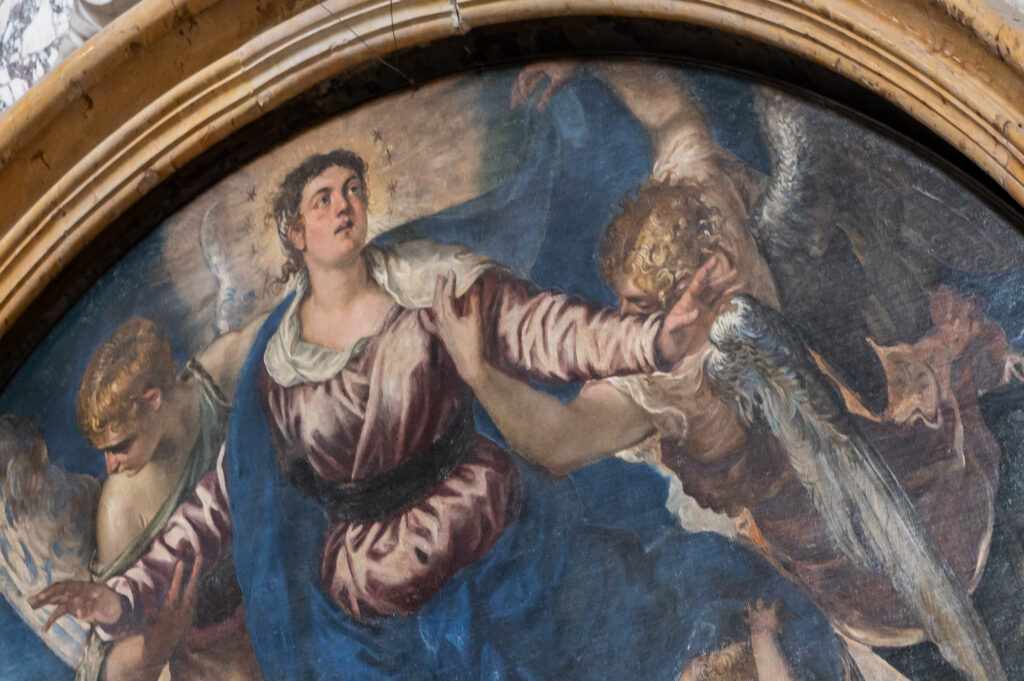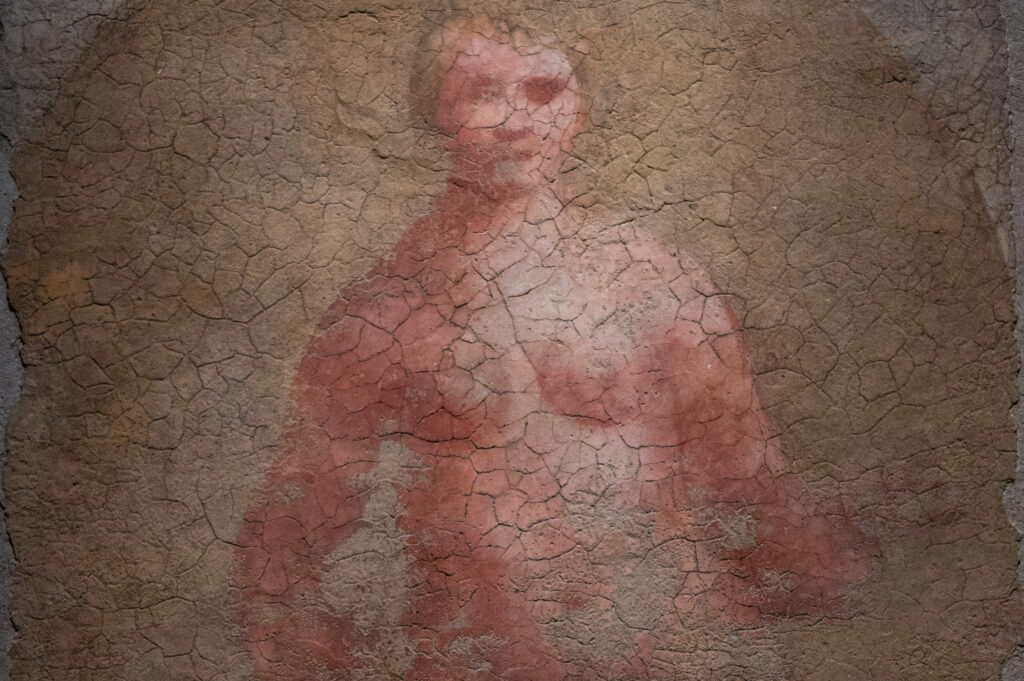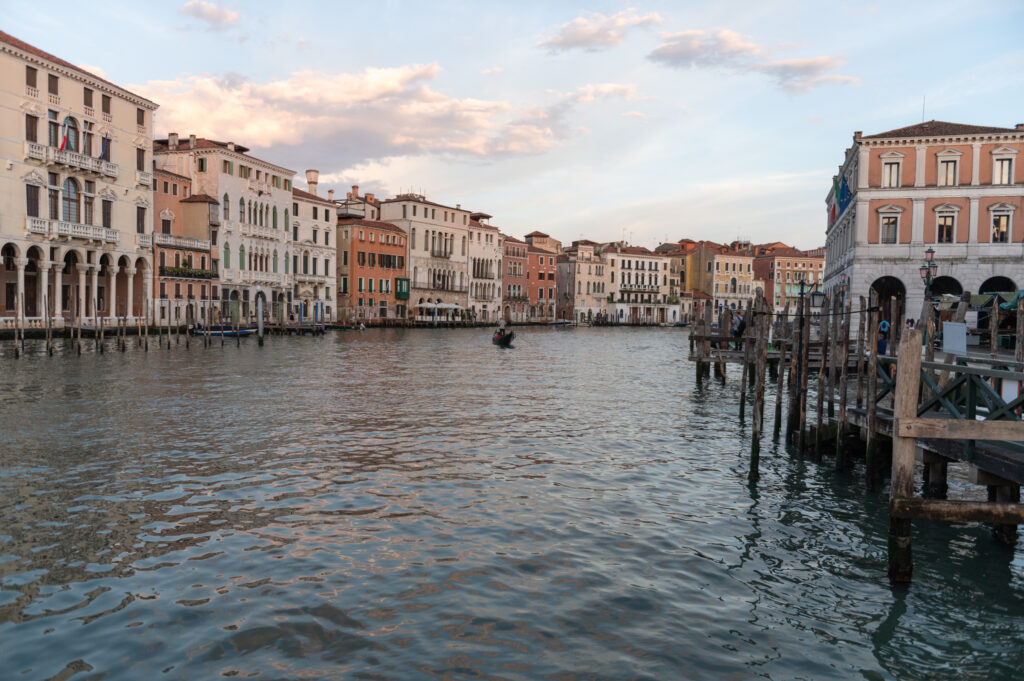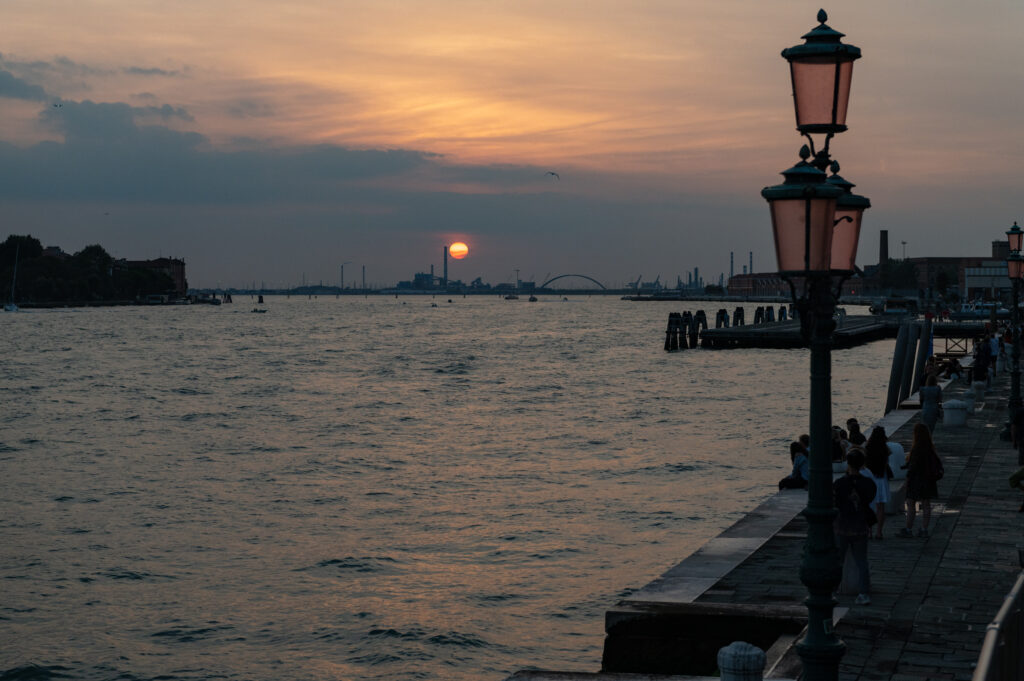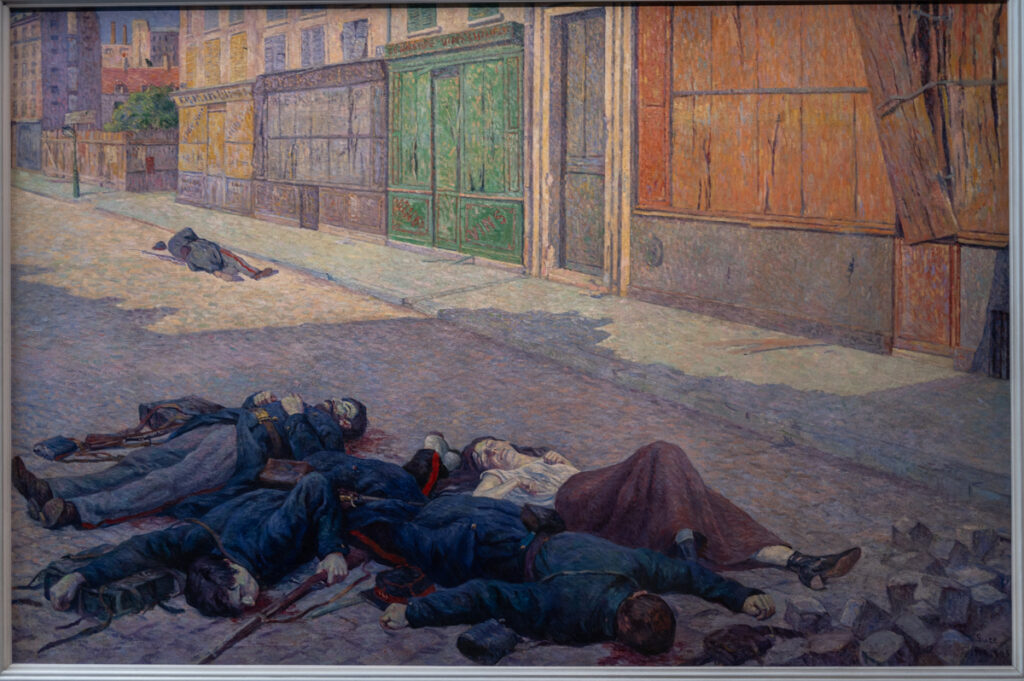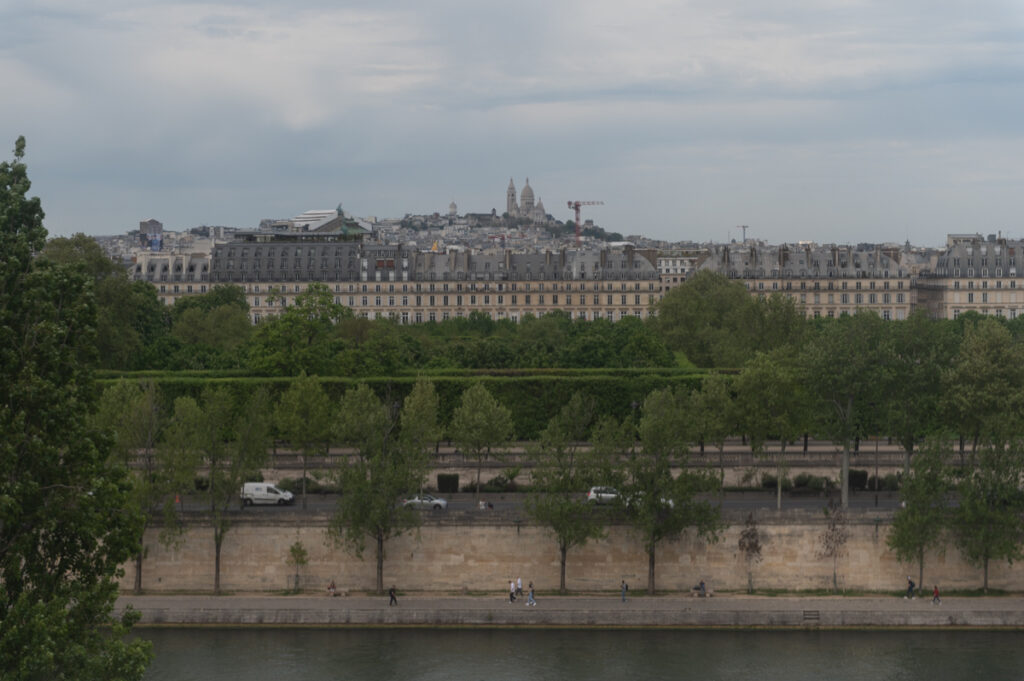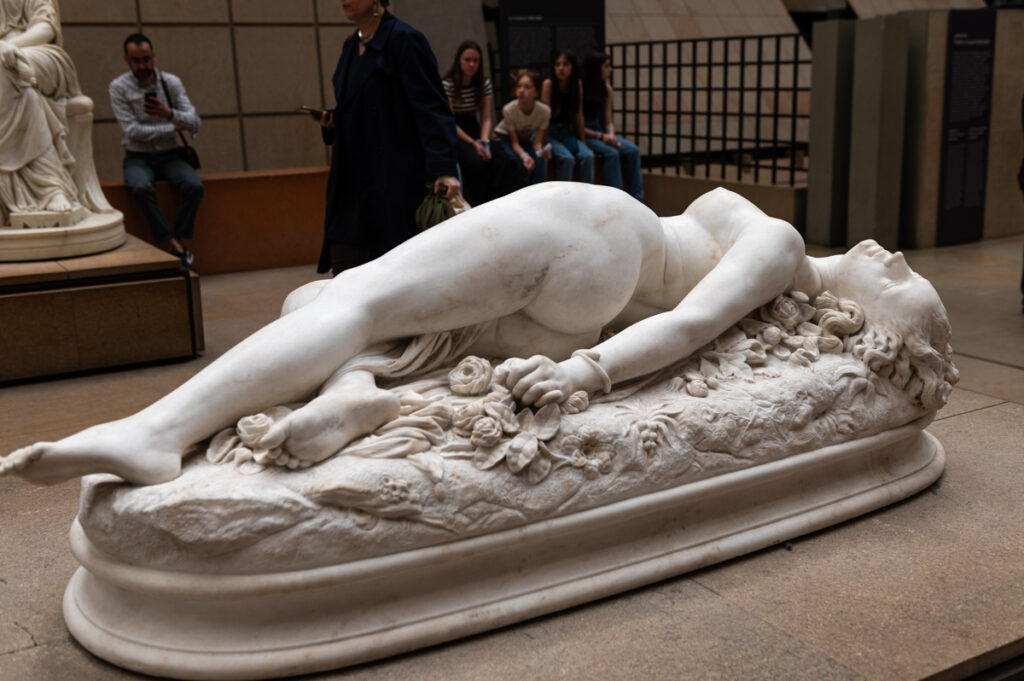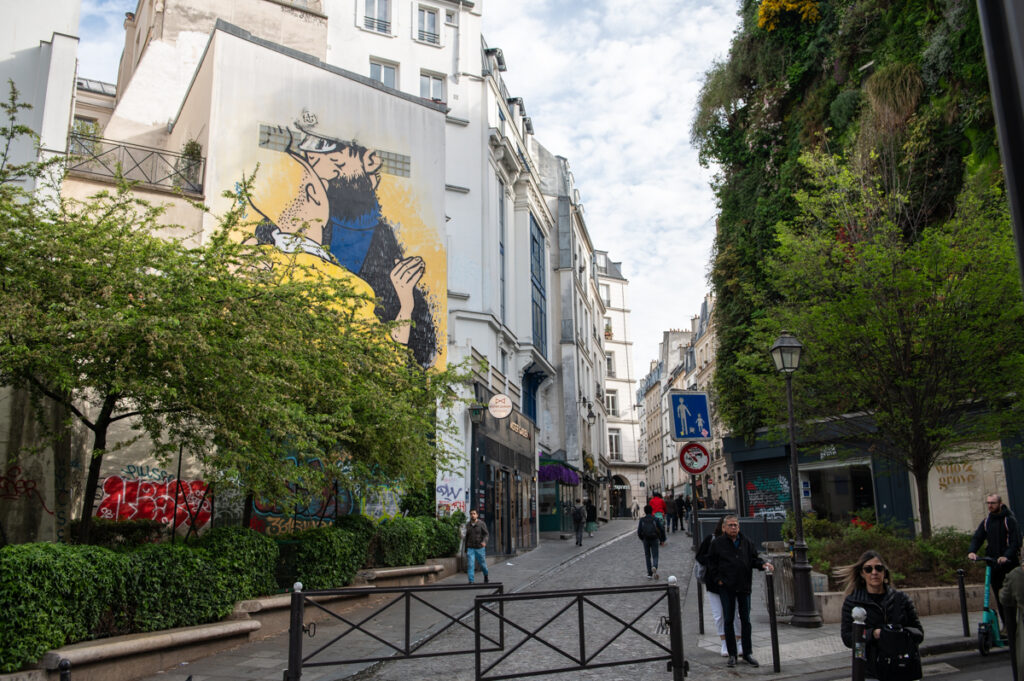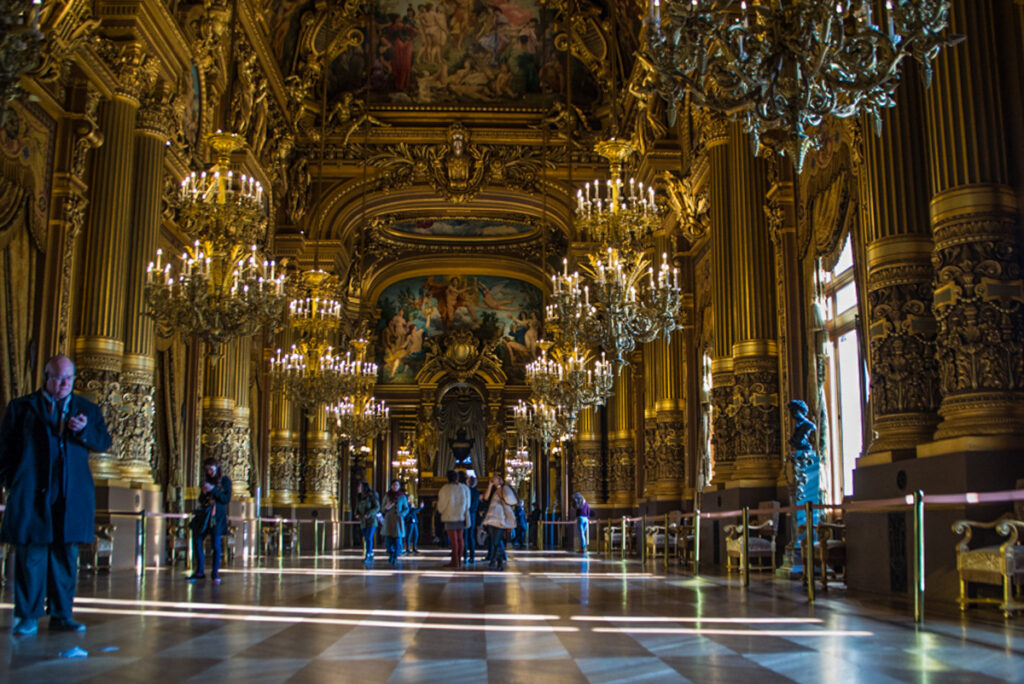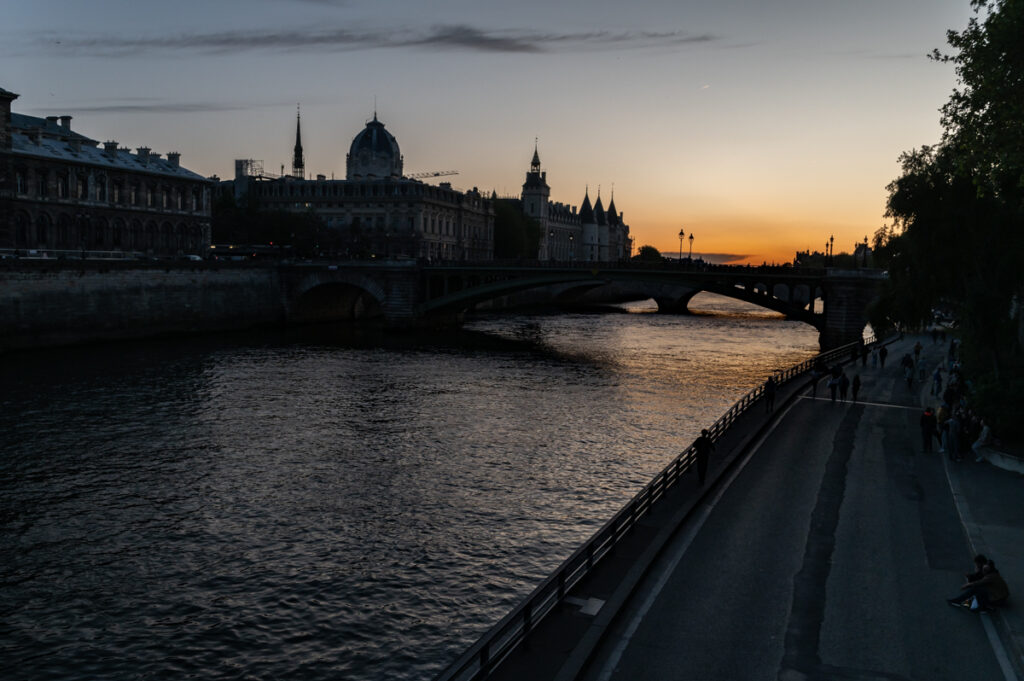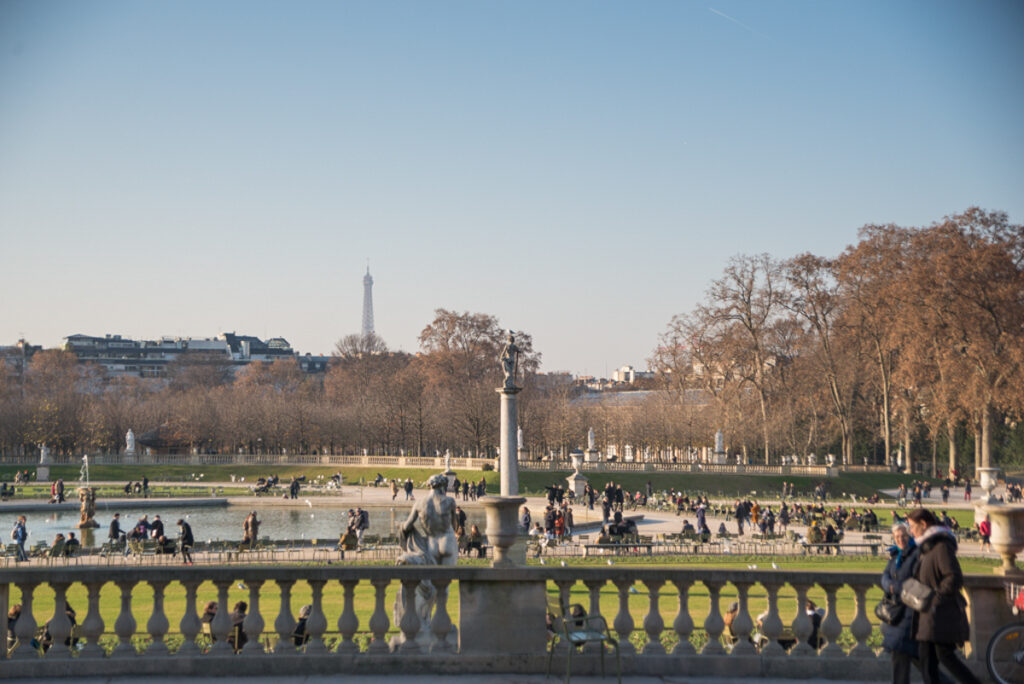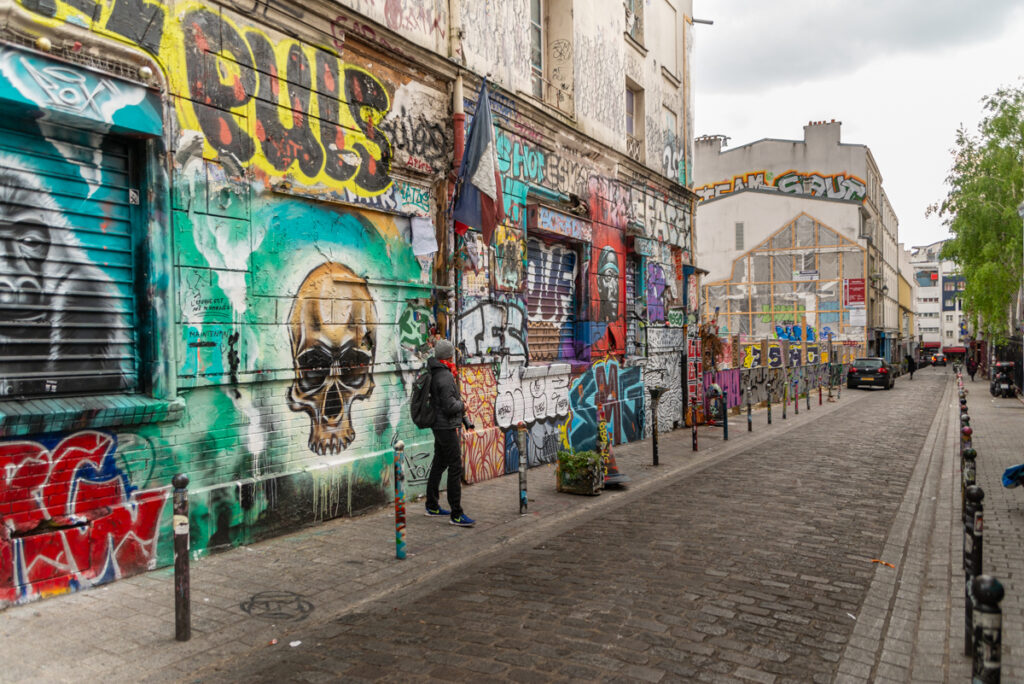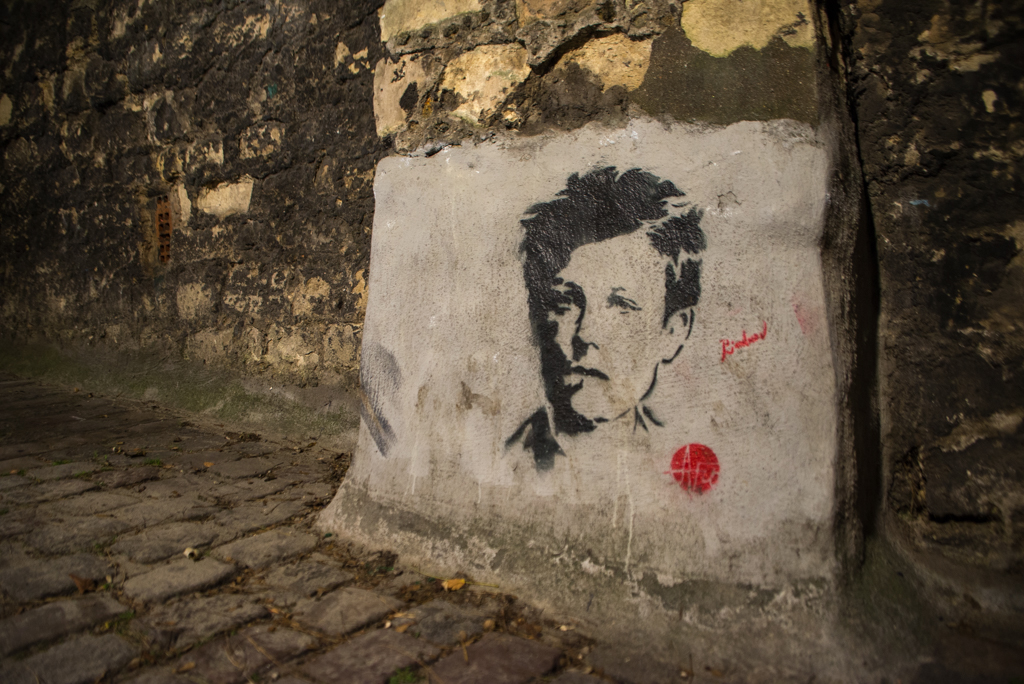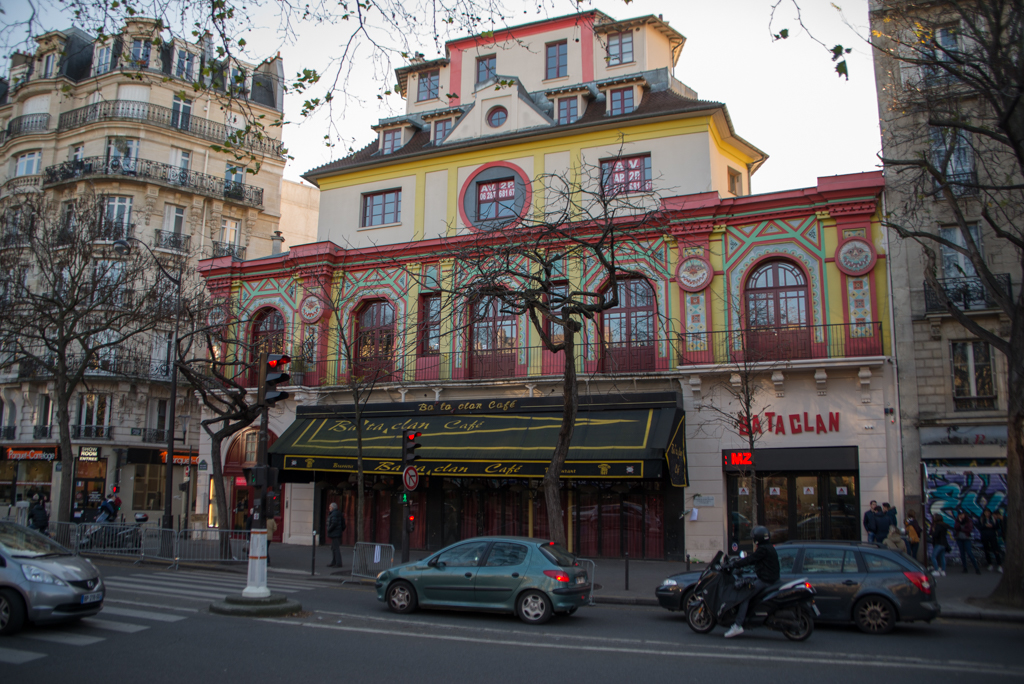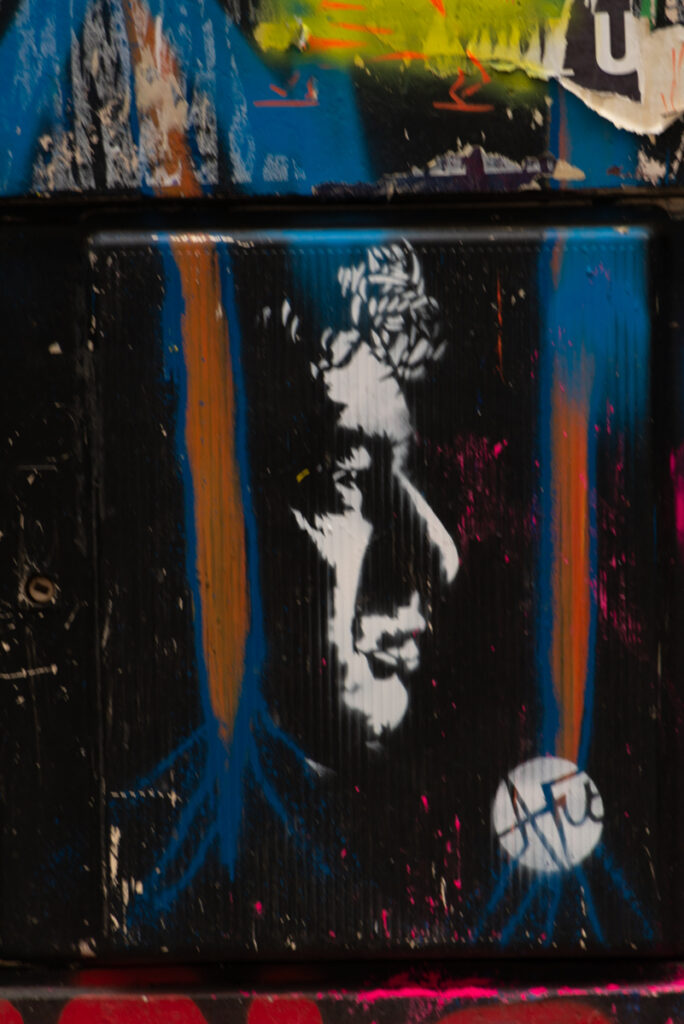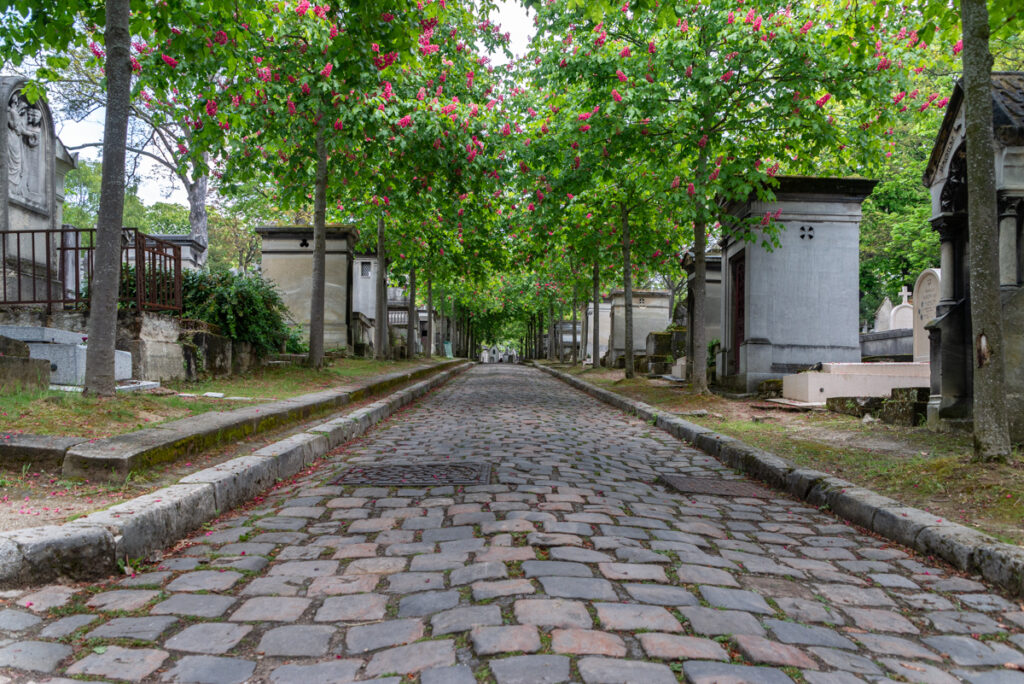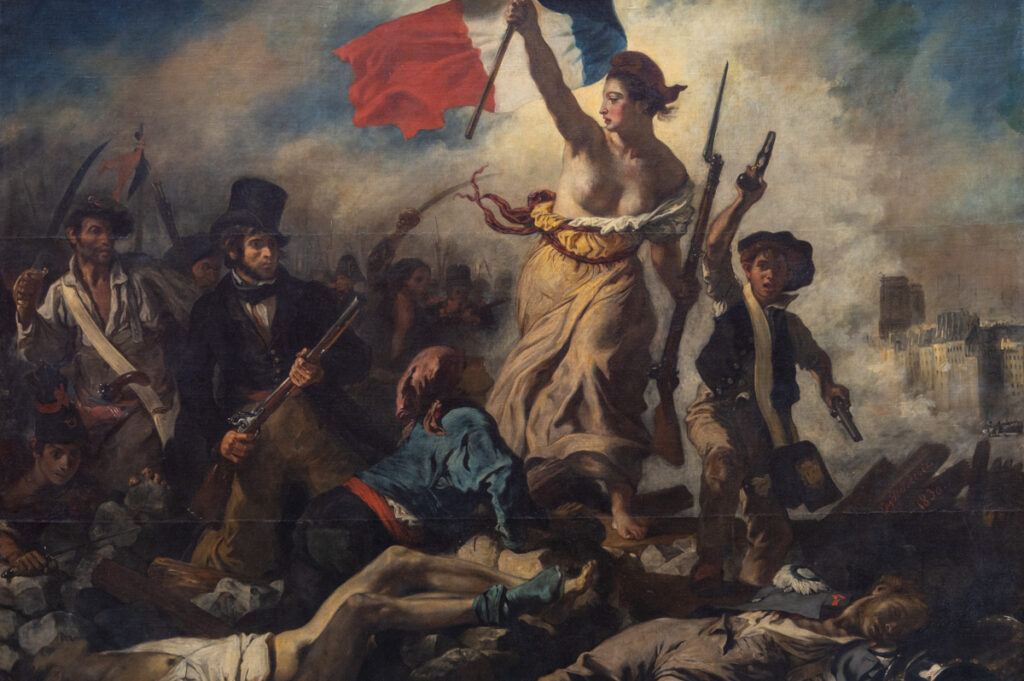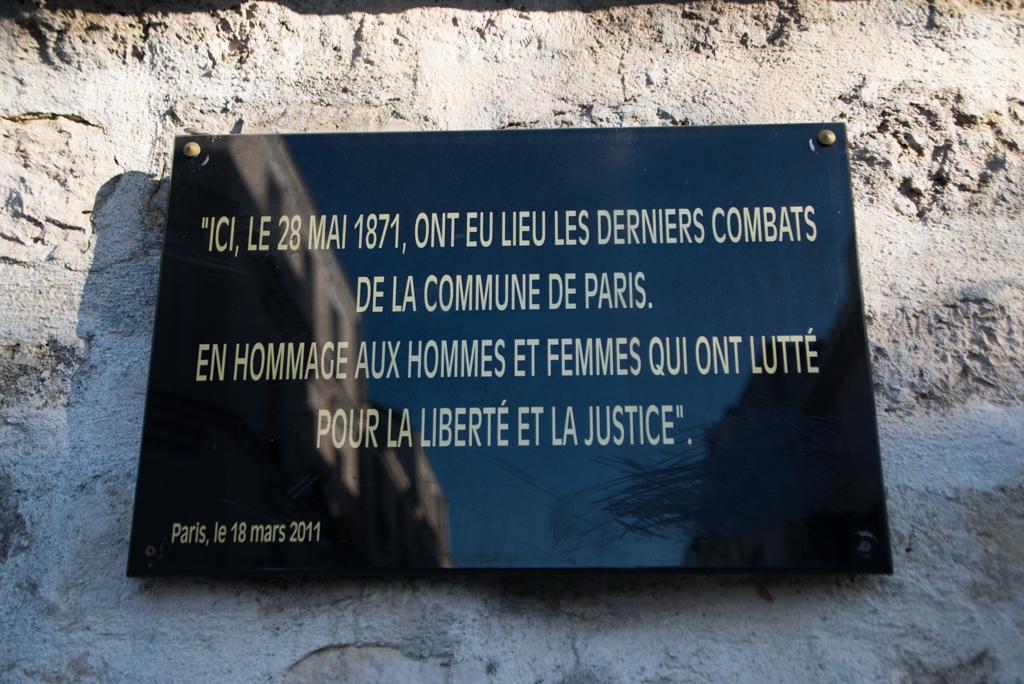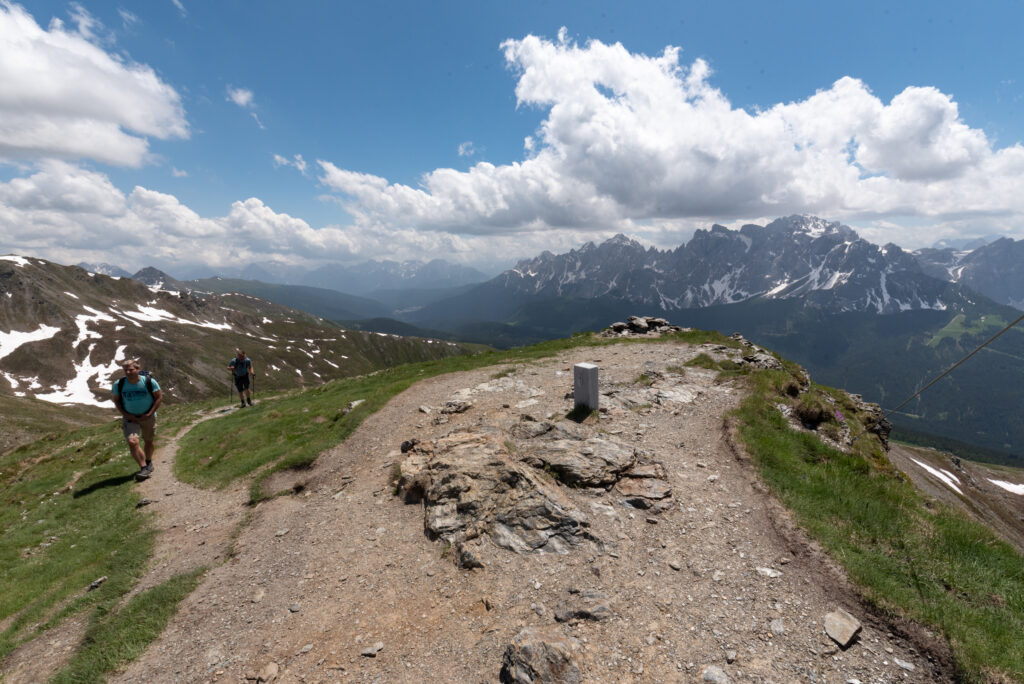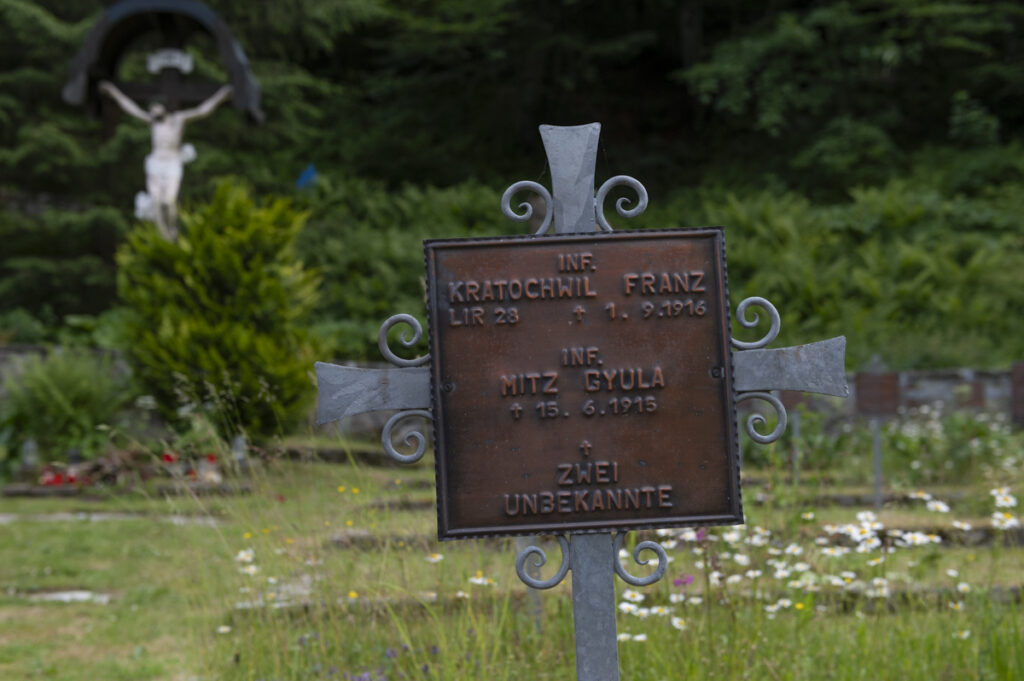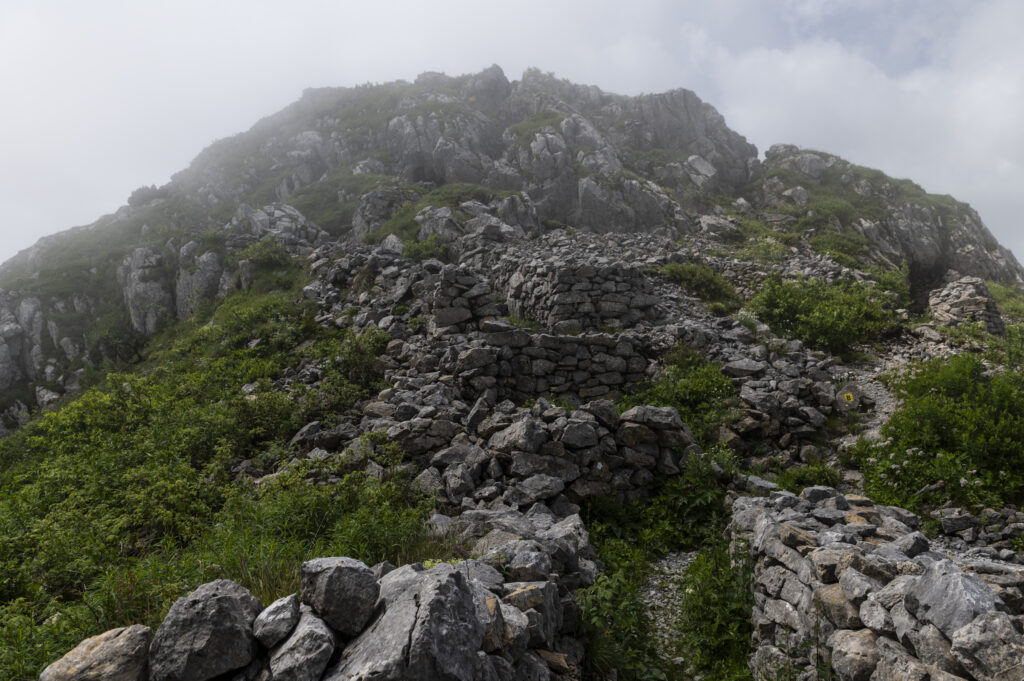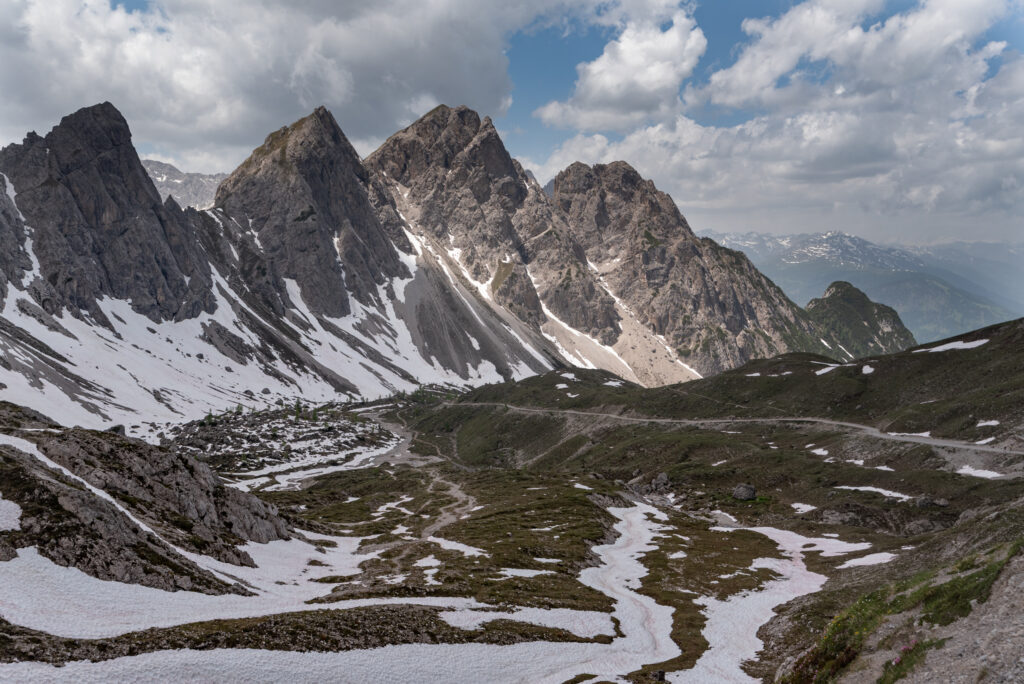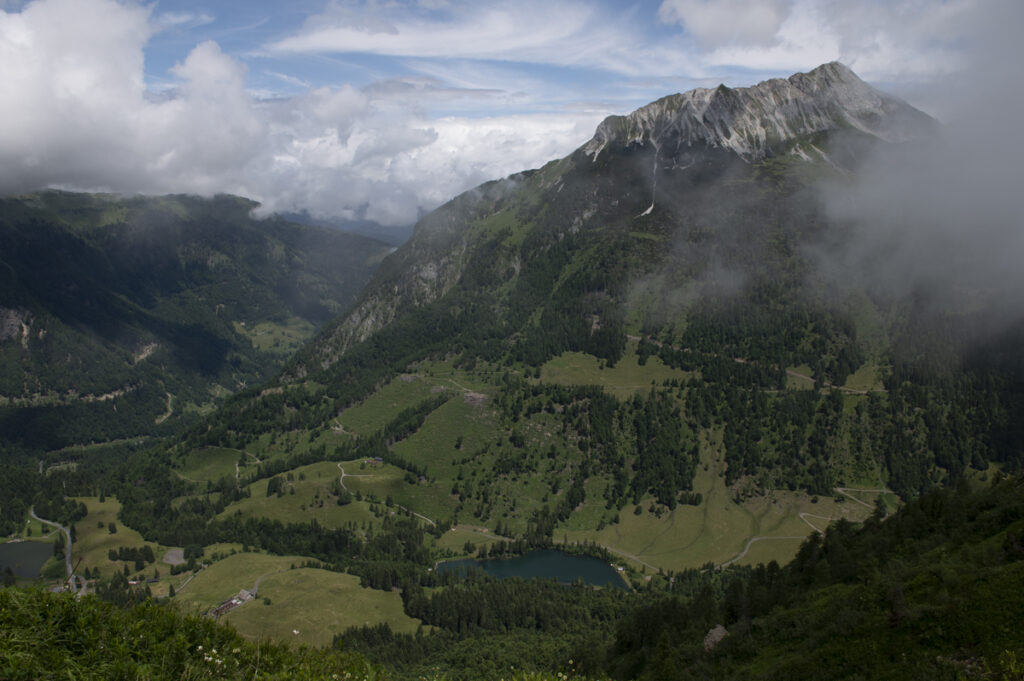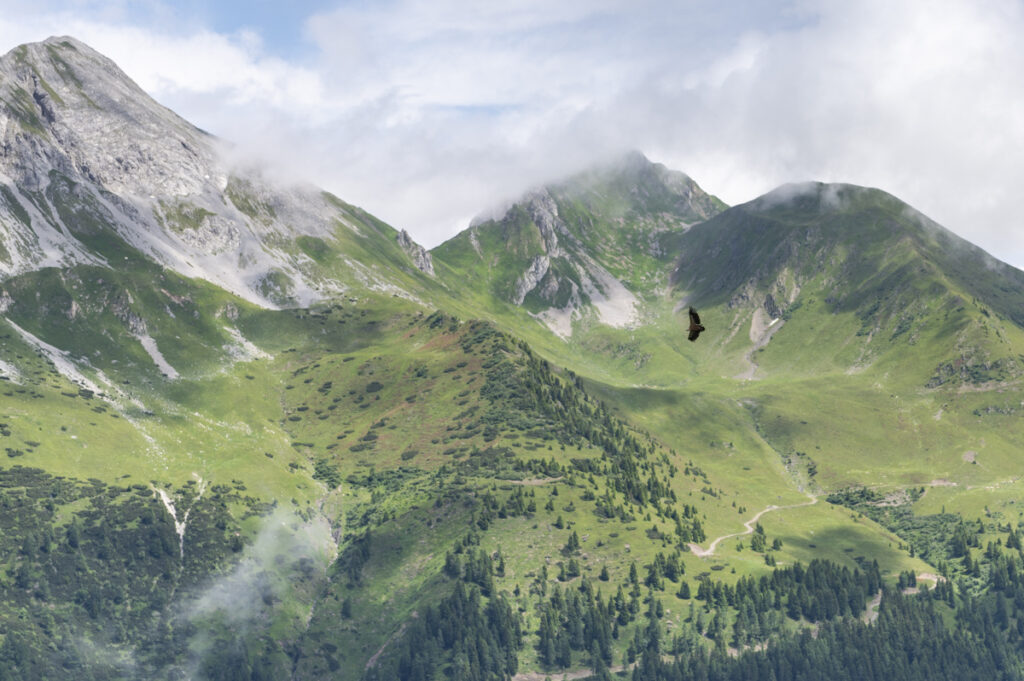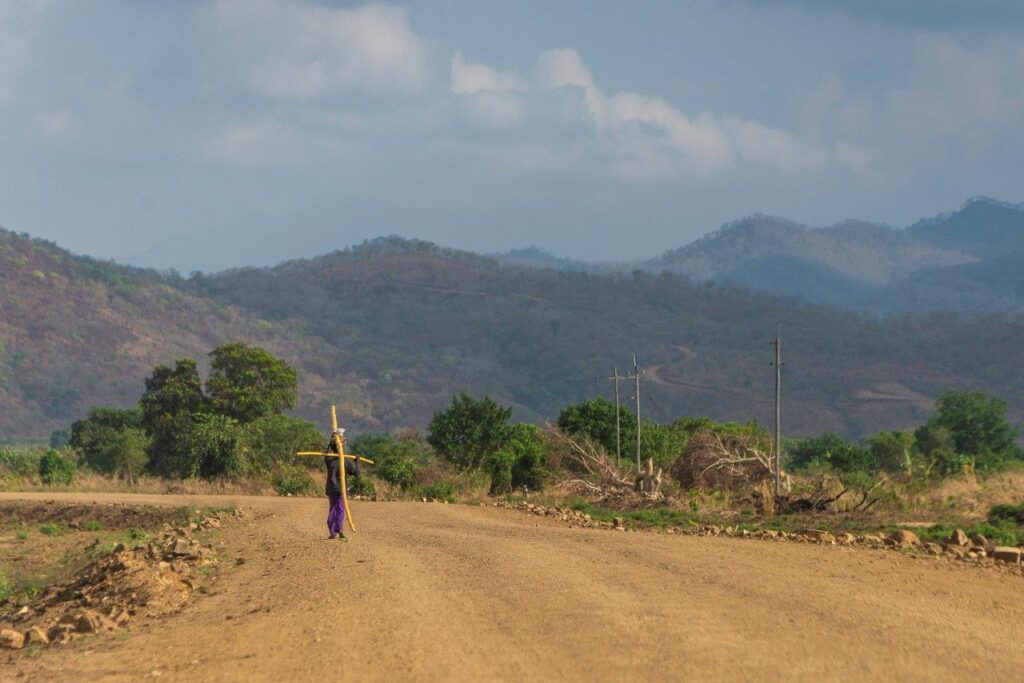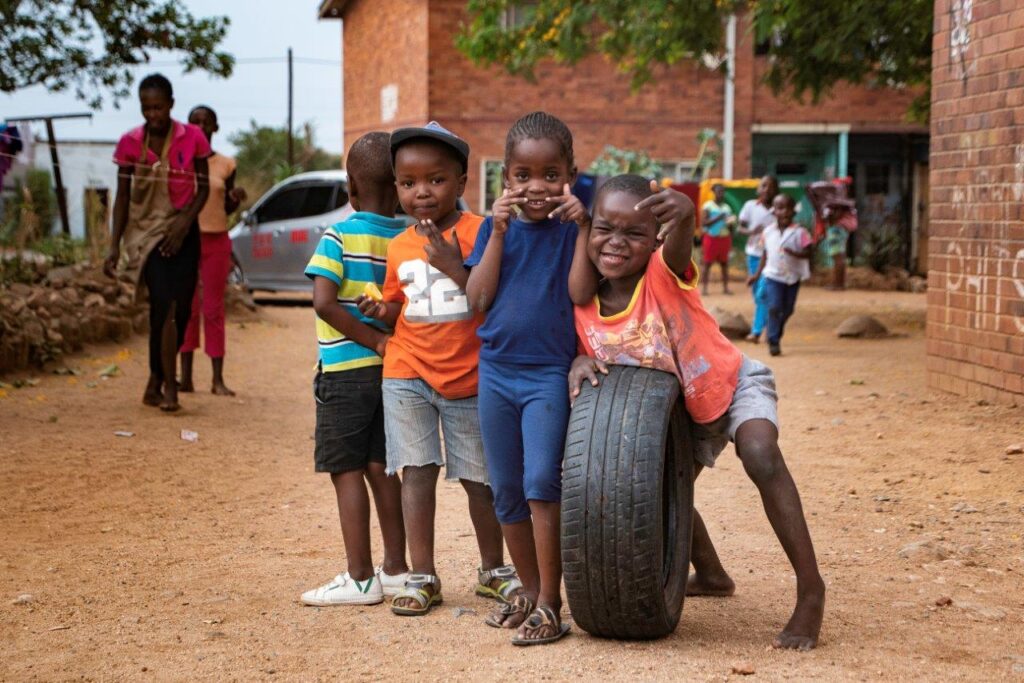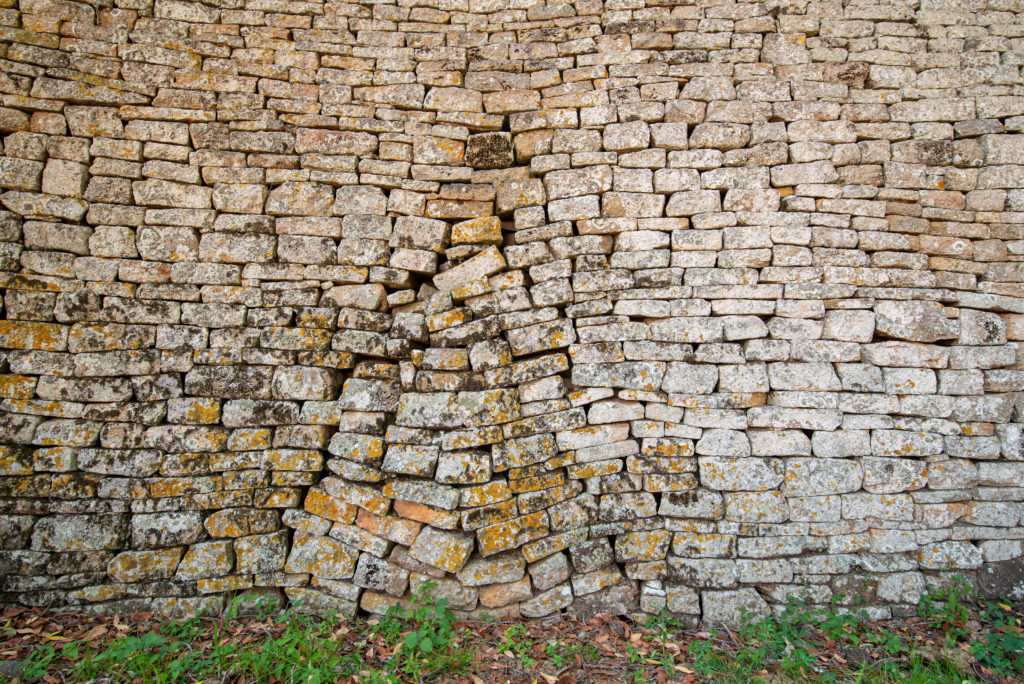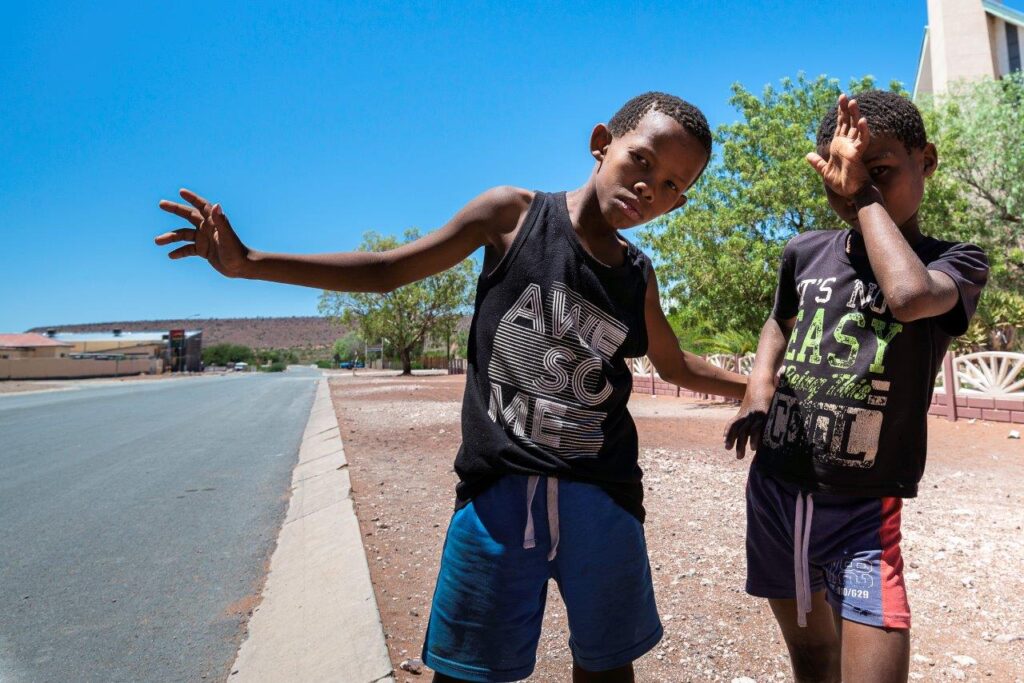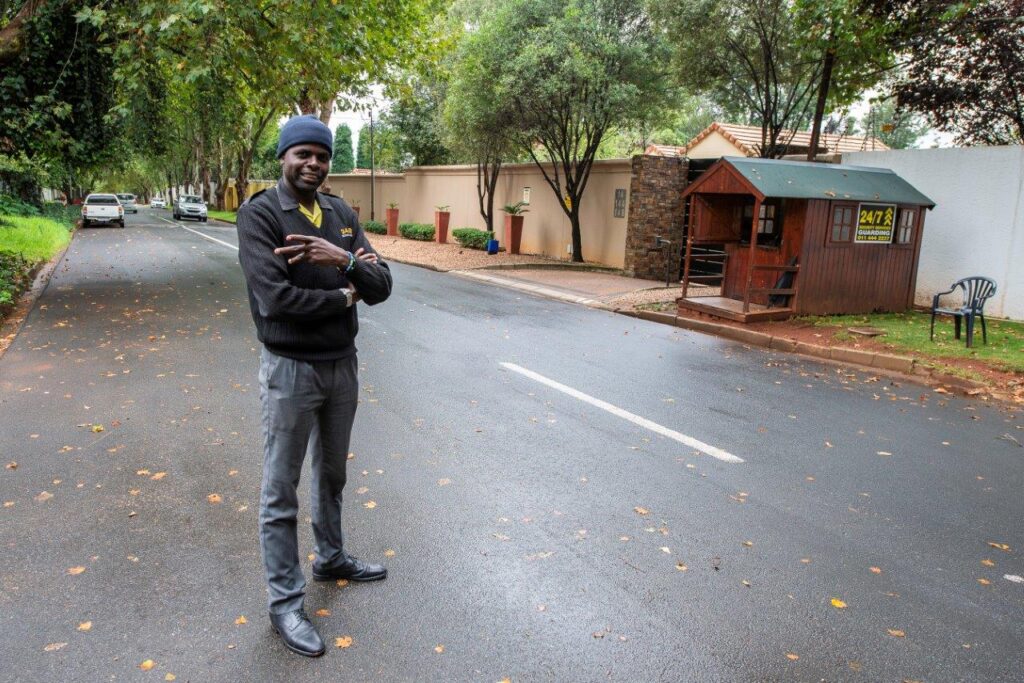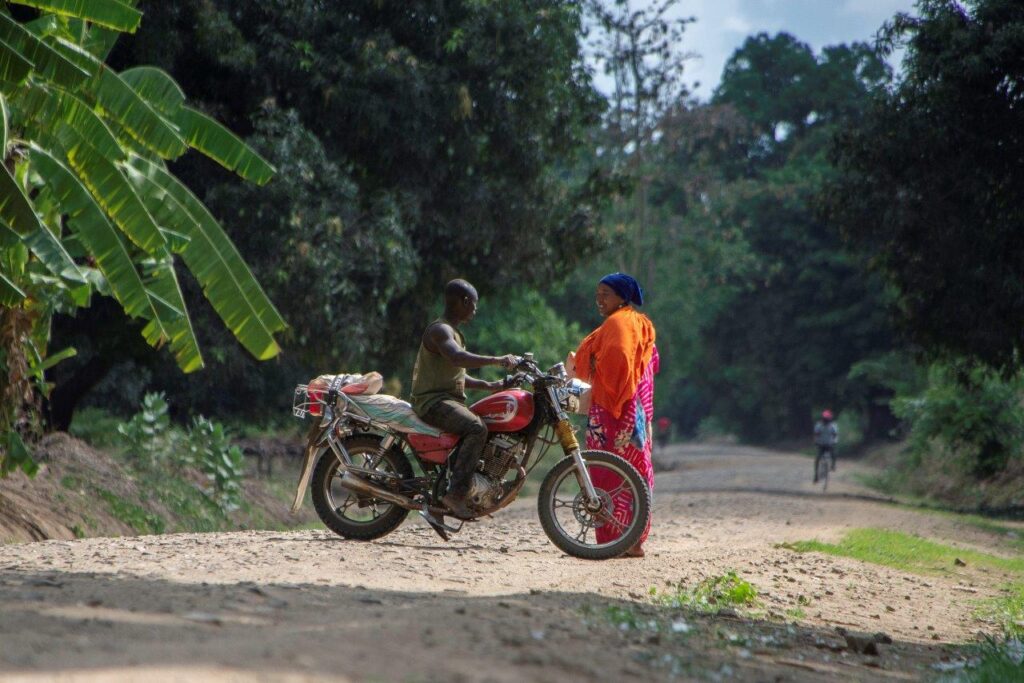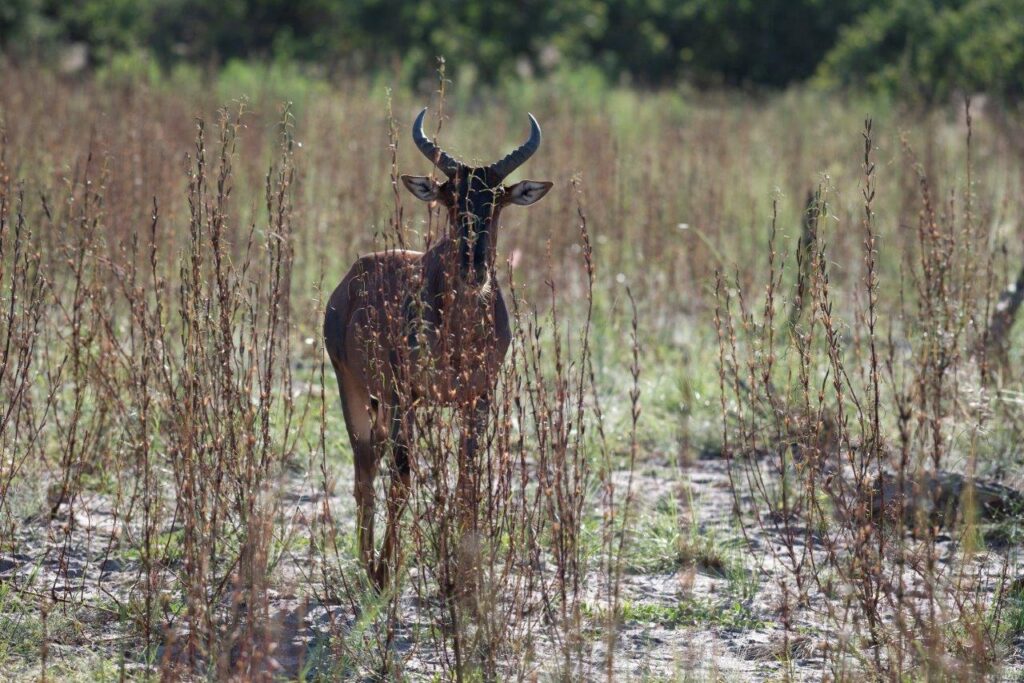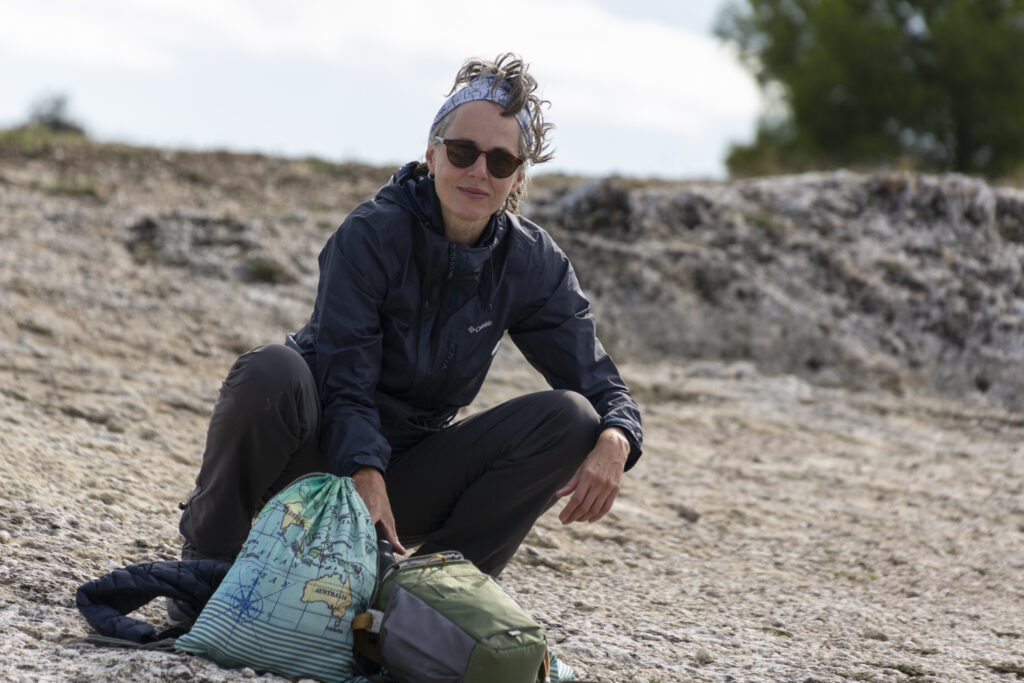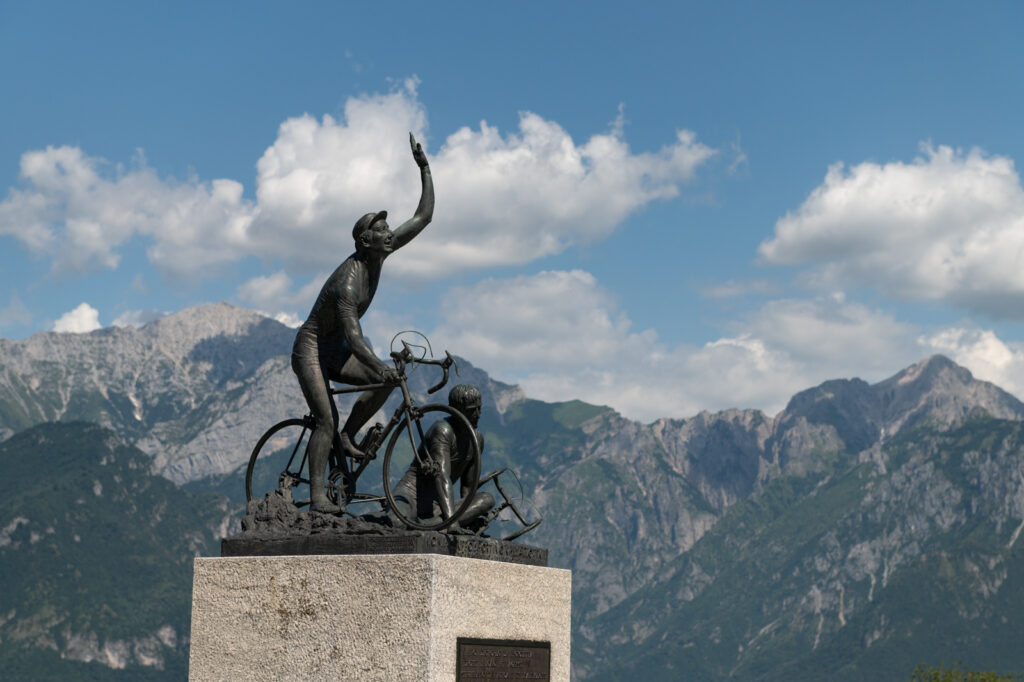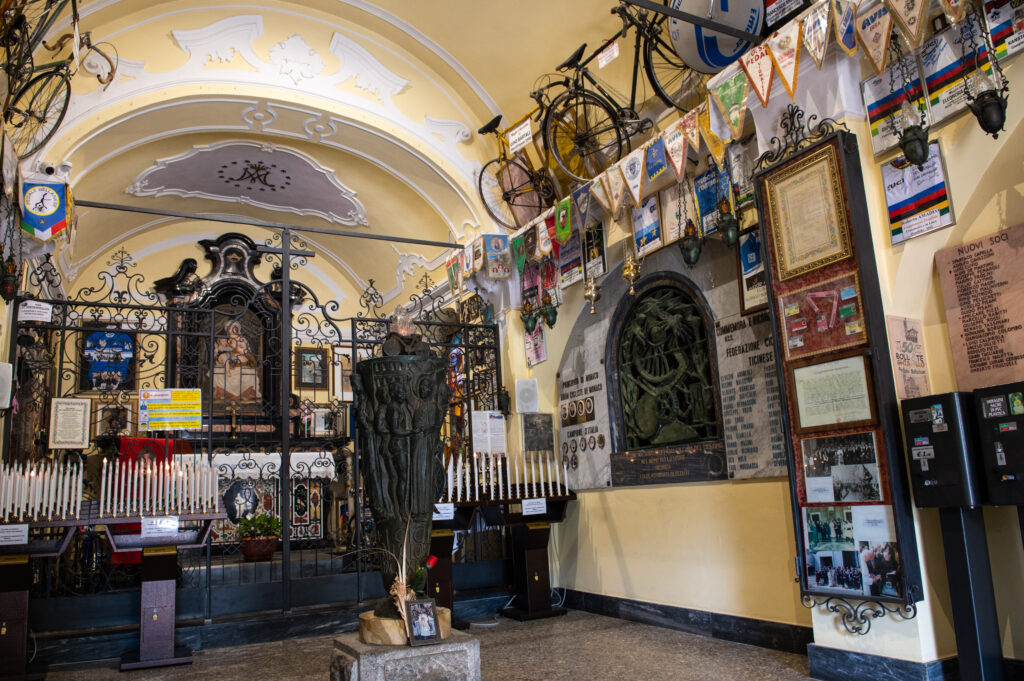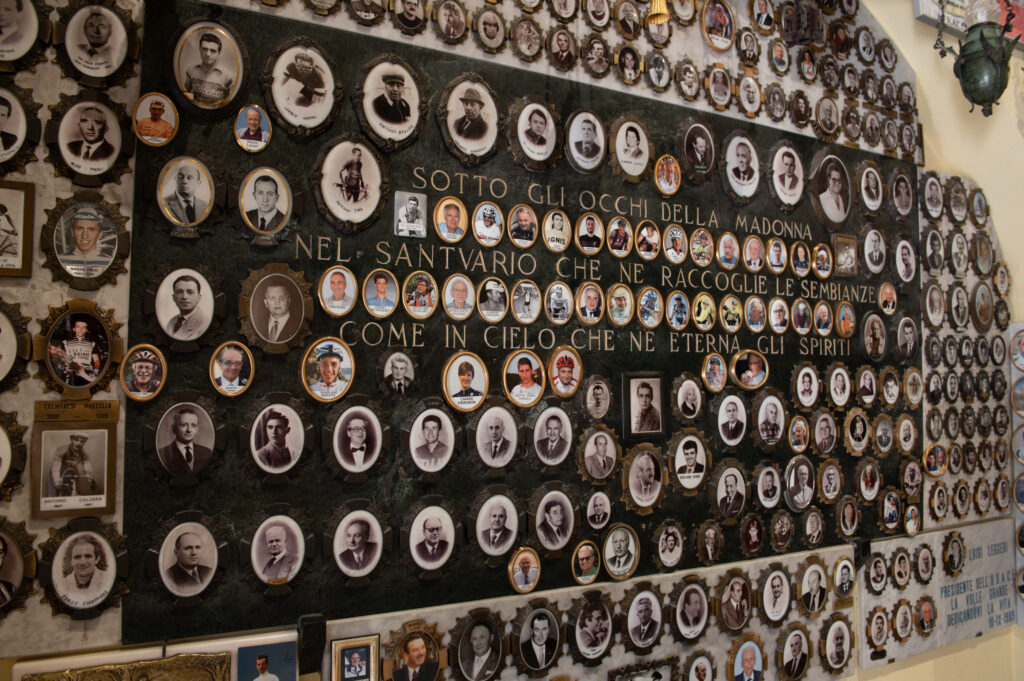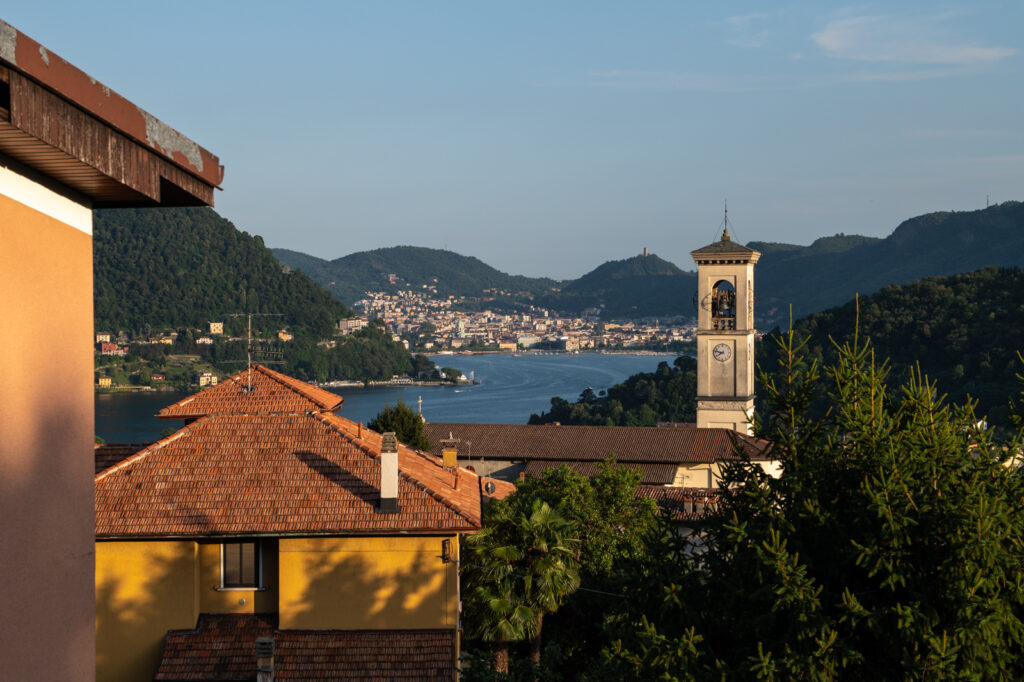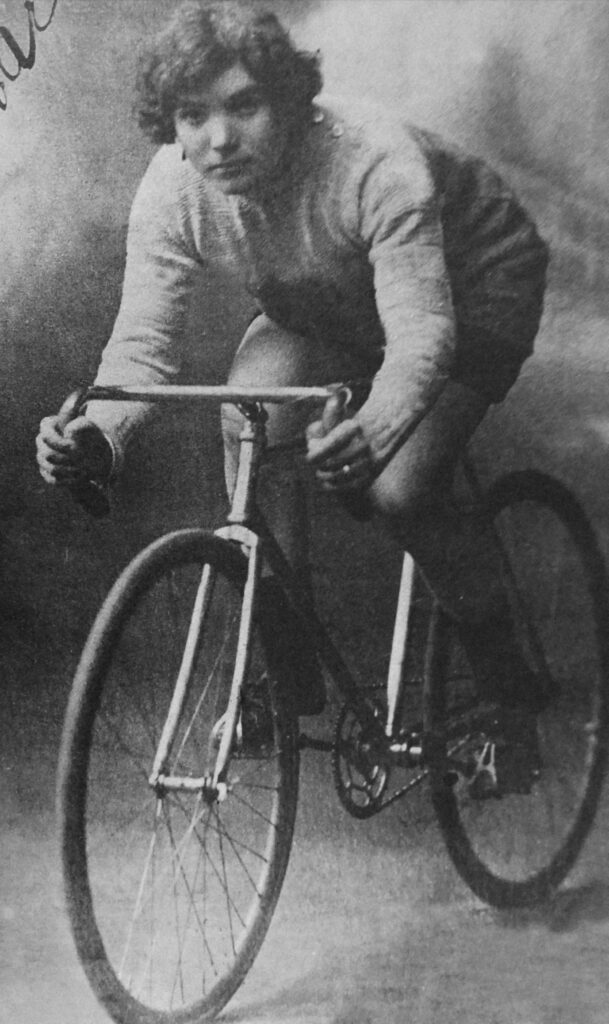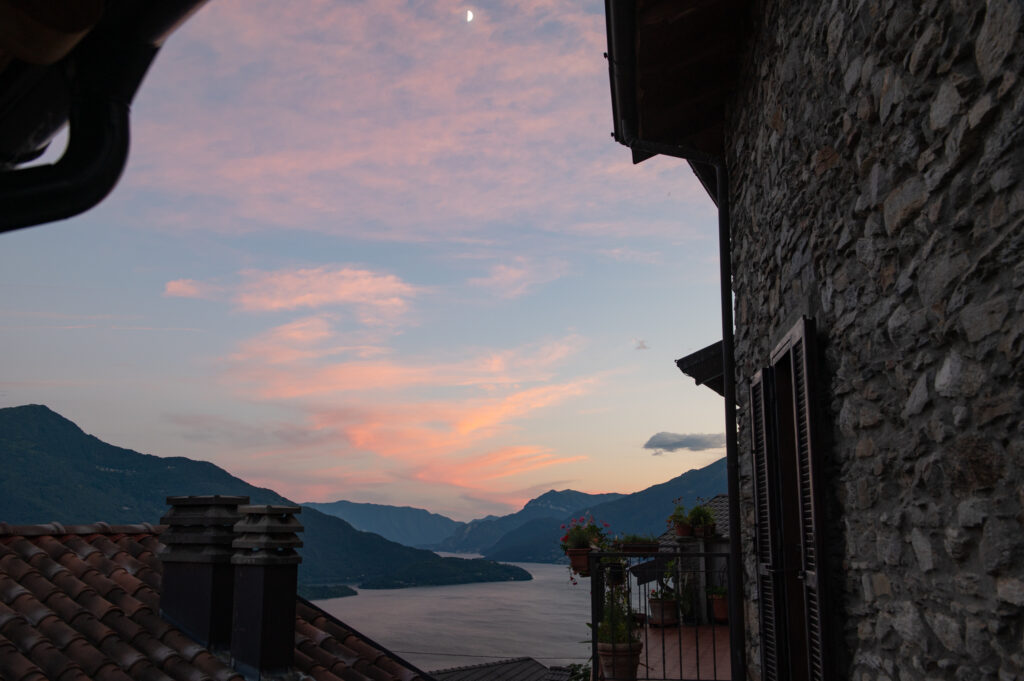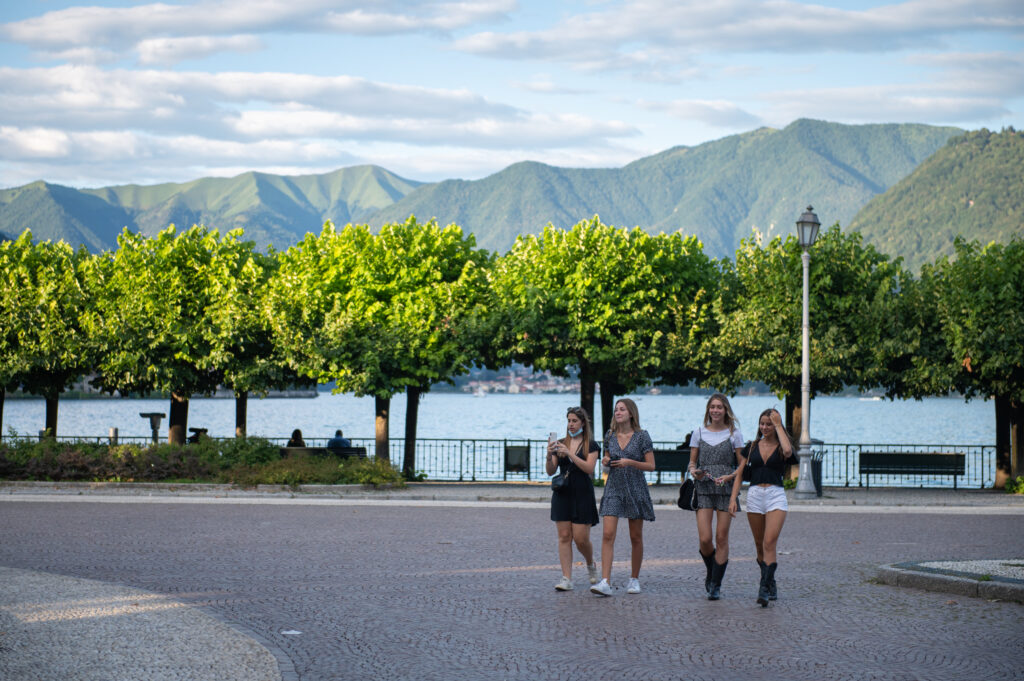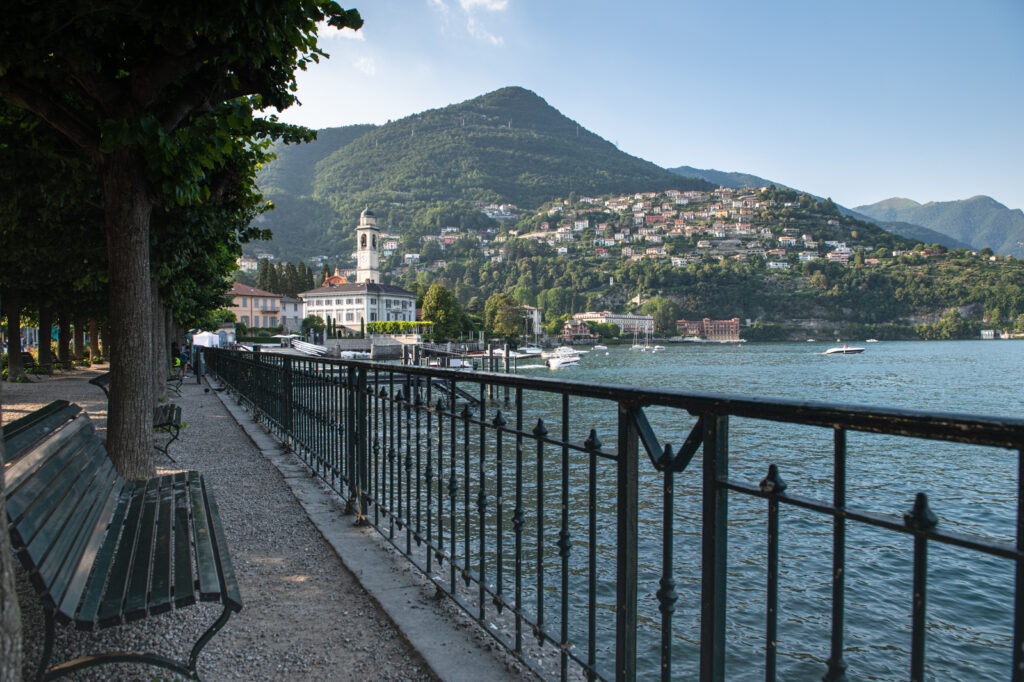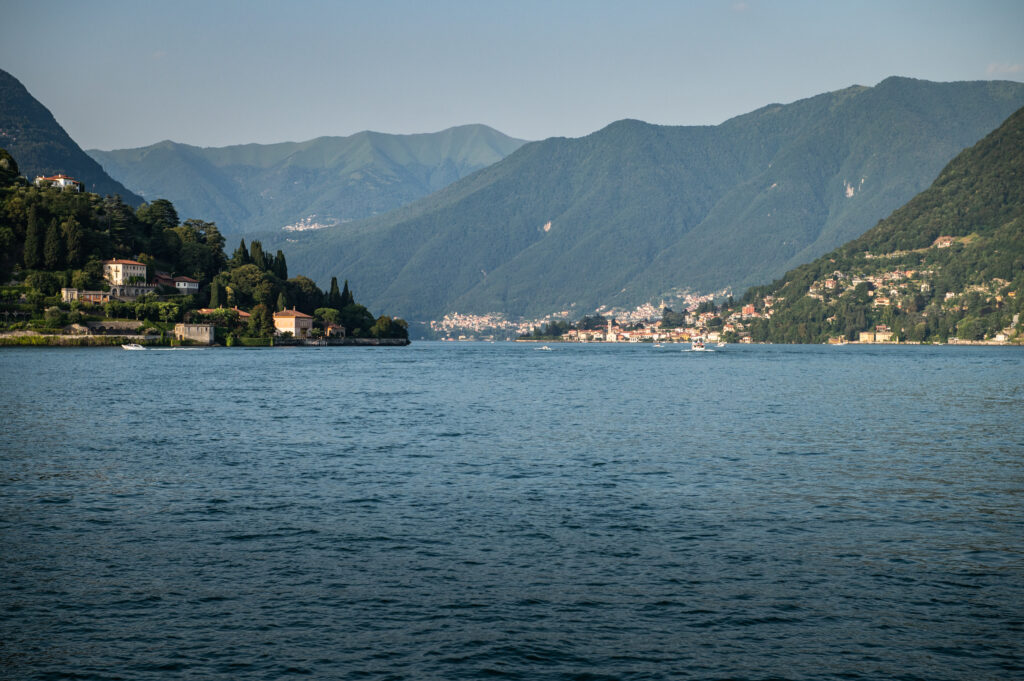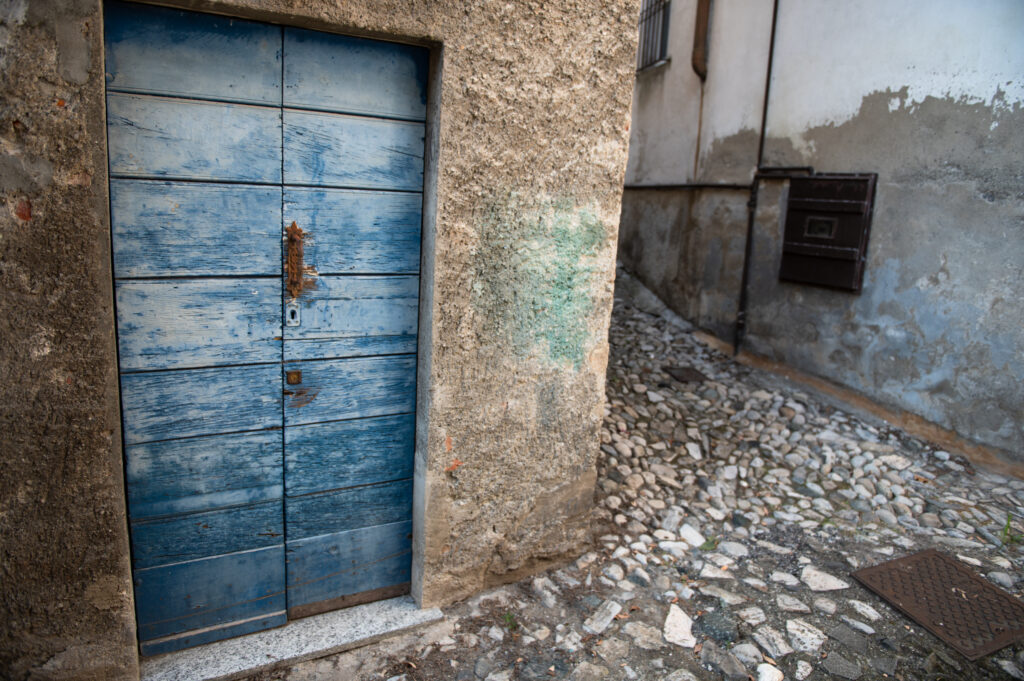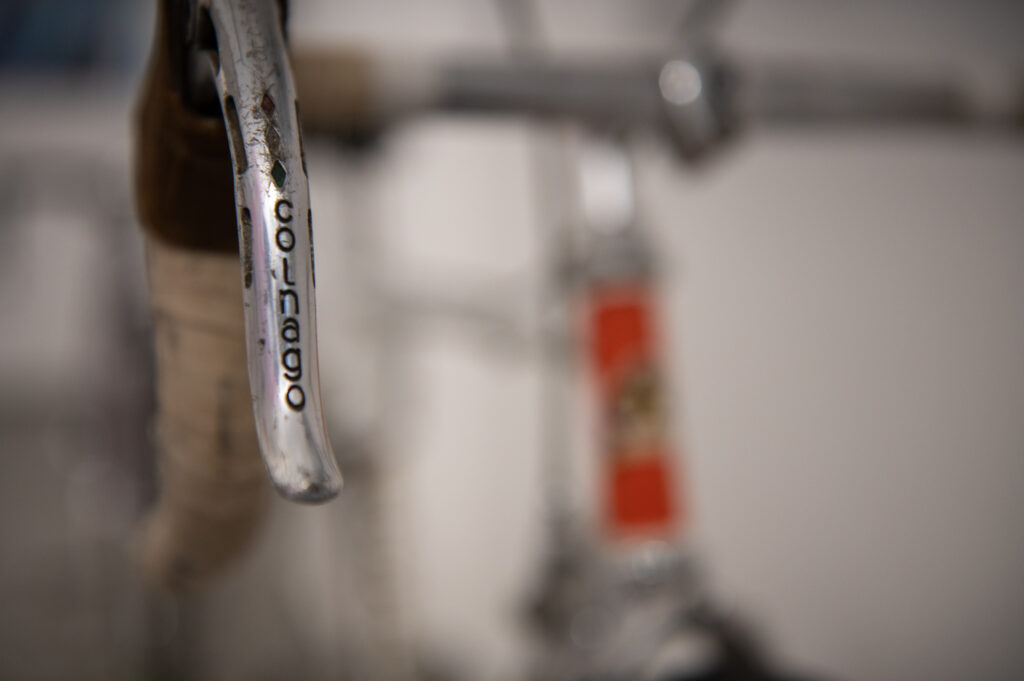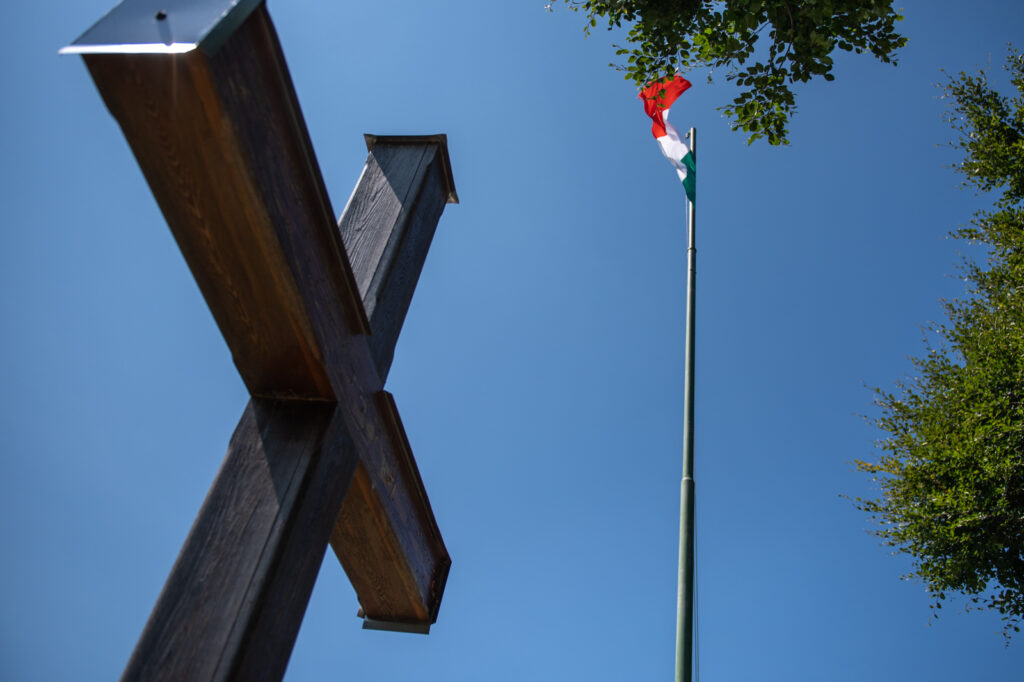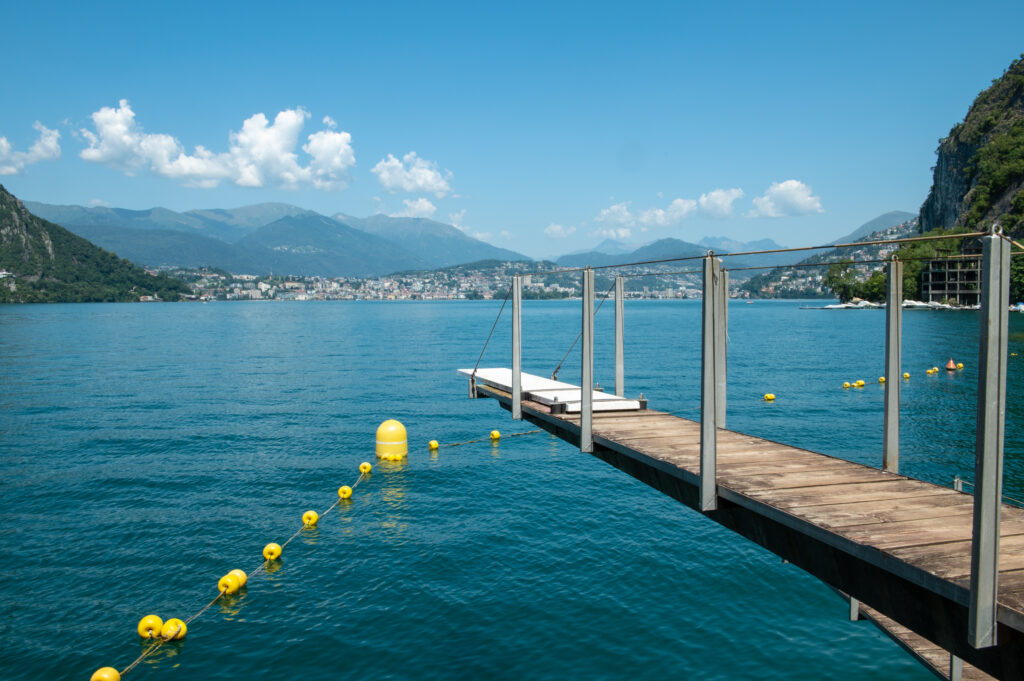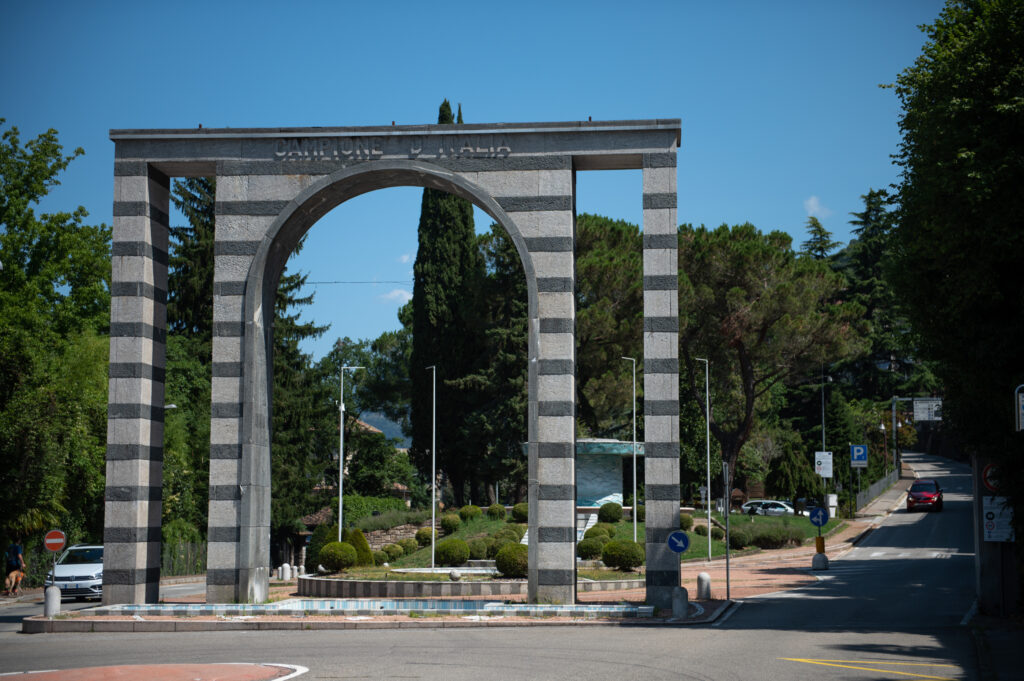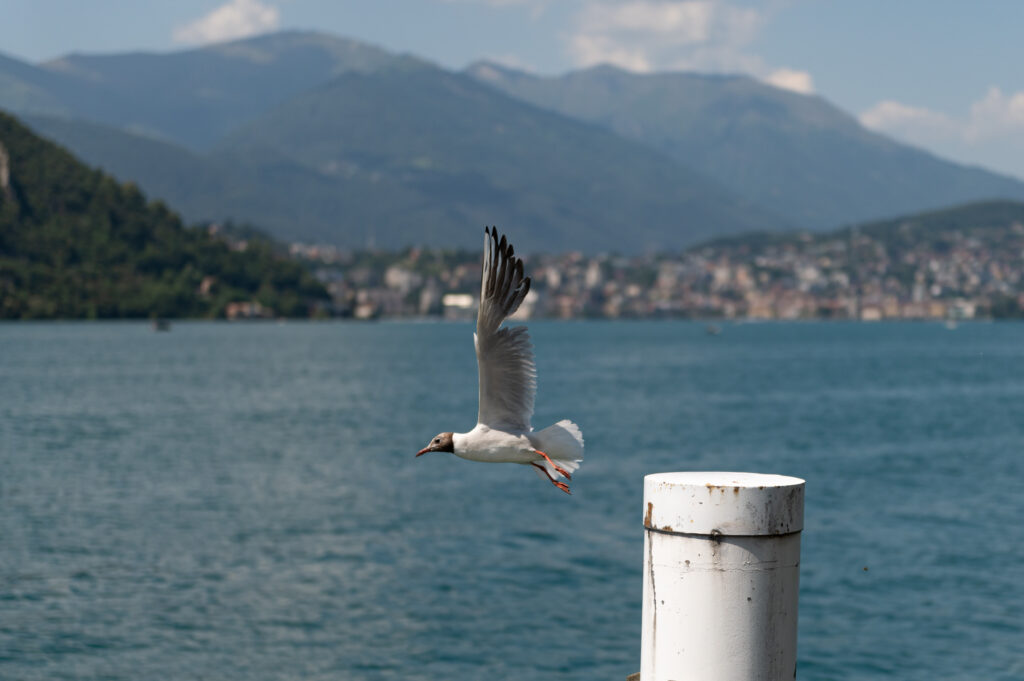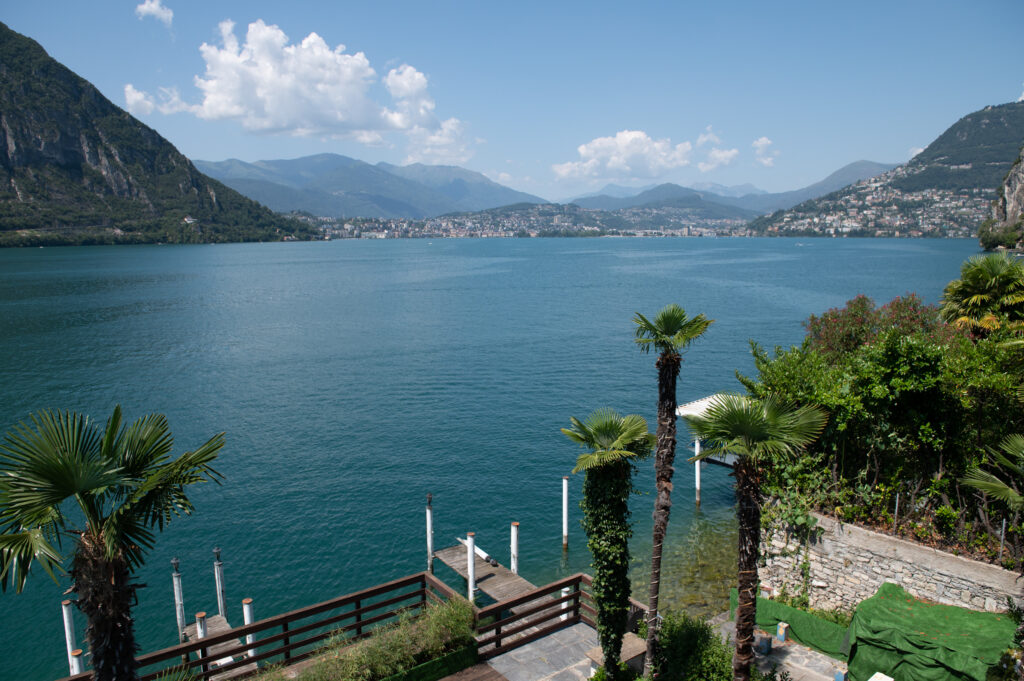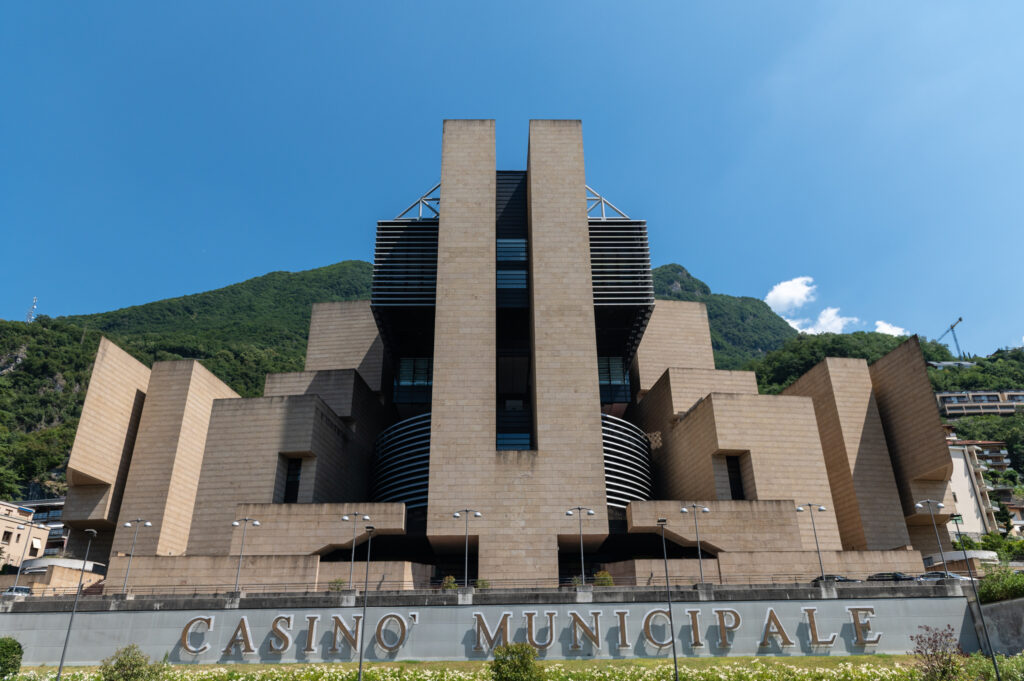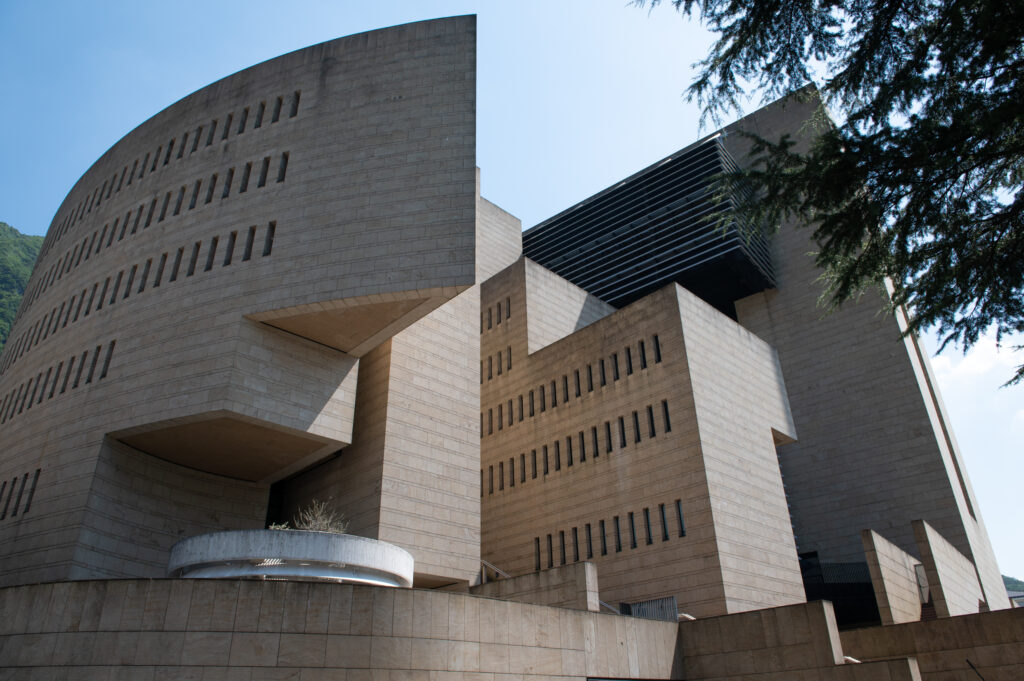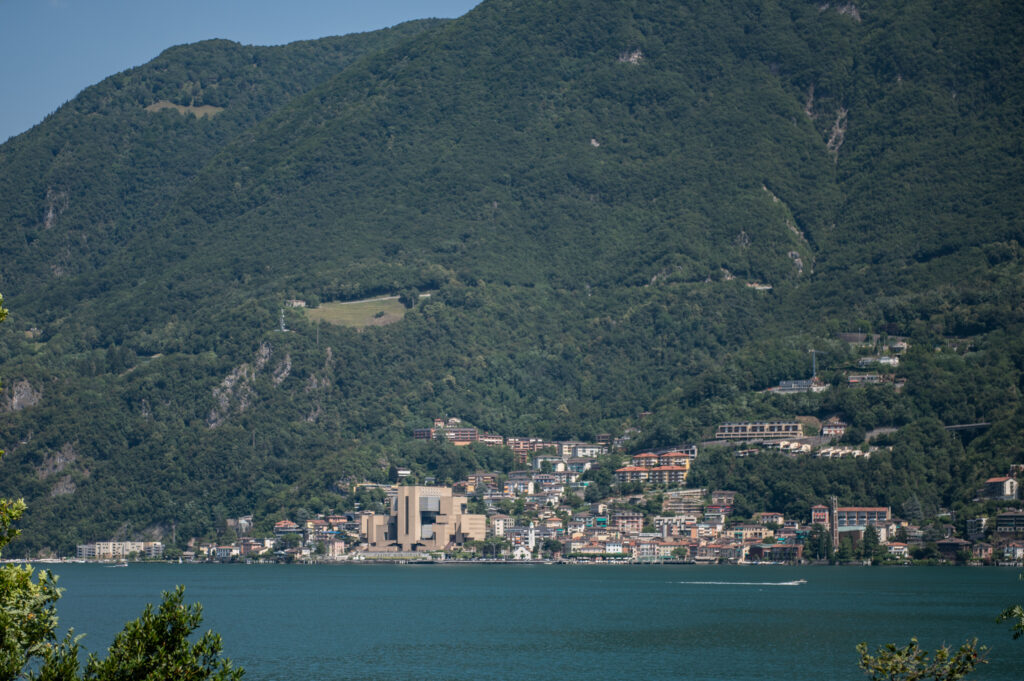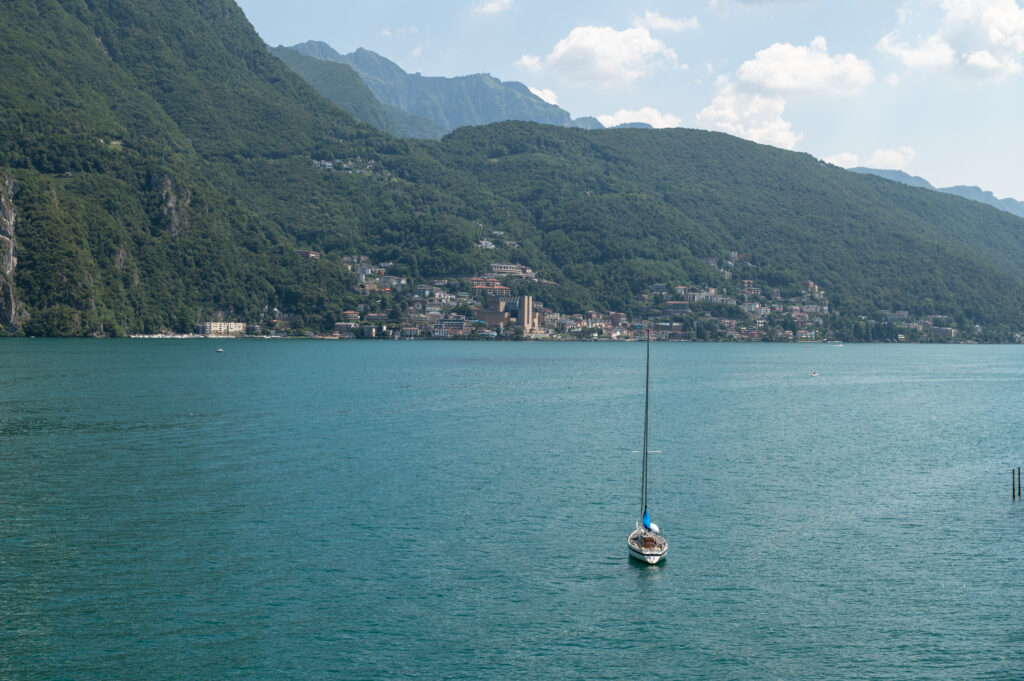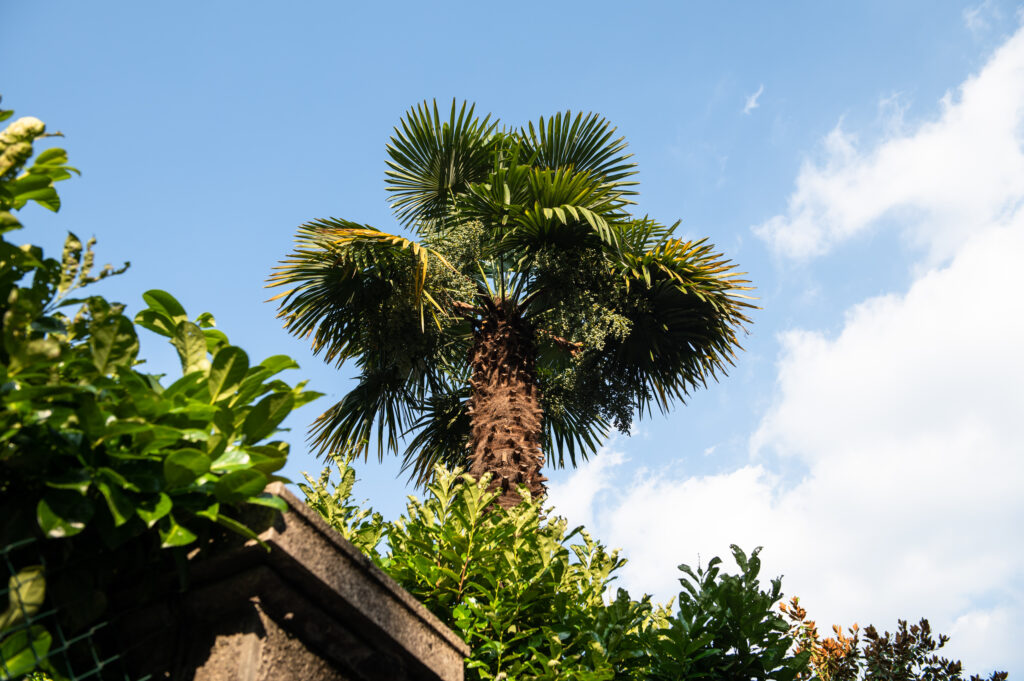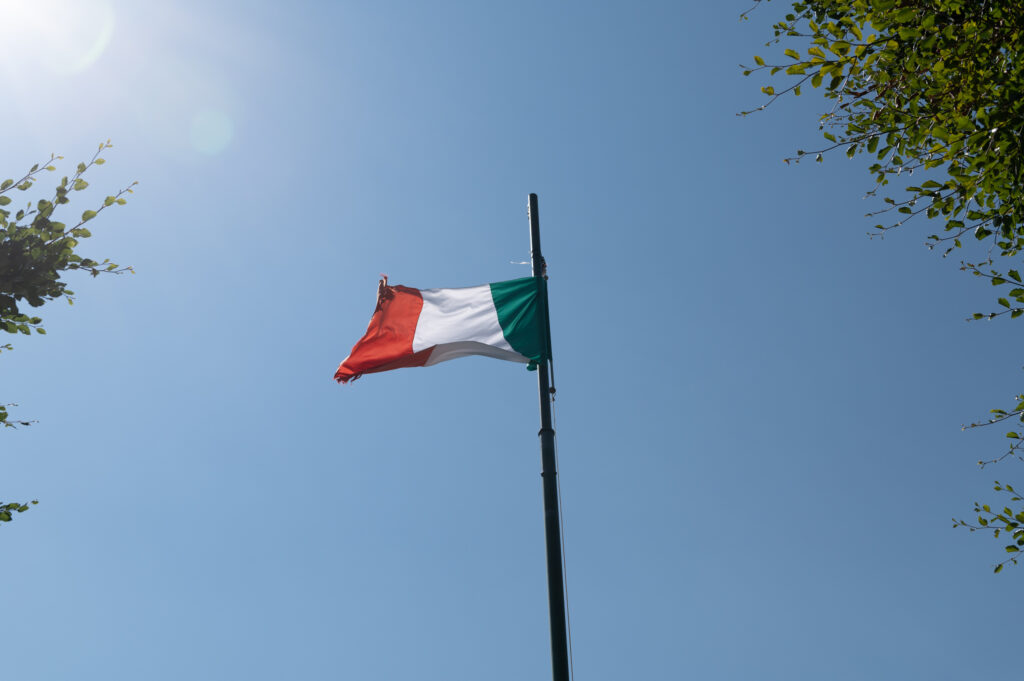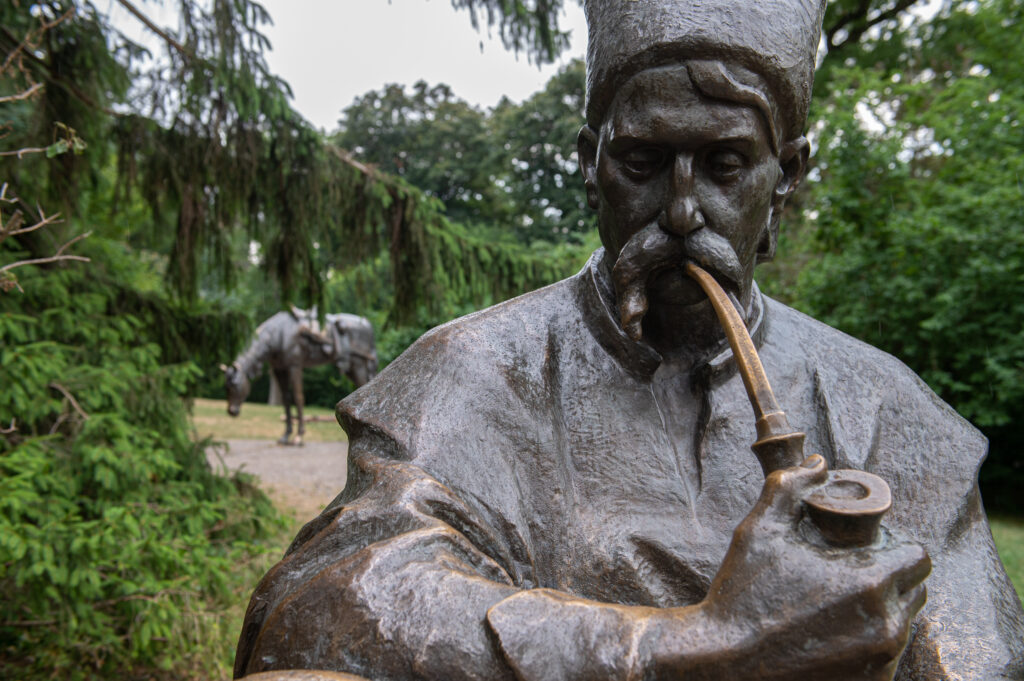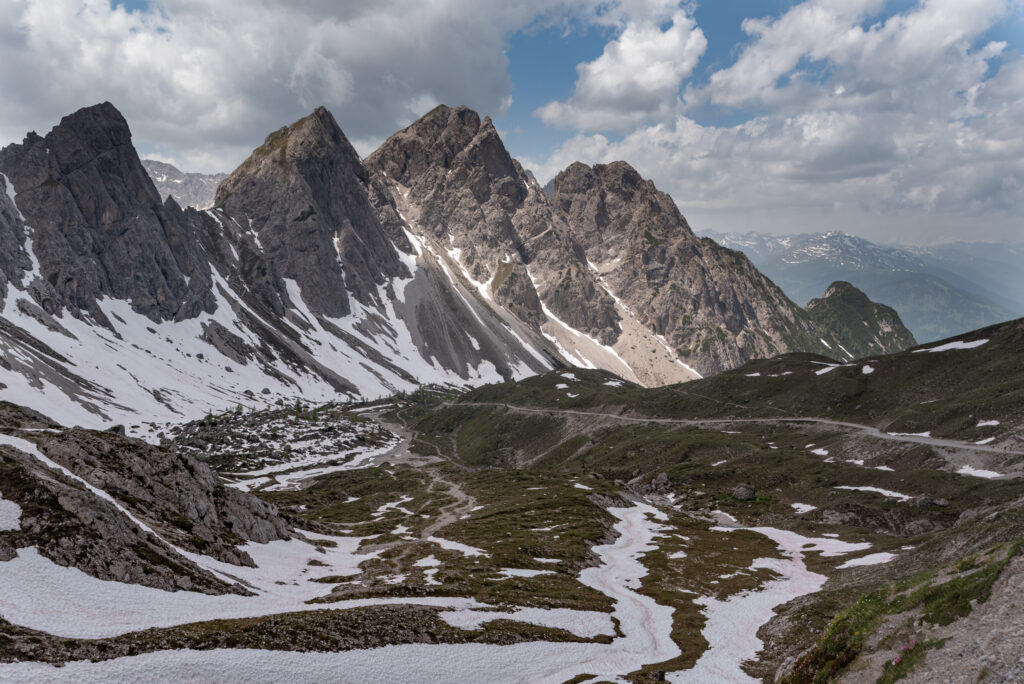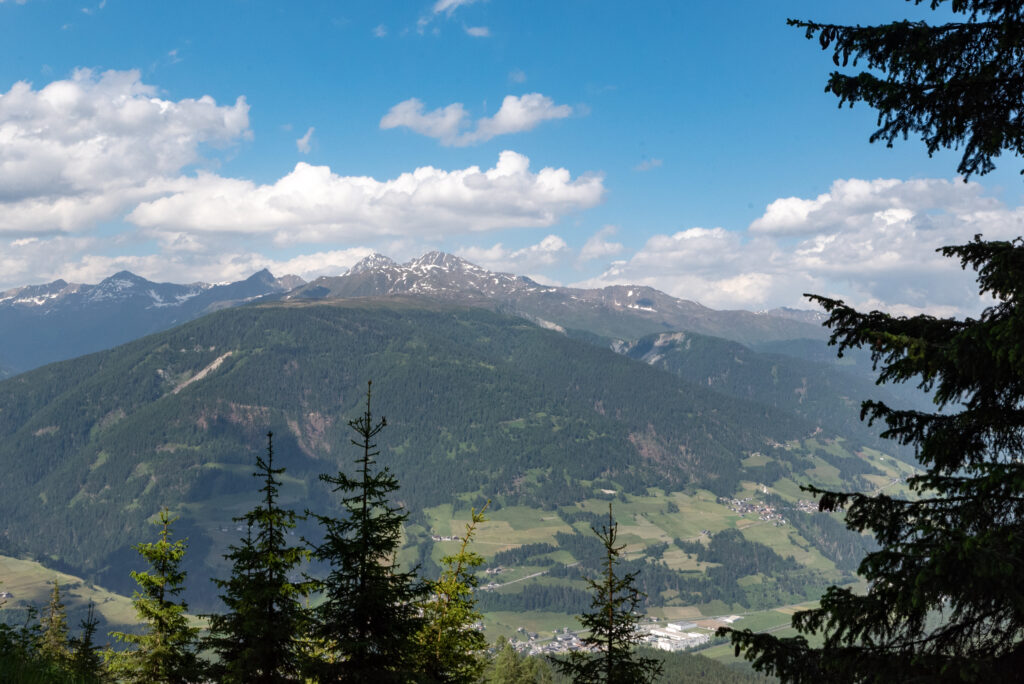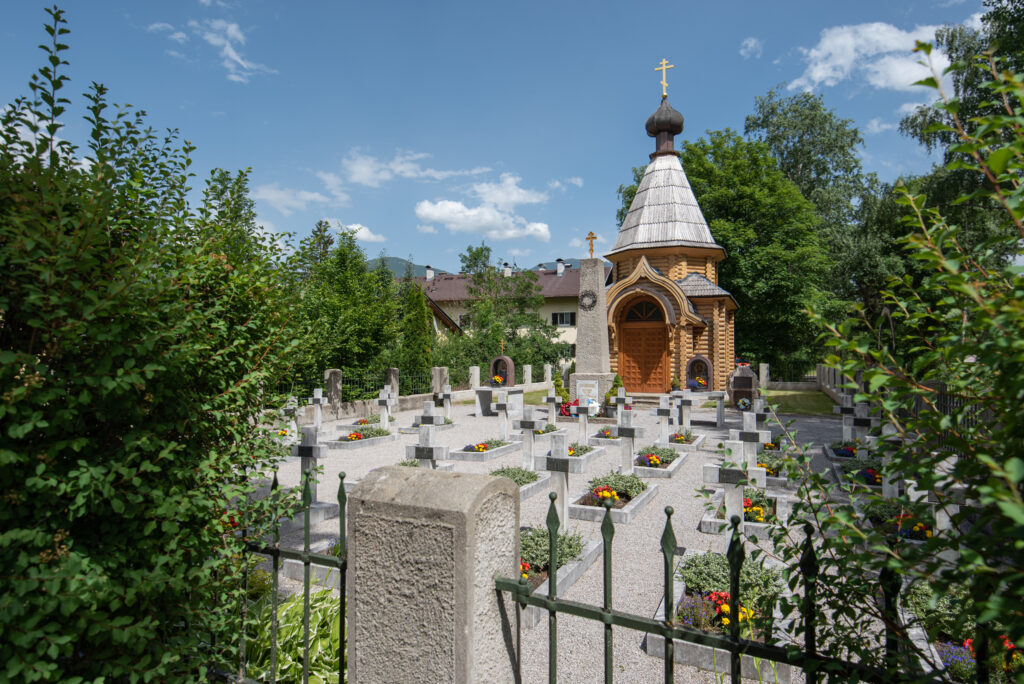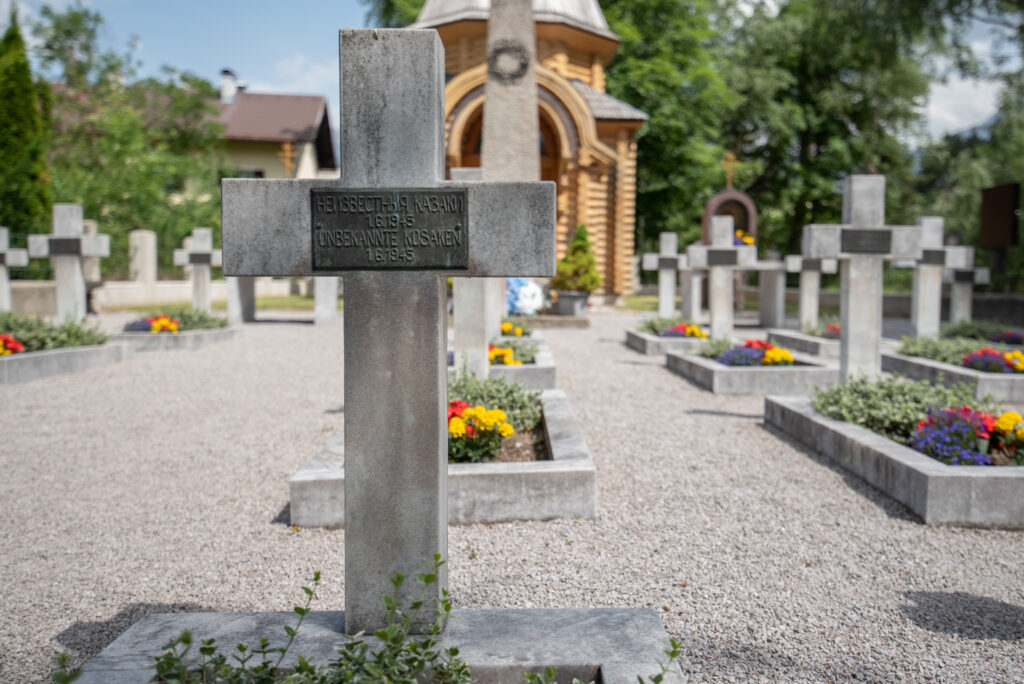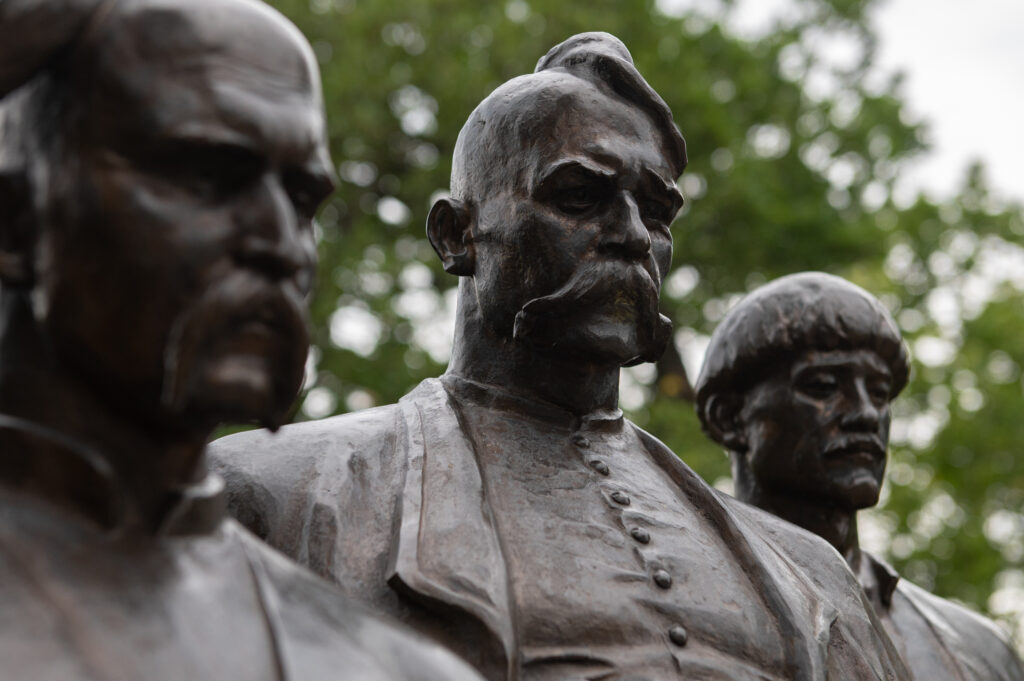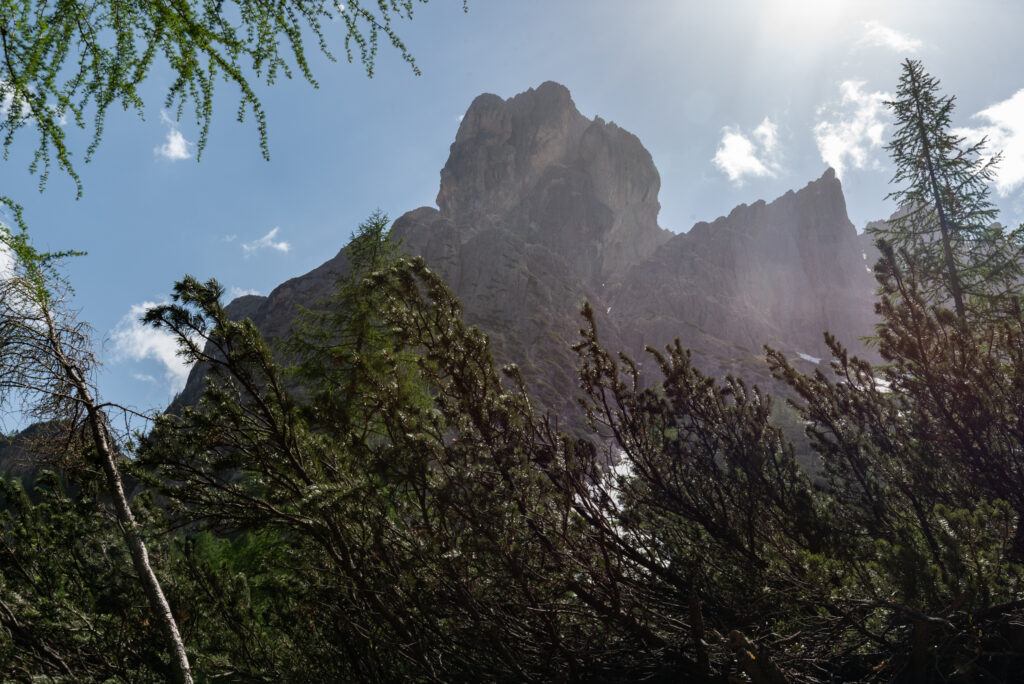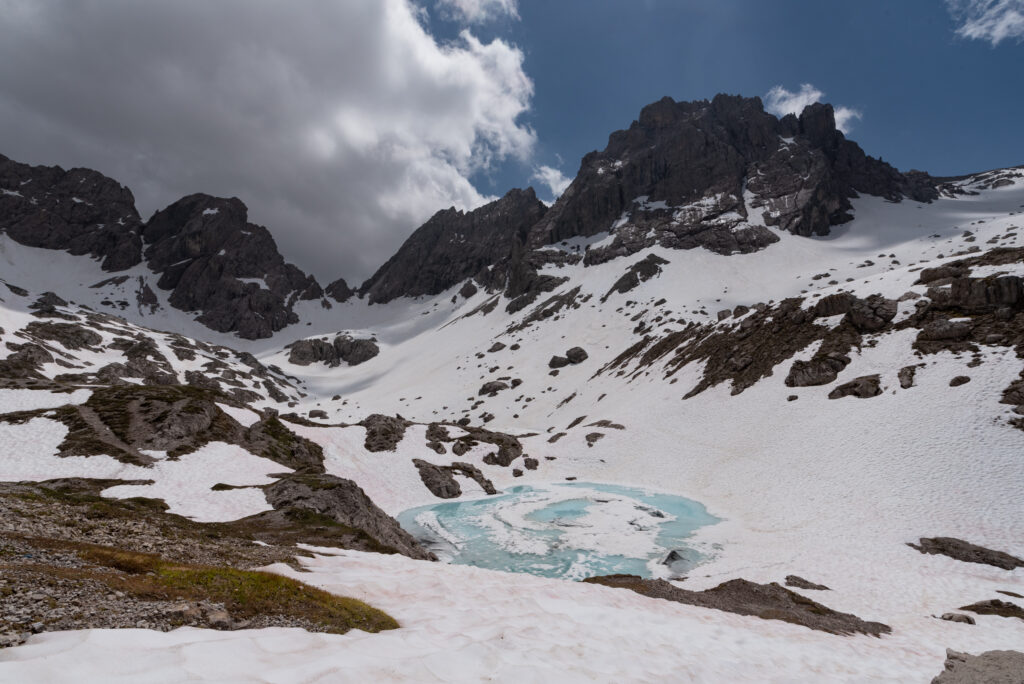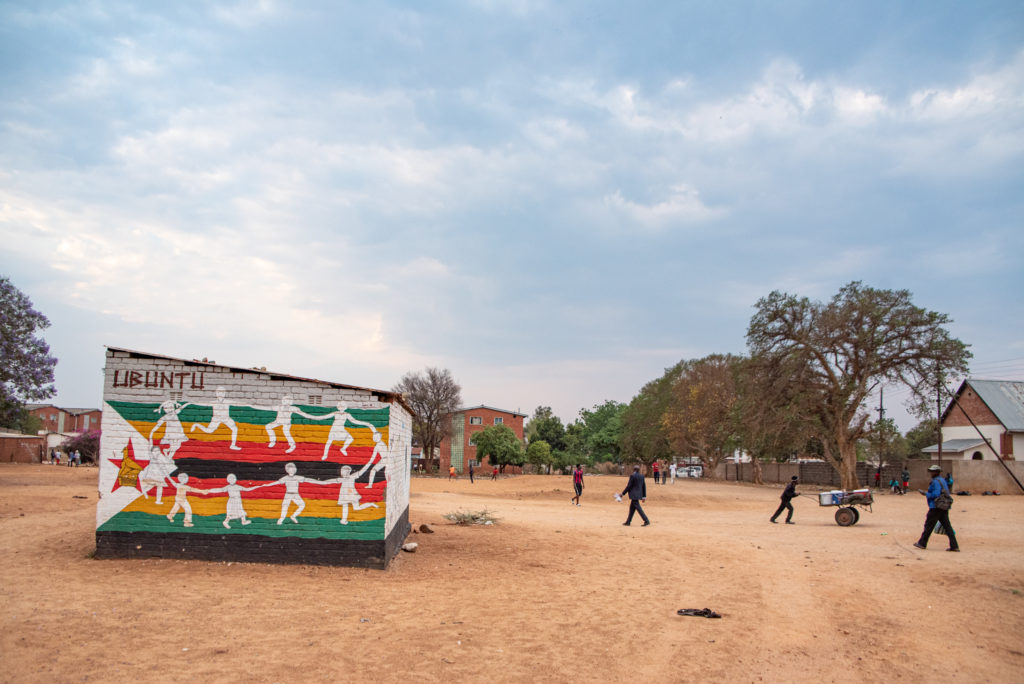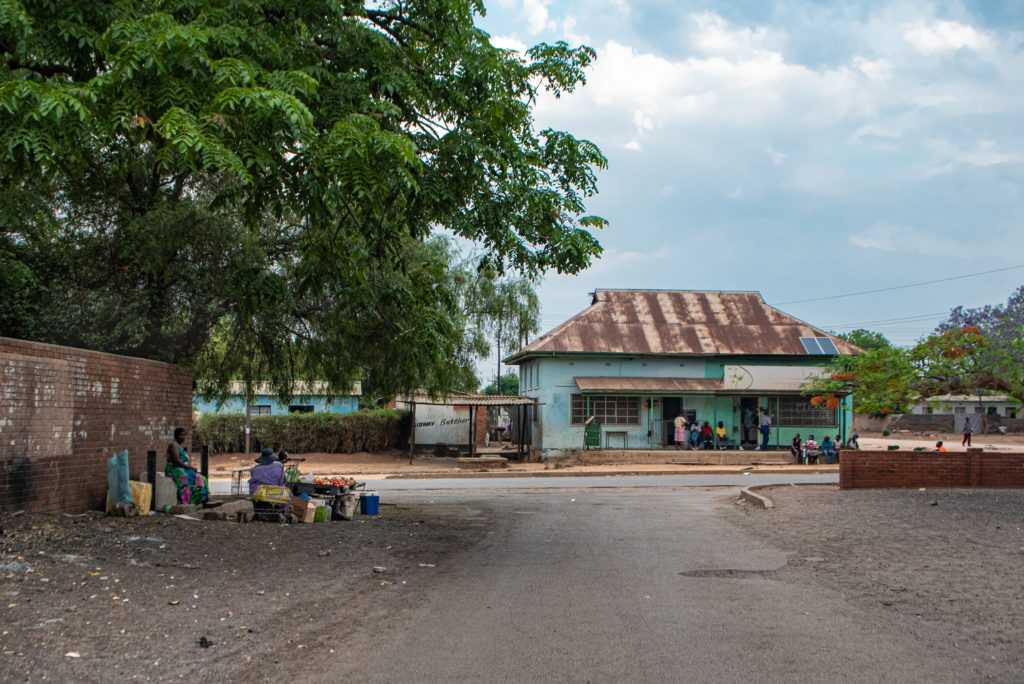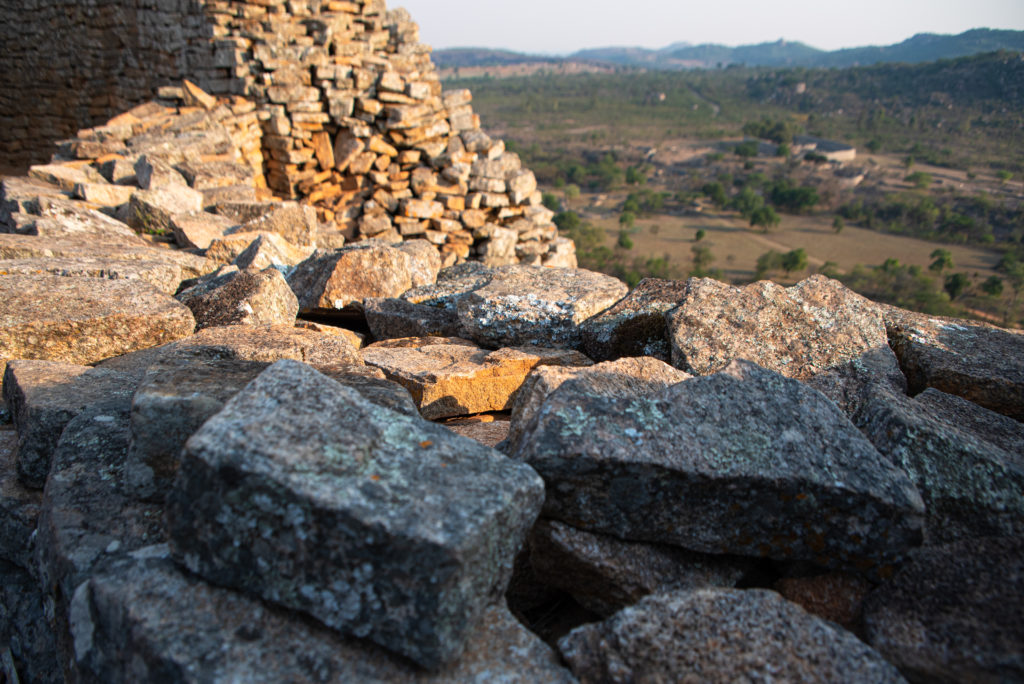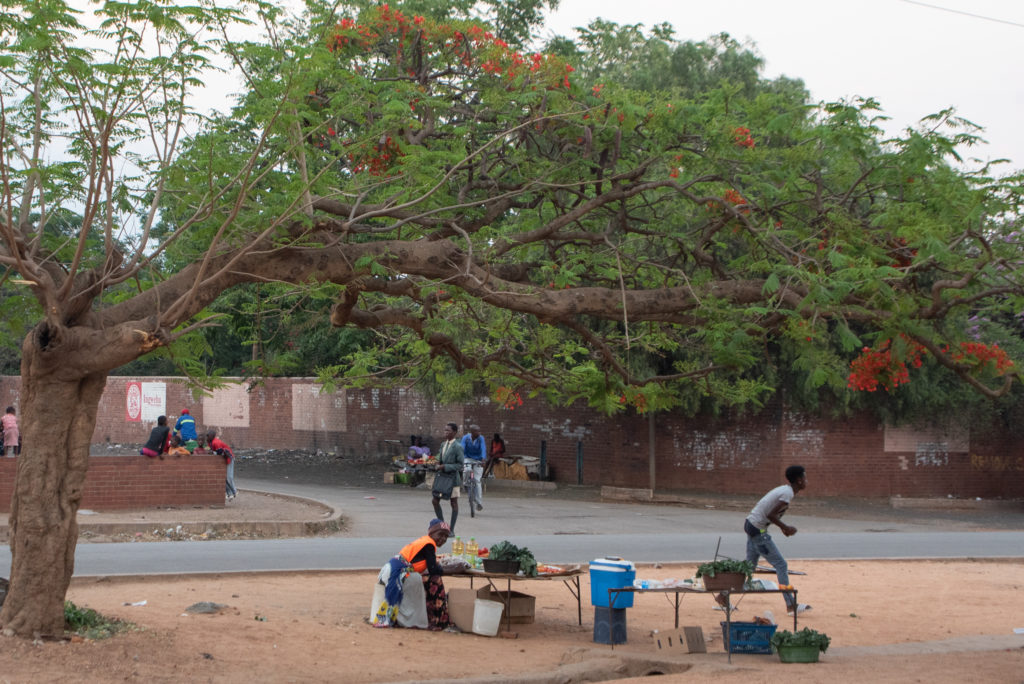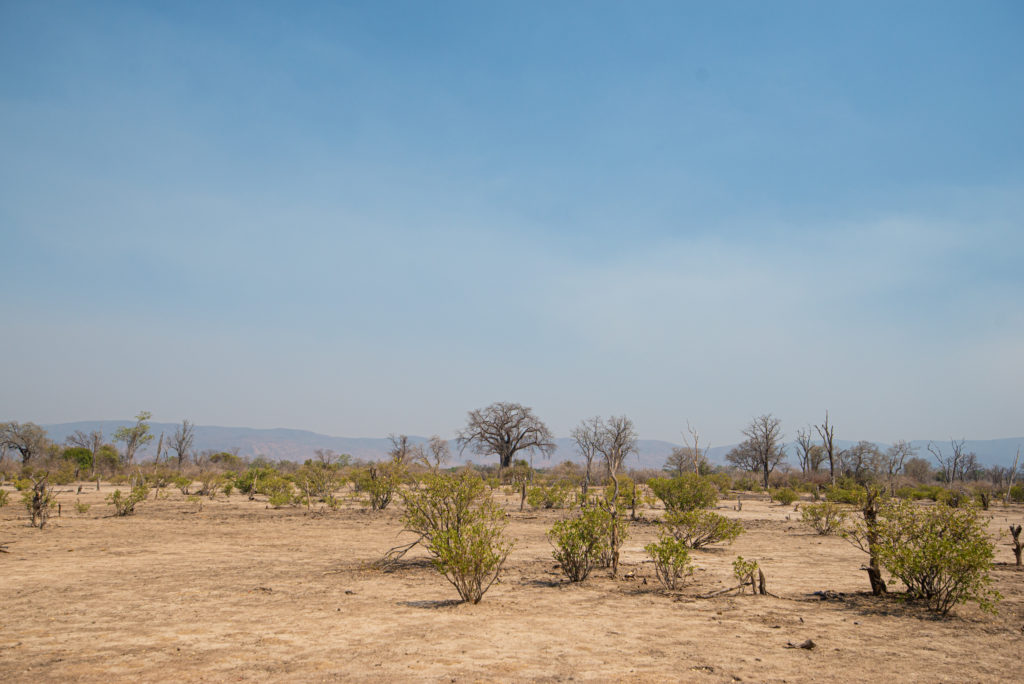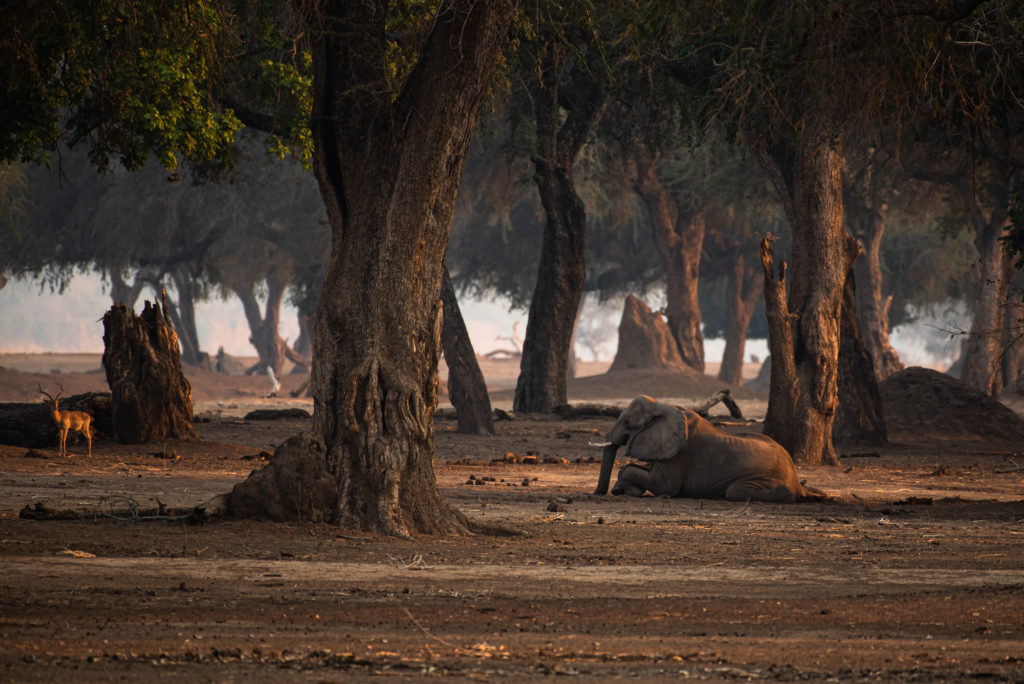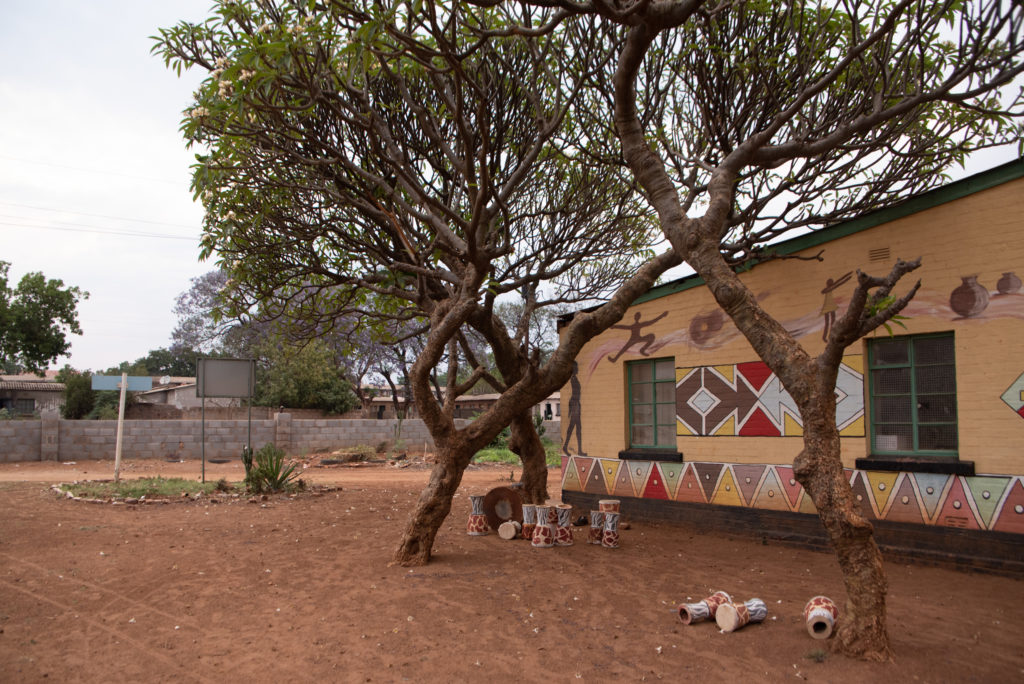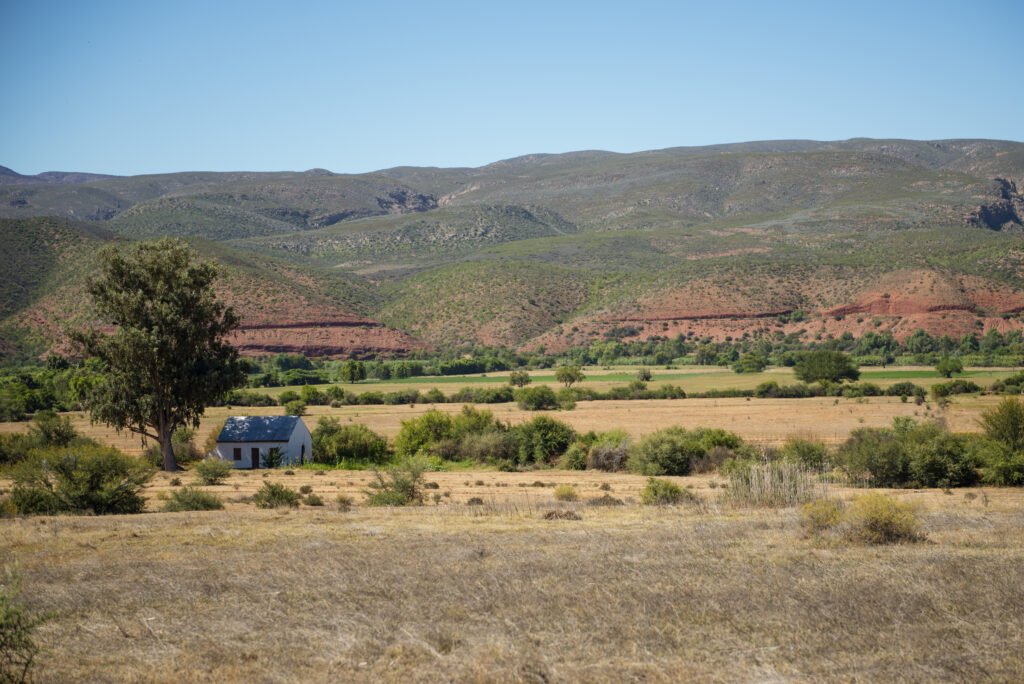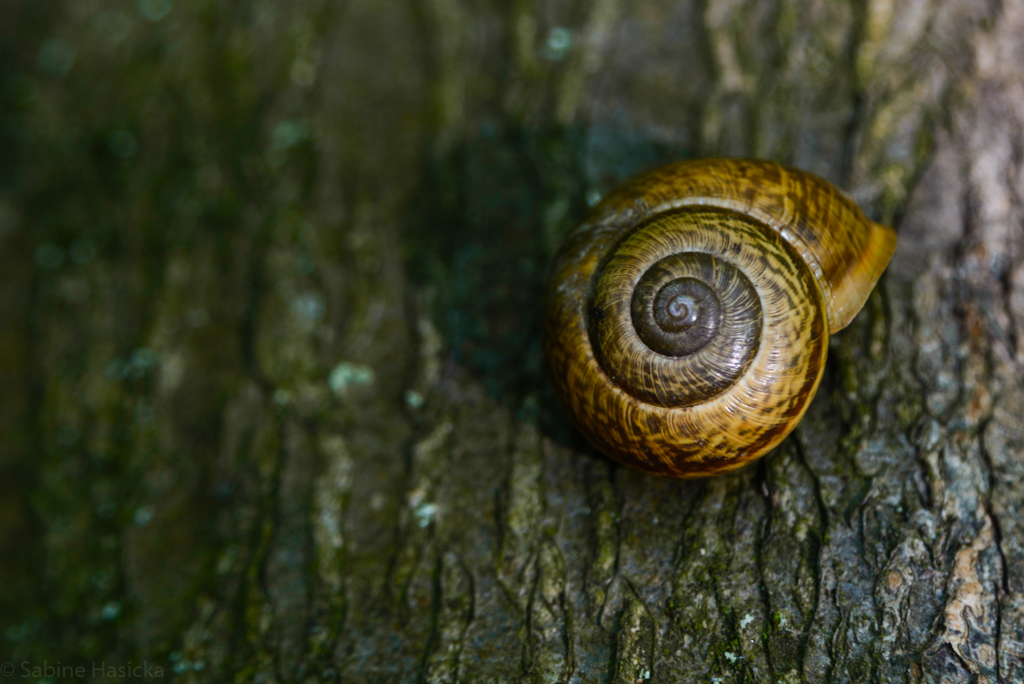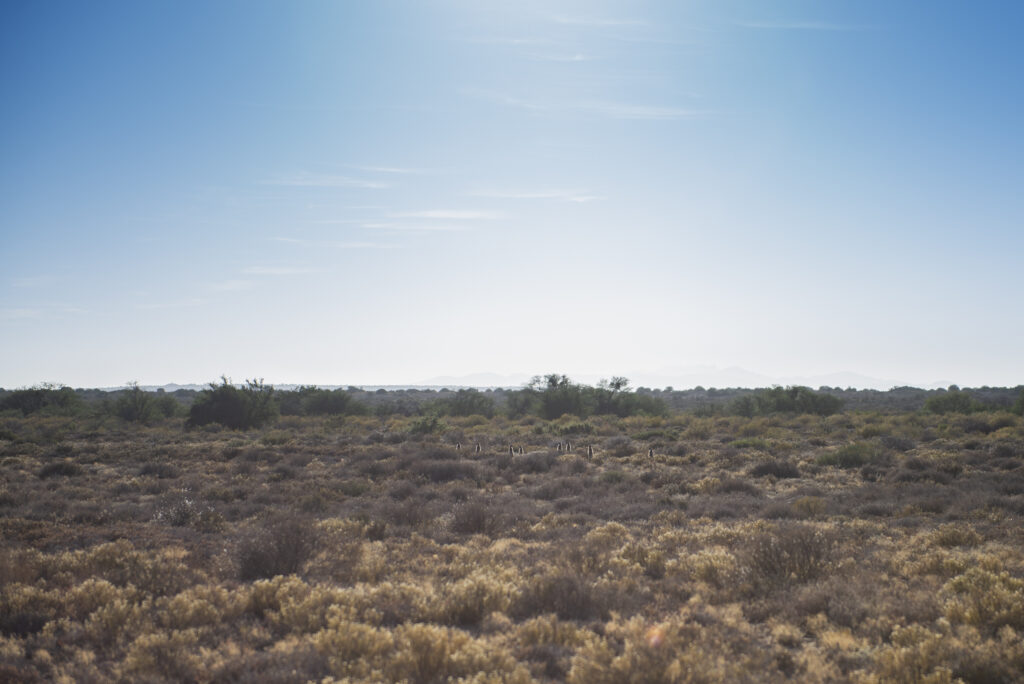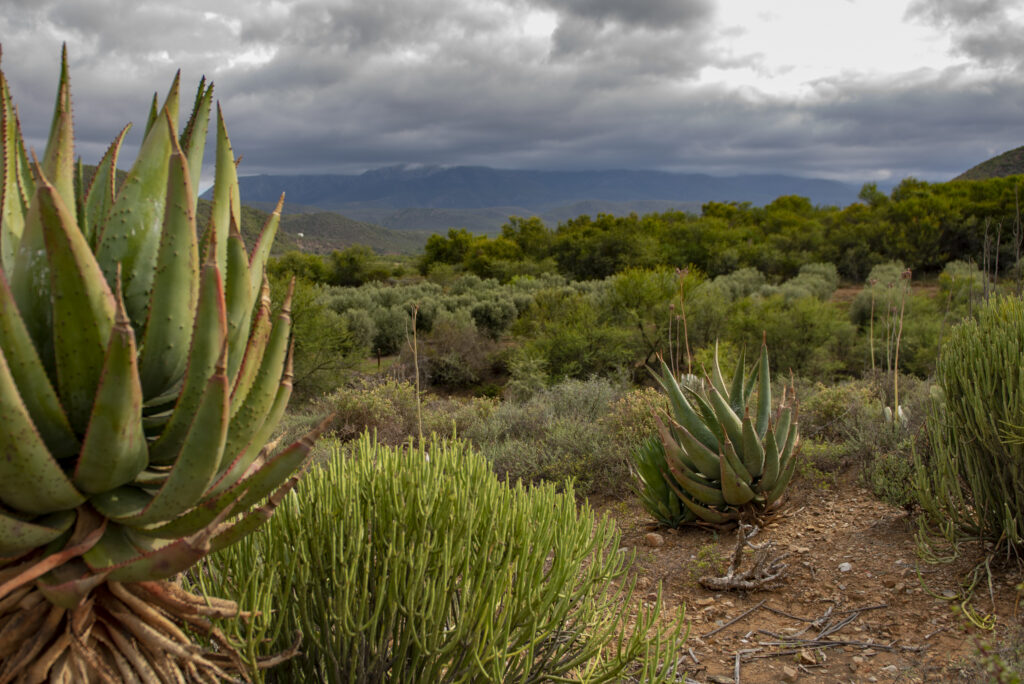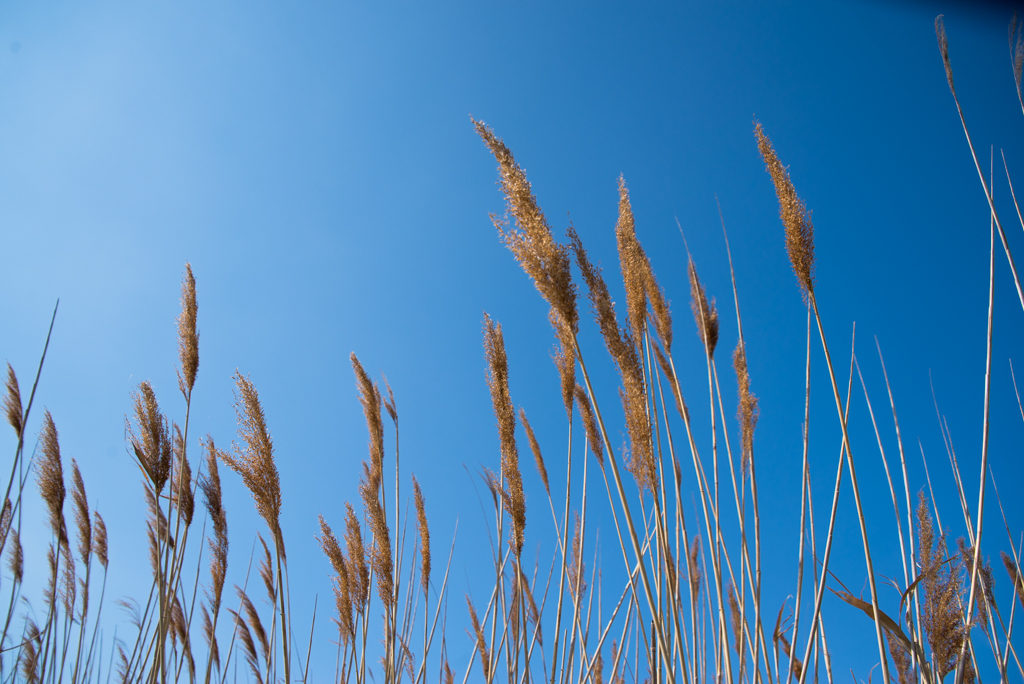
Lizards are stealth predators. Motionless, they blend in, turn invisible. They crouch into oblivion, waiting, suspending time. Why hurry? the Madagascan poet Raharimanana wrote, watching a gecko on the ceiling of his room. Things are bound to happen. The fly won’t know what hit it when the reptilian tongue darts out, faster than lightning. There is no escape from its sticky grip.
Ny vava tsy ambina no ahitan-doza – an unguarded mouth spells danger – is a Malagasy proverb. The people of Madagascar live up to it. They speak with deliberation. They avoid confrontation. They search to agree. Even though the twenty different peoples of the world’s fourth largest island share one language, the Malagasy prefer to leave many things unsaid. It’s an eloquent silence. On this island of natural marvels and unique biodiversity unspeakable things have happened.
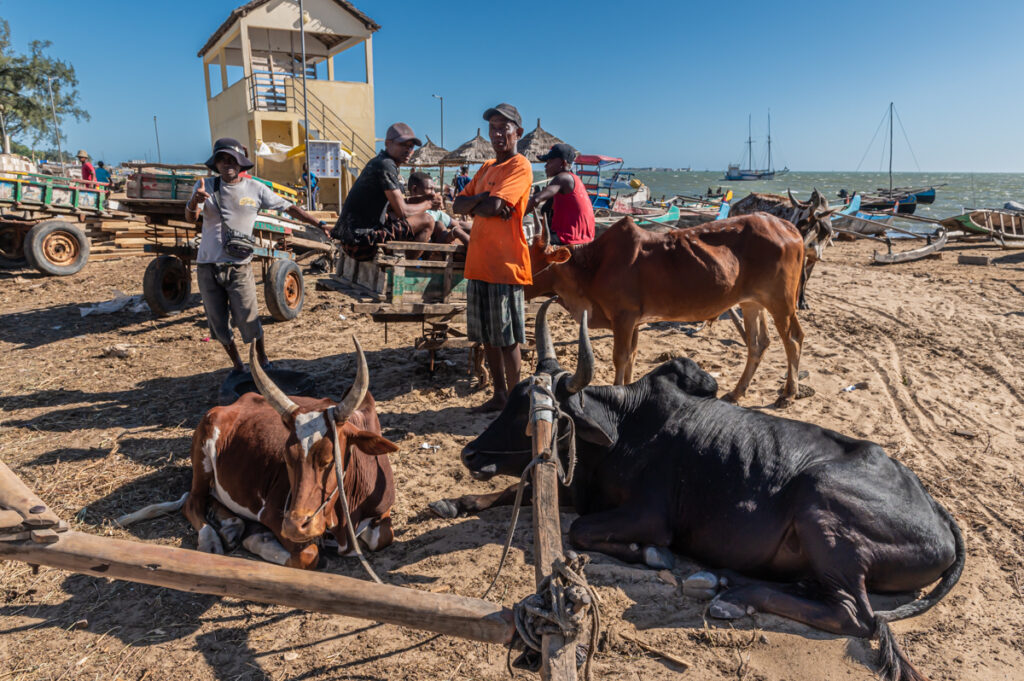
The language Malagasy, originating in Melanesia, from where a few thousand years ago the first settlers arrived, holds traces of Arab and African languages, and English and French. As if history had added syllables like rings of a tree, the words are long, sinuous, and dizzying. Ambohimanatrika, Fianarantsoa, Ampandrasoatanimbary, Analamitsivalana, are typical names of typical towns that huddle along the National Road RN7. Running from the capital Antanararivo in the center to the sea town Toliara on the West coast, it is one of the island’s few tarred roads, an anachronism in a society that mostly relies on sandaled feet for locomotion, and cattle-pulled carts for transportation. There are no traffic jams on the RN7. The overloaded trucks or climatized tourist cars that manoeuvre around the potholes move with slow consideration. As the RN7 winds up high mountains, passing by the intricately laid out rice terraces, street vendors and cattle herders, then descends straight into the fairy tale formations of the canyons of Isalo and finally reaches the palm studded beaches at the Mozambiquan channel, it girds the fishermen on the coast to the cattle herders in the South to the rice farmers on the highlands like a dark, dead snake.

Men are like the creeping stem of the pumpkin and if traced they are found to be one. The Malagasy adage is expressed in the concept of Fihavanana, which, not unlike its African Bantu counterpart Ubuntu, defines the individual but as a part of the group. Fihavanana can loosely be translated as solidarity or interdependence: People help each other when in need, lend a hand when the fields must be tilled, or the rice planted, or a zebu cattle was lost. As charmingly altruistic as this sounds, it is a solidarity confined to family, or those regarded family. Life in Madagascar is lived along bloodlines.
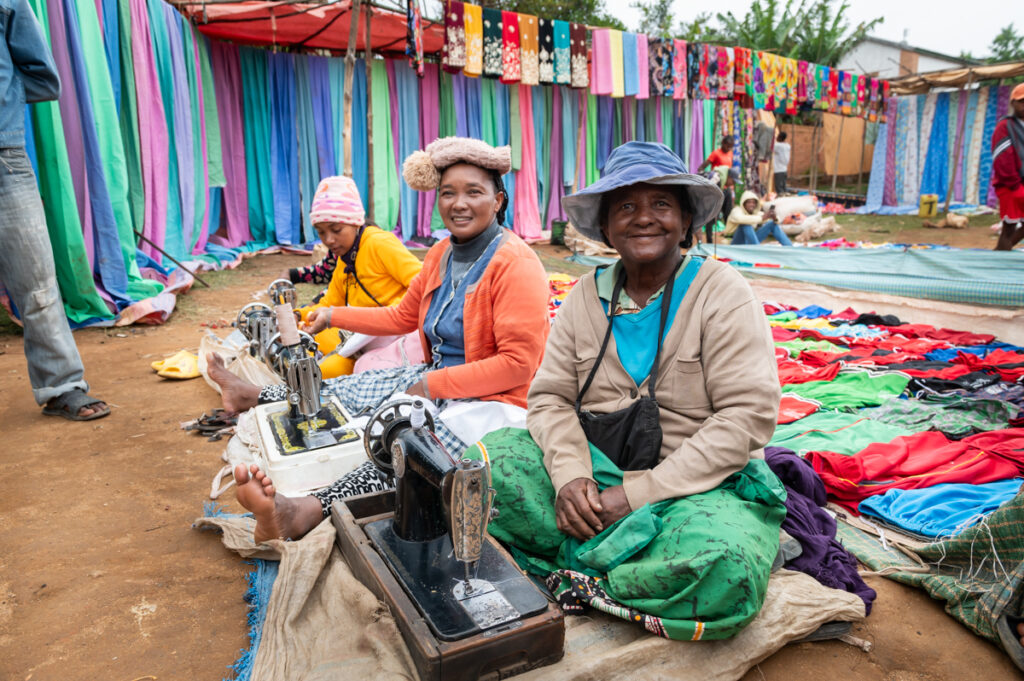
Lineage is paramount. The Malagasy adhere to a strict hierarchical system that places age and ancestry on top. It decrees the young to serve the elders and the elders to serve the ancestors who in return offer guidance, protection, and identity.
The Malagasy spend their lives in closest proximity to their dead. Villages are laid out around family tombs. Lavishly decorated, painted, sometimes colourfully tiled, they stand by little rice plots, or in the midst of vast grazing fields. In the rocky canyons of Isalo, caves up the holy mountains serve as family crypts. The deceased family member lives on as part of the family, albeit one of elevated standing. Death is a step up the social ladder.
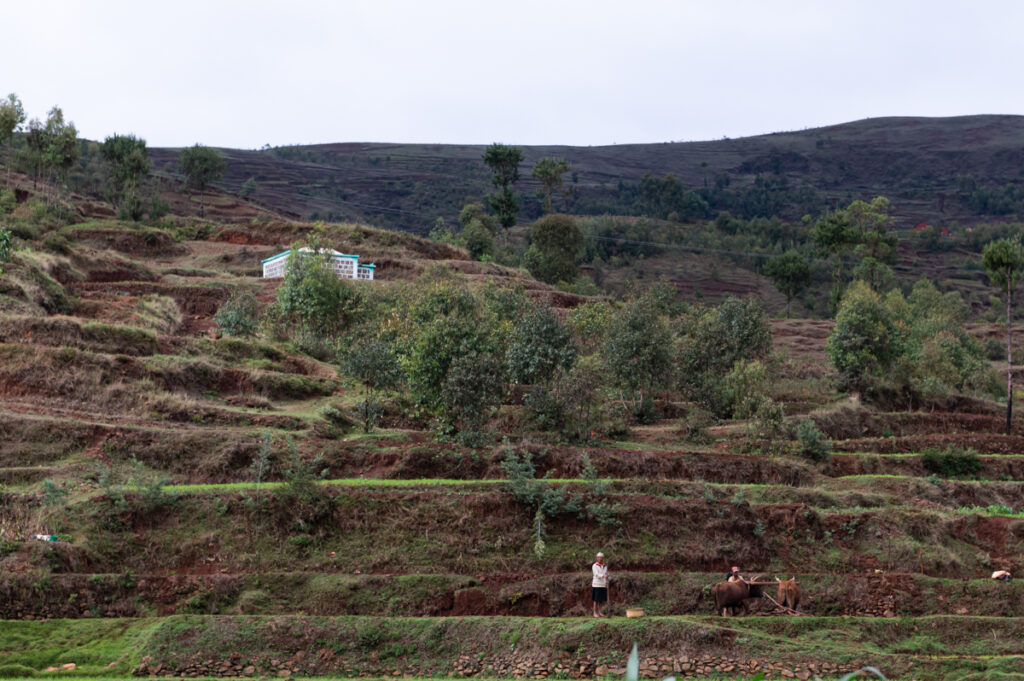
Almost half of the world’s species of Chameleons are endemic to Madagascar. The gecko’s spectacular lizard-cousins famously change colour, although not according to background, as it is commonly believed, but to their emotional state. They turn dark in fight mode, and bright to assert dominance. To attract a mate, they transform their scaly skin into an enthralling kaleidoscope. Colour is their only means of communication, for they are completely mute: chameleons possess no vocal cords, no words. Their eyesight, however, is excellent. Equipped with the uncanny ability to swivel their eyes 360 degrees in their sockets, each eye individually, they see all. The Chameleon sees the future with one eye and the past with the other, another proverb goes. The Malagasy believe chameleons to live in the world between tomorrow and yesterday, between here and there. They’re regarded ambassadors of the dead. Most Malagasy fear chameleons.

It takes years for a deceased to enter the ranks of the ancestors, a status, which, due to its proximity to God, instils them with divine powers. The progress of decomposition of the body is therefore closely monitored. Every three to seven years, the bodies are exhumed, and their silk burial shrouds exchanged. Extreme importance is placed on this so-called turning of the bones, or dancing with the bones – Famadihana – a ritual for which even émigrés regularly return from abroad. In 2017, during an outbreak of the Plague, the government searched but failed to outlaw these reburial rituals, a failure which purportedly claimed the life of several hundred people from contagion.
To constantly renew the bond with the ancestors is essential. Ancestors are still invested in the here and have the power to interfere should they be displeased: The harvest will fail. The rains won’t come. A zebu will be stolen. To be dead is a position of ultimate power, a power that is invisible, ubiquitous, and omniscient.
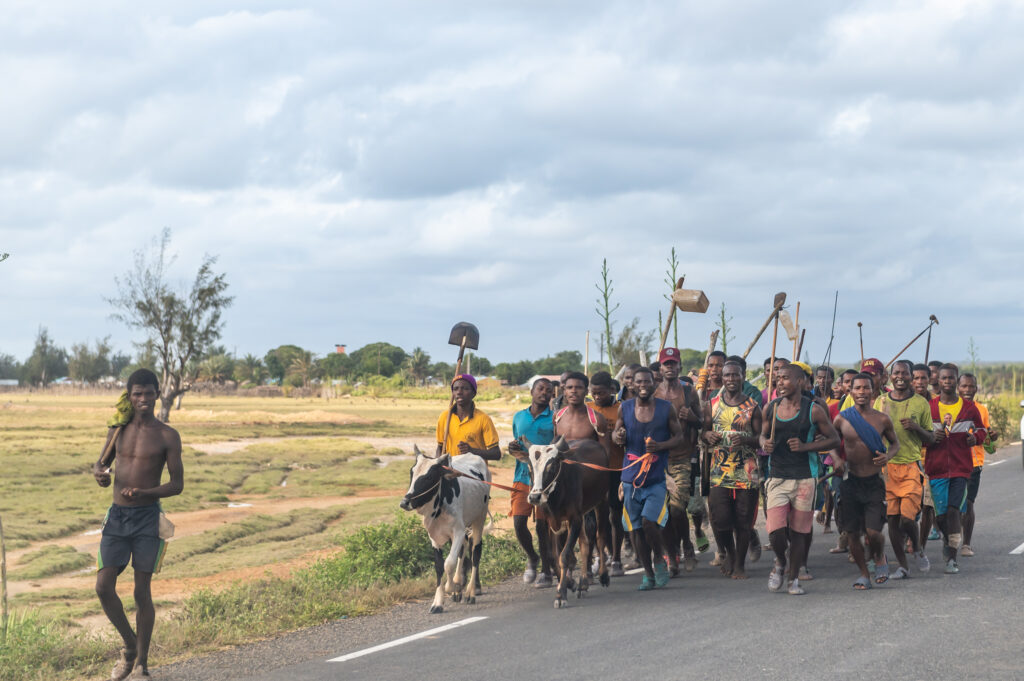
As the dead appear alive and the living dead, paralyzed in constant fear of admonition or malediction, time is suspended. The past bleeds into the future and drowns it.
Immobility is an impossibility, Raharimanana writes, still watching the gecko on the ceiling, the transparent skin, the large eyes, the foetus face; an oxymoron, born from all that’s impossible. A living dead. A fast stillness. A visible invisibility. The Gecko is everywhere, in the folds of sleep, in the fear he induces. And yet, the Gecko eats mosquitoes.

Communities define themselves through their oaths, their symbols, their ordeals, the late American anthropologist and anarchist David Graeber wrote in his seminal work “Lost People.” Before he became a figurehead of the Occupy Wallstreet movement, Graeber studied the communities of the Madagascar highlands. According to Graeber, in Madagascar a king didn’t rely as much on military success as on his ability to gather everyone regardless of descent and make them agree upon his rule. In the beginning, people became a people by agreeing with each other.
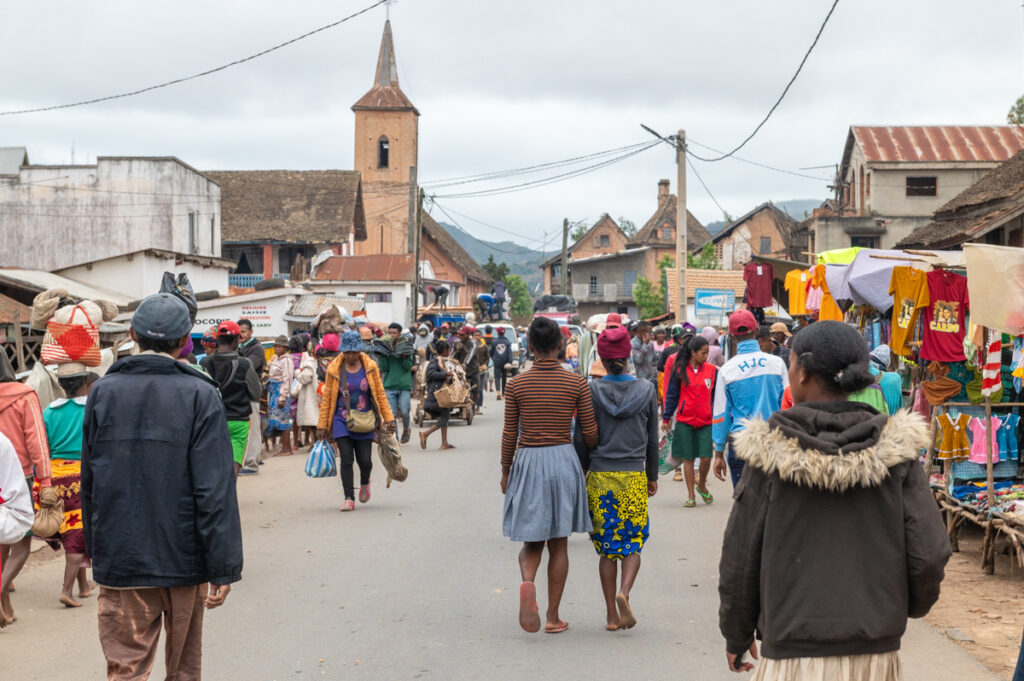
Graeber argues that Malagasy societies were hence an early form of enlightened democracies – contrary to the Western belief that concepts like democracy and enlightenment were brought to Madagascar (and Africa) by Europeans who arrived from the sixteenth century on, in form of traders (from Portugal), missionaries (from England), pirates (from the Caribbean), and ultimately colonialists (from France).
This idea might explain the typically Malagasy avoidance of the slightest conflict or disagreement even in the face of severe discomfort or disadvantage, which to a visitor is often disconcerting . But it could also be, Graeber concedes, an expression of a society kept at bay by fear. (It is equally surprising to a Western visitor how openly people admit to their fears in Madagascar, be it arachnophobia, bovinophobia, or xenophobia.) It is possible, Graeber says, that people purely recognized someone as a king due to his power of having brought them together and agree in the first place. It was a power they considered otherworldly. In the beginning was the word, and the word was magic.
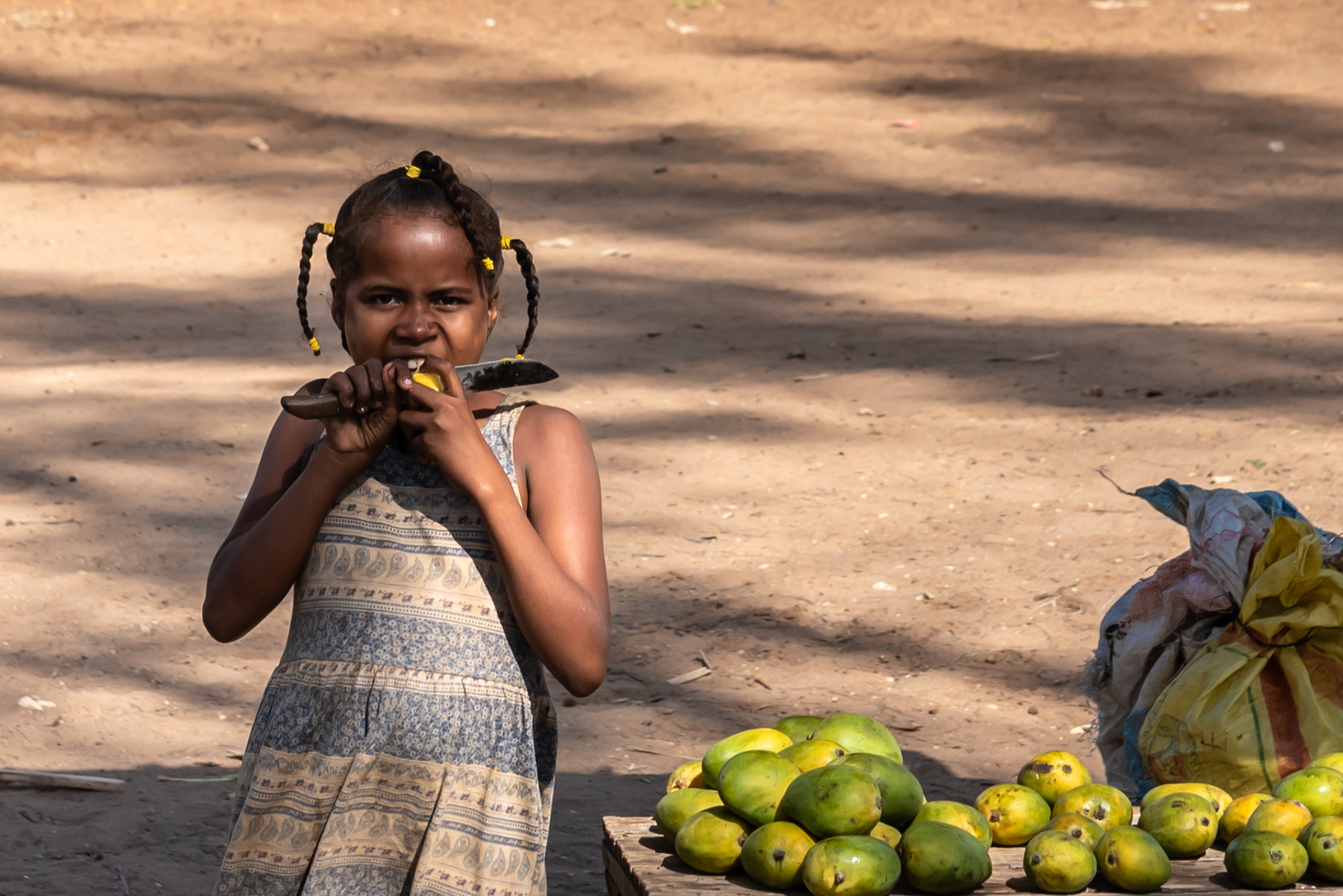
Magic still plays an important role in Madagascar, and even Western-educated Malagasy will surprise a visitor with their belief in the supernatural and their belief in oaths, taboos, and charms. While more extreme expressions of what the Western world calls superstition, or paganism, like animal and human sacrifices, ordeals, witch trials and floggings, are certainly a thing of the past, charms are still in use.
Every object, animate or inanimate, material or immaterial, can be instilled with magic powers and act as a charm. A stone, a tree, a bead can be instilled with a person’s fears and desires, the rain, the wind, nature, can all be but extensions of a single person. And mostly so the word. The island of Madagascar is not a place of natural wonders, but of ultimate human agency.
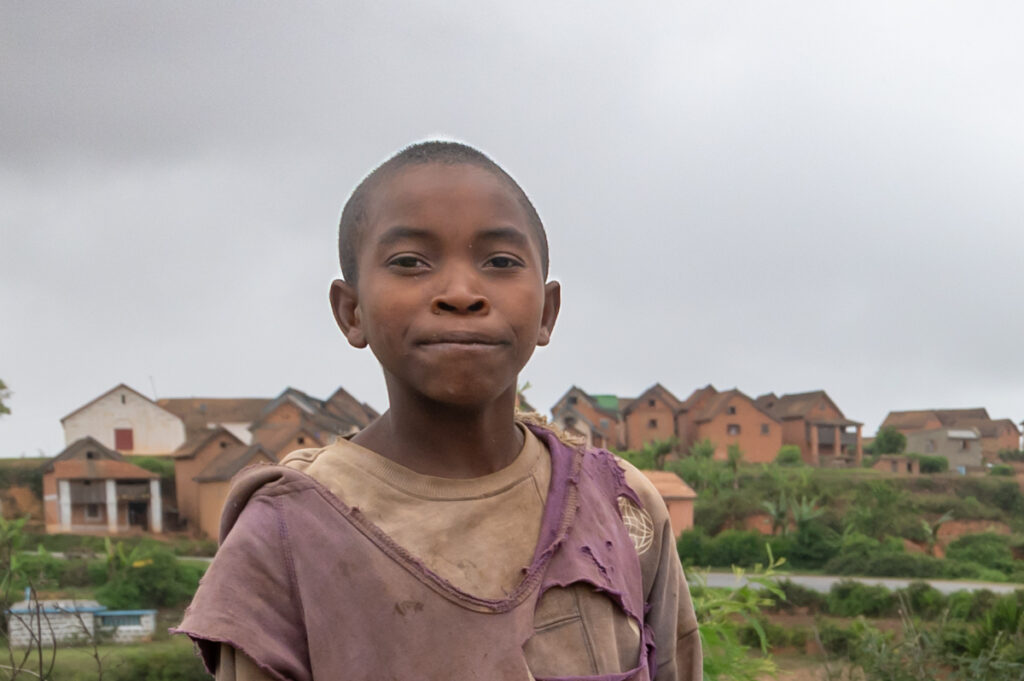
All magic is political. Malagasy traditional life went within strict social strata that drew their legitimacy from spiritually influential ancestry. The top class of nobles who claimed direct ancestry from the founding kings benefitted from many privileges, like wearing red beads or tiling their family tombs, but most importantly from Fanompoana. This was the obligation of the lower class of commoners, whose royal descendants lay more than seven generations in the past, to perform free services and works for them. The commoners themselves could rely on the free work of the lowest class, those who didn’t have family tombs and couldn’t claim any royal descent at all, for they had been brought against their will: slaves.
Madagascar’s history of slavery is long and complex. Thousands of years ago, when the first settlers arrived in Madagascar, they raided the surrounding African coast for slaves, and continued to do so within the island. Kidnappings happened between neighbouring villages and kingdoms, the captives were then traded in highland slave markets, purchased for labour on the rice fields, or exported to the nearby French and British colonies, Mauritius and Réunion. In 1895, when the French annexed Madagascar, dismantled the monarchies and in 1897 abolished slavery, the complex societal pyramid toppled. The nobles fled and took on administrative jobs in the capital or in Paris; the former slaves took over the rice fields and, at least in the fertile areas of the North, reached relative wealth.
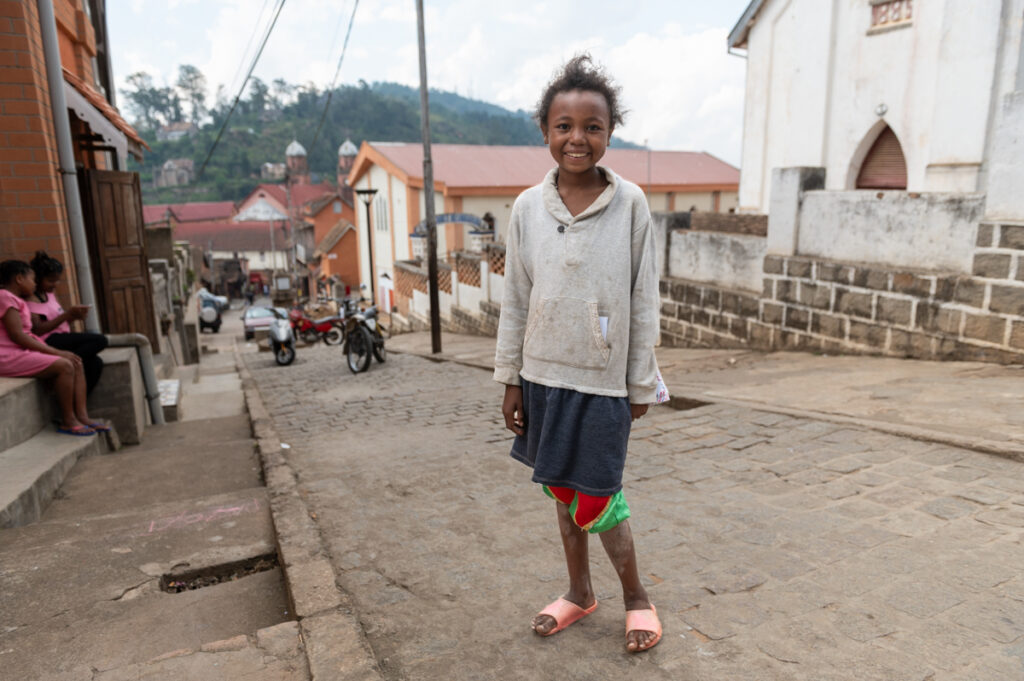
Graeber argues that to some extent, colonialization had a unifying effect on Malagasy society. Those who remained identified as a single people, made equal by a common oppressor. They suffered equally from an exhaustive colonial tax system and the corvée – the unpaid work for the colonial power. Yet, the deep dividing lines within village society itself remained: the line between former slave owners and slaves. Although no one talked about it, nobody could ever forget it.
To this day, Graeber describes in Lost People, Malagasy people are proud of a noble descendance yet afraid to come across as a slave holder, as a person who has the power to command another one. Slavery remained – as an invisible, intangible silence. A word not uttered. An impossibility.

As a species, chameleons have been around for hundreds of millions of years. While it is believed that there are still undiscovered species hidden in the wild, many known species have already gone extinct. Forty percent of all Madagascan reptiles are threatened. It hence came as a pleasant surprise when in 2018 Furcifer Voeltzkow was rediscovered, a little, green chameleon believed to have gone extinct one hundred years ago.
Furcifer, the scientific name for the genus of chameleons endemic to Madagascar, translates into yoke bearer, which was derogatory term for slave.
Voeltzkow’s chameleons have a tragically short life span. They spend the biggest part of their life enshrined in their eggs, then die four months after hatching.
Almost a century into the Anthropocene, the era of human interference into our ecological system that caused the fastest mass extinction ever faced by this planet, the tiny, ephemeral Furcifer Voeltzkow seems to be laughing open-mouthed into the face of modern humanity. But this might just be its physiognomy. Chameleons don’t laugh.
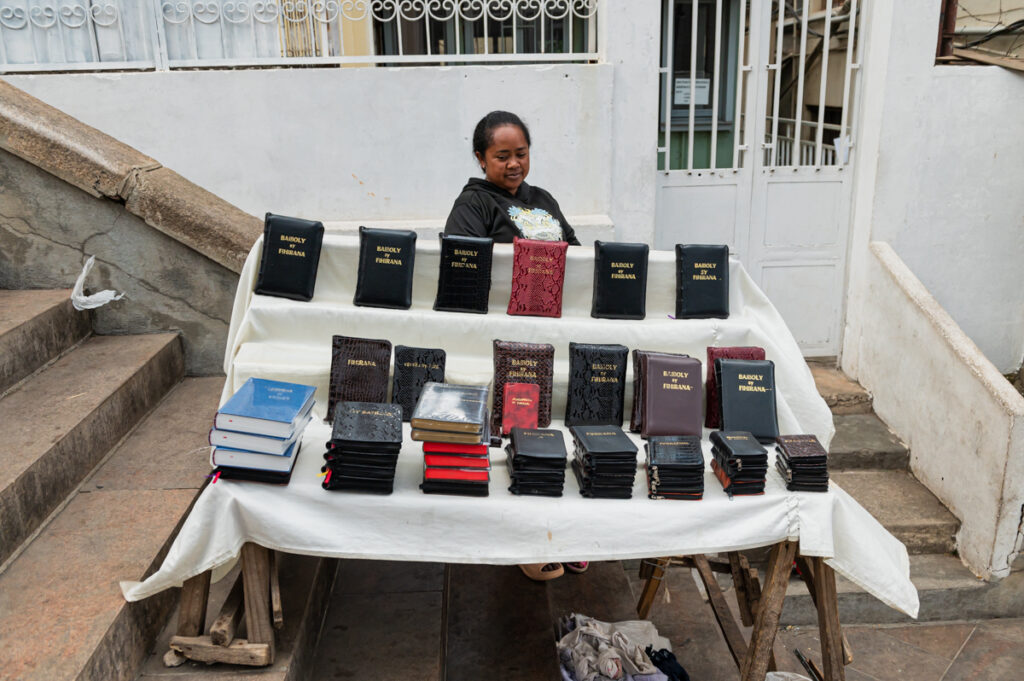
Madagascar stumbled into independence in 1960. But the ancient hierarchies that had dominated social life for so long remained at odds with modern notions of democracy. The island’s post-colonial past was characterized by instability and military oppression, the country dogged by corruption and poverty. In the 1970s, the government took on vast loans for development which it could not service. The results were insolvency, dependence on the IMF, austerity measures that slashed the state budgets and led to the withdrawal of welfare and services from the countryside. Impoverished rural communities became “temporary autonomous zones,” where police never went, nor the fire brigade, nor the tax collector or public schoolteachers. There, magic took over the reins, again.

Gold Dust Day Geckos are sometimes called living jewels for their colourful skin. Their tongues are forked, and like their snake-cousins they flick them to taste the air and so track down their prey. Their eyes are 350 times more potent than human eyes, but they lack eyelids. Condemned to see all, they clean their eyes with their tongues.
The Madagascan Day Geckos are currently under threat of extinction due to loss of habitat through deforestation and mining activities. When in January 2013 conservation groups protested against the Mandena titanium mine run by the Canadian company the Rio Tinto (QIT-Fer and Titane, Inc.) in Taolagnaro, the military used tear gas to dispel the protester. In 2021, uranium levels downstream were at 52 times the WHO drinking water standard, lead 42 times.
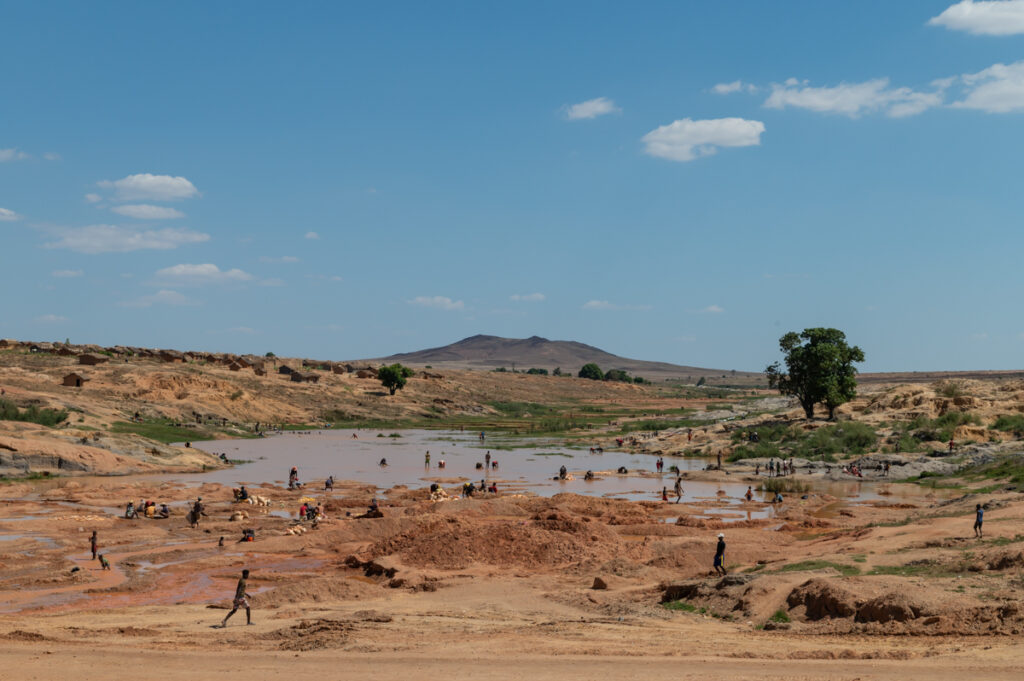
Words, Raharimanana writes on the flap of his book “Les Cauchemars du Gecko,” are his passion. Born in Antananarivo in 1967, as a child he often stayed with his grandmother in Northern rural Madagascar, where he became entranced by the tradition of oral story telling. “I cherished the words in my mouth. I cherished my listeners, keeping them glued to my lips.”
Malagasy didn’t have a writing until British missionaries put it on paper in the early 19th century. Raharimanana bemoans the stiffness and inflexibility of the written, official language – a language that to him reflects the brutal military oppression of the Ramanantsoa presidency that incarcerated his father. He left Madagascar to study literature in Paris. Now he writes in French, the language of the former colonial power. Though an official language in Madagascar, many Malagasy refuse to speak it.

Raharimanana says, once he too was lost for words: The gap between the beauty of nature and the stark political reality was unbridgeable. Unspeakable things have happened. He searched for a language, for the distance of another language – not the cumbersome language of politics, of ancestry. All Africans are condemned to being bilingual, he says. Or we are destined…
In his poems, Raharimanana uses words like tools he etches from stone, like weapons. He attacks them, he grinds them, he mixes them until their musicality penetrates the reader and absorbs them, it says on the flap of his book. Apparently, that’s how he cleanses them from the past, instills them with meaning, and saves them from extinction. Words have died, buried by slogans, he writes. Rahirimanana turns the words. He dances with words. He exhumes them and redresses them.
We don’t name things anymore, we have drowned in a pre-fab language that reassures, flatters, that kills time, that makes one forget death and masks our fall.
Nothing is more important, than words that carry death with them, and the fear of death. Nothing is more important than the cold lucidity of fear. To be alive. To be of this world. To inherit the foolishness of the centuries. To stuff oneself with words and die laughing.
